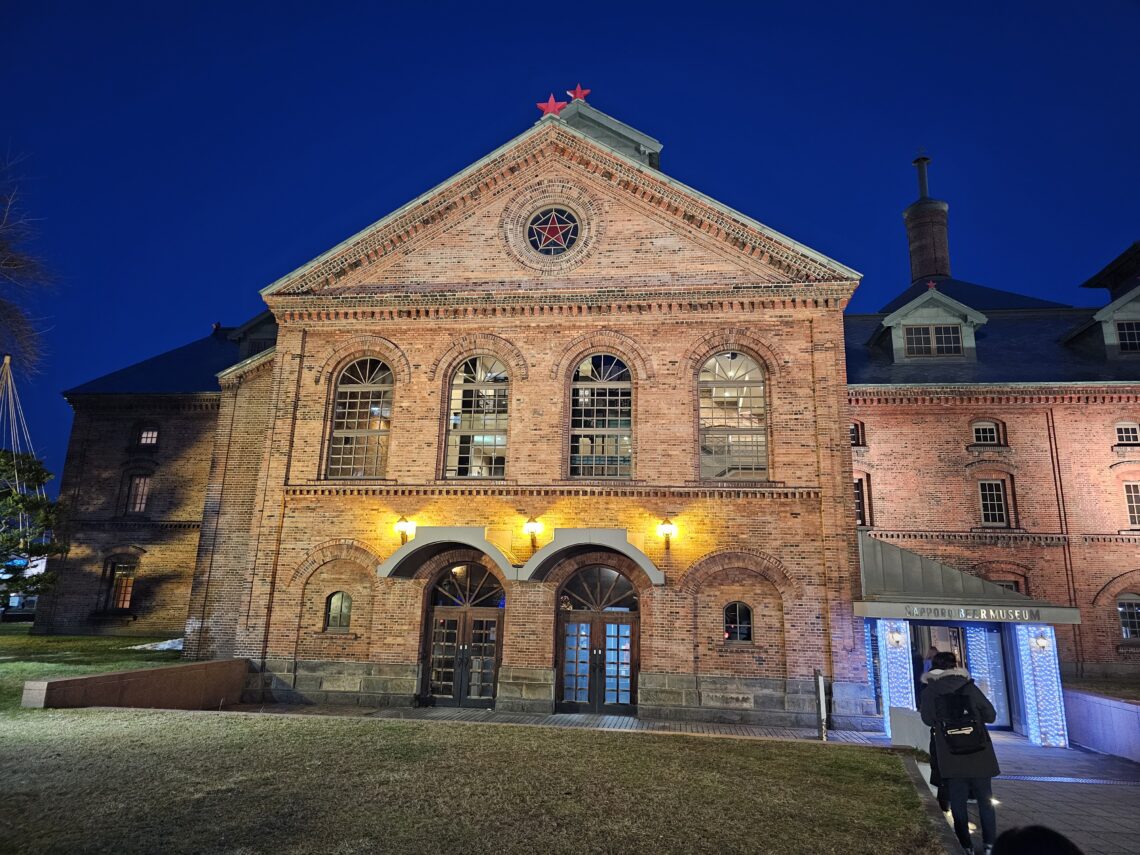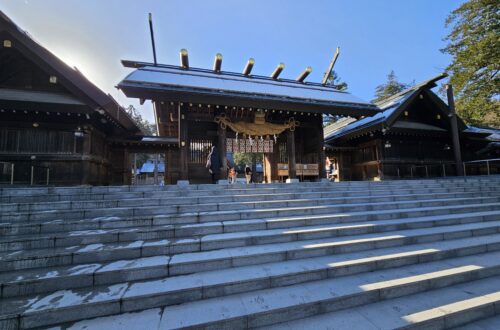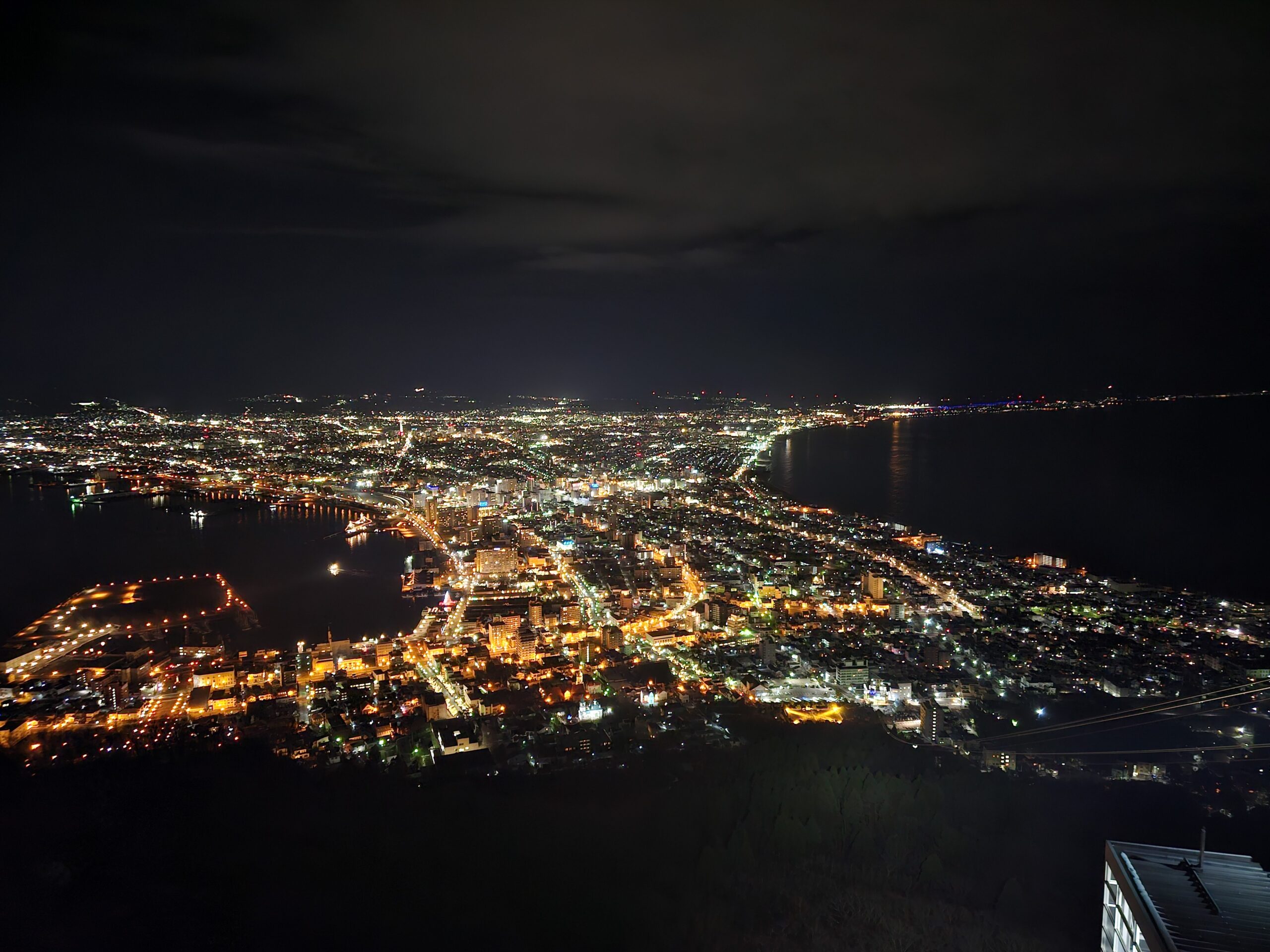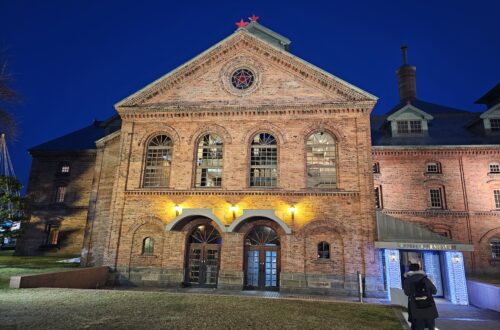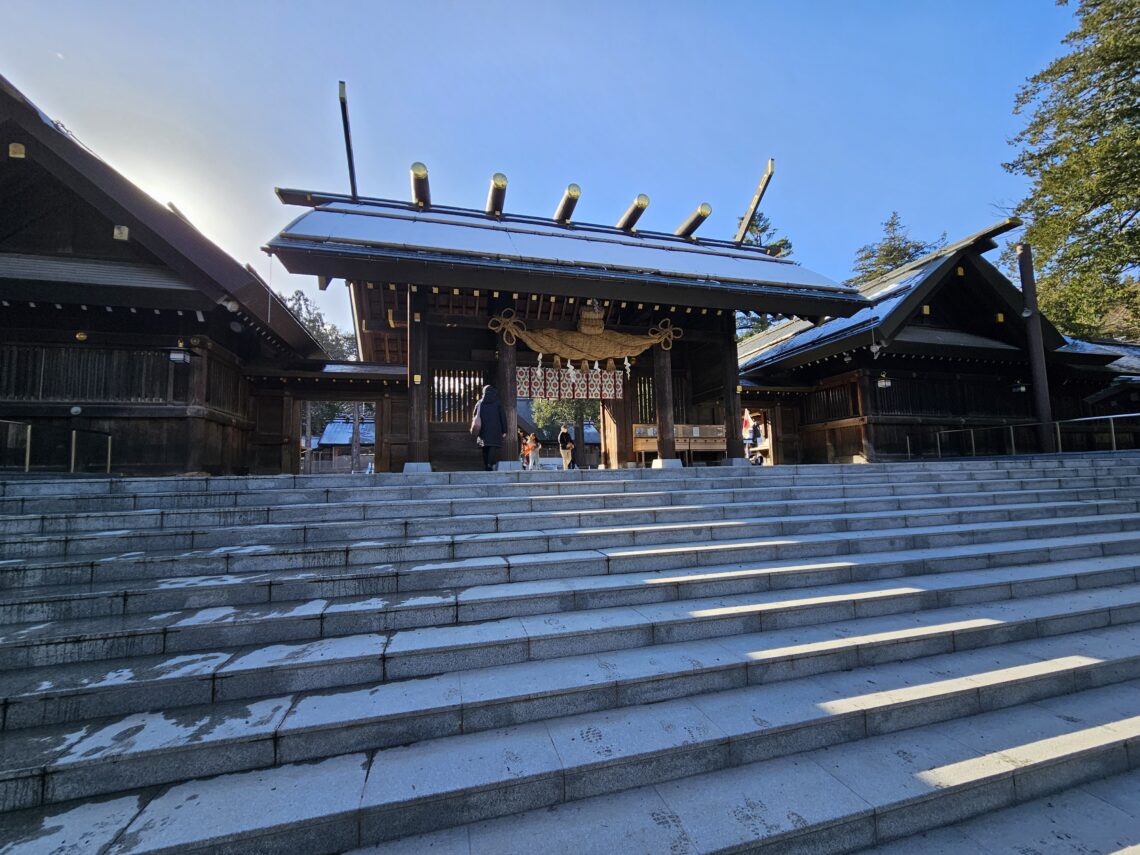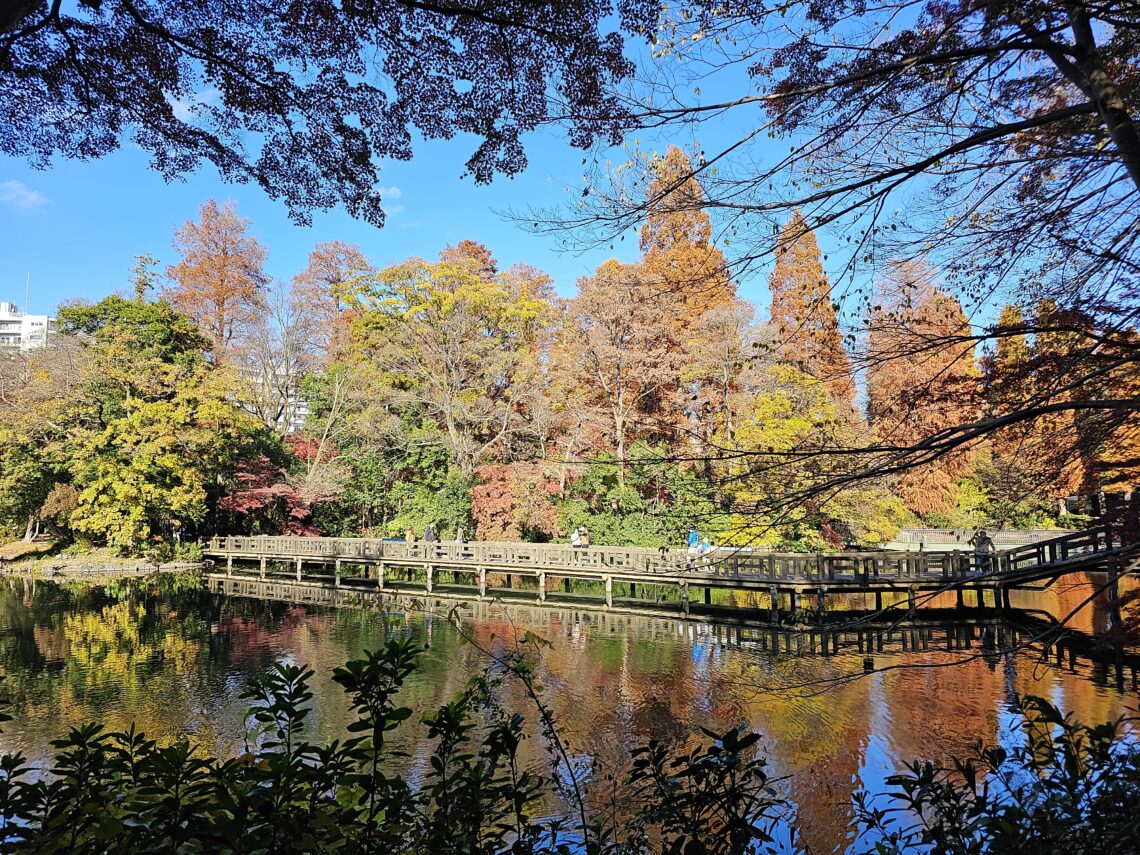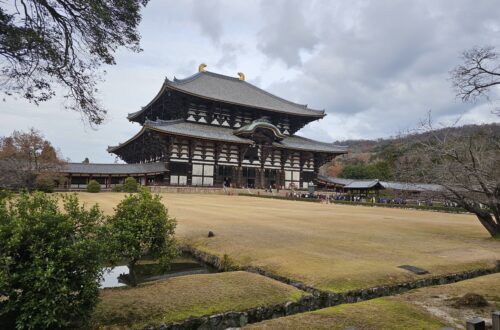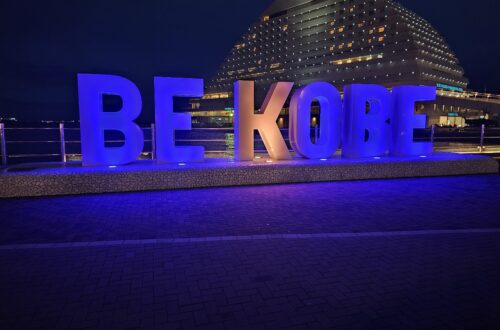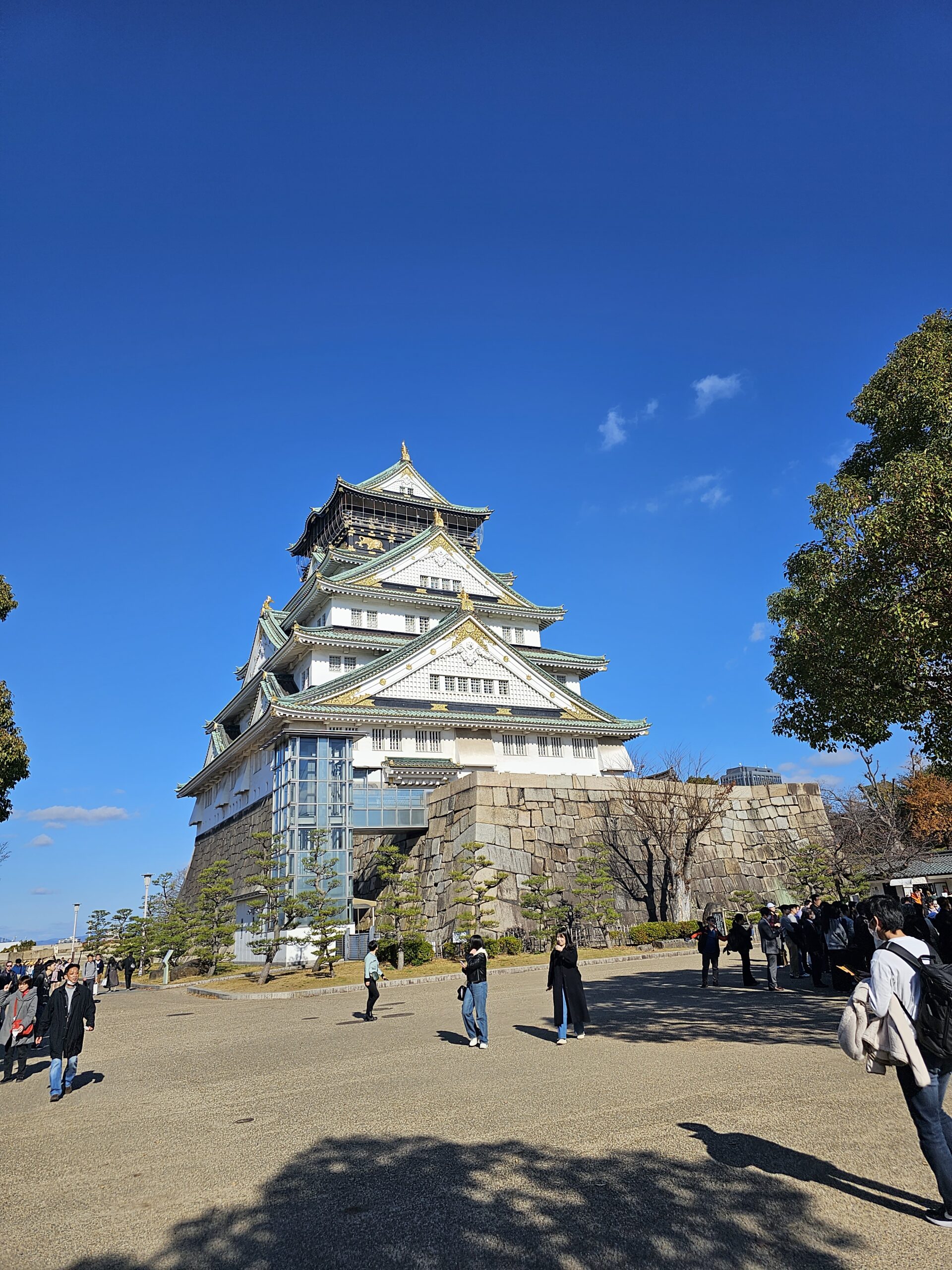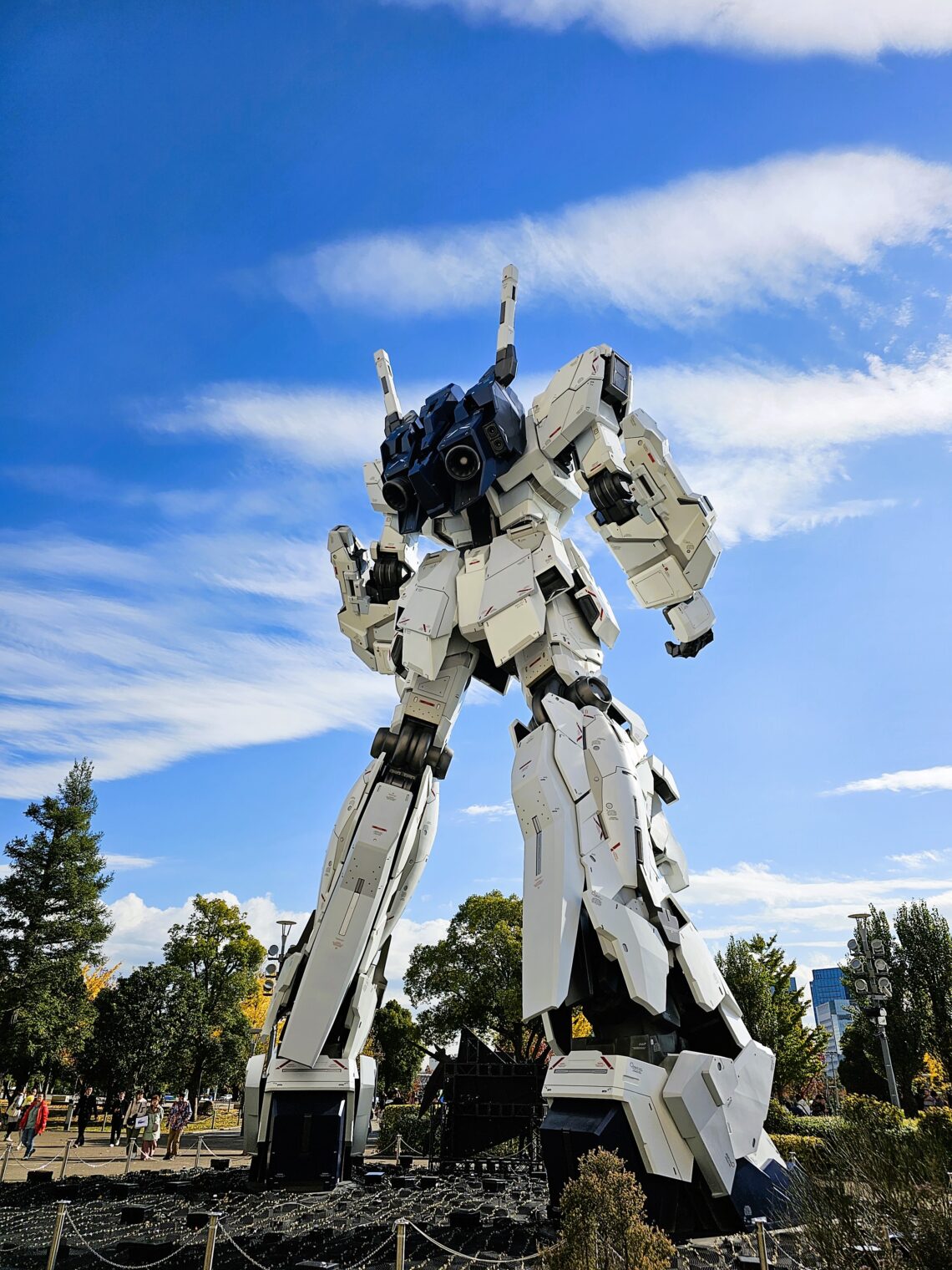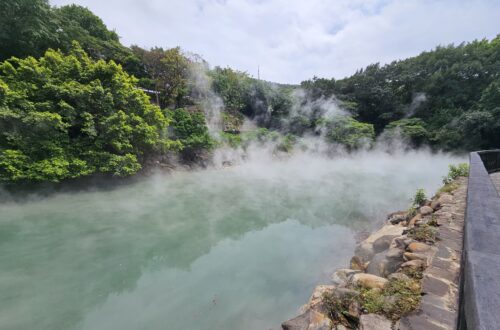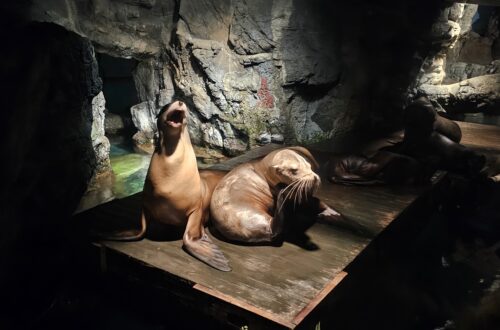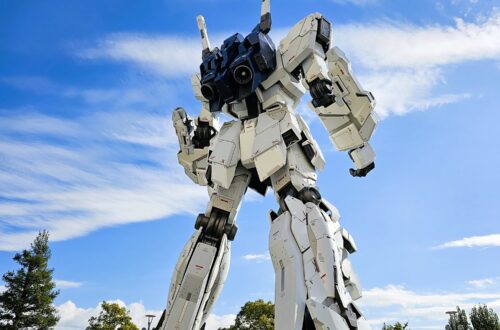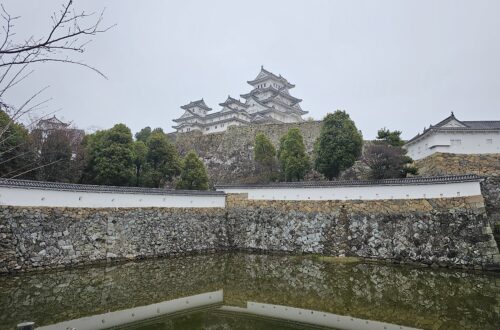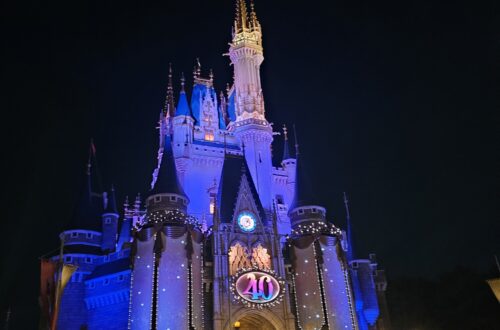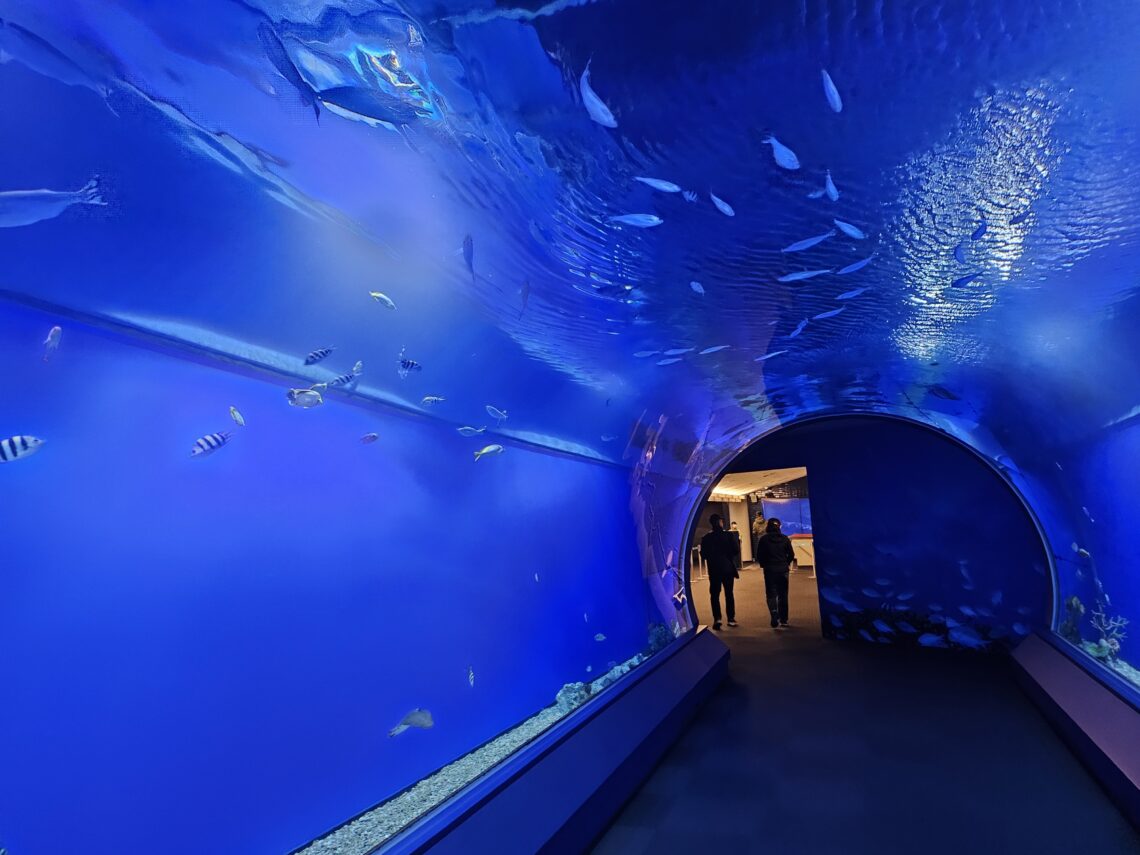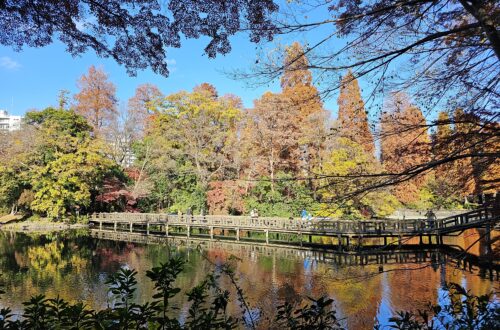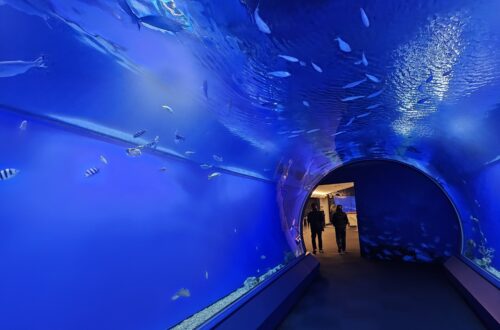Japan
-
10 Popular Things To Do In Sapporo, Hokkaido
Sapporo, the capital of Japan’s northern most island, Hokkaido, is a fantastic city that offers many sights and things to do. It’s a fairly spread out city and while there is a subway, it isn’t nearly as extensive as the subway systems found in Tokyo or Osaka so some of the locations may take a little longer to get to. But certainly it’s worth the extra effort to explore this wonderful city.
So what are some of the top things to do in Sapporo? Here’s a list of 10 Popular Things To Do In Sapporo, Hokkaido.
Table of Contents
10 Popular Things To Do In Sapporo, Hokkaido:
Visit Ramen Alley
If you’re a ramen fan a visit to Sapporo’s Ramen Alley is a must. With 17 ramen shops within the alley there are plenty of places to try here each with their own unique twist on the beloved food. It’s a unique experience since it’s a narrow alleyway that is packed with ramen restaurants. You won’t this many ramen spots in such a small area anywhere else.
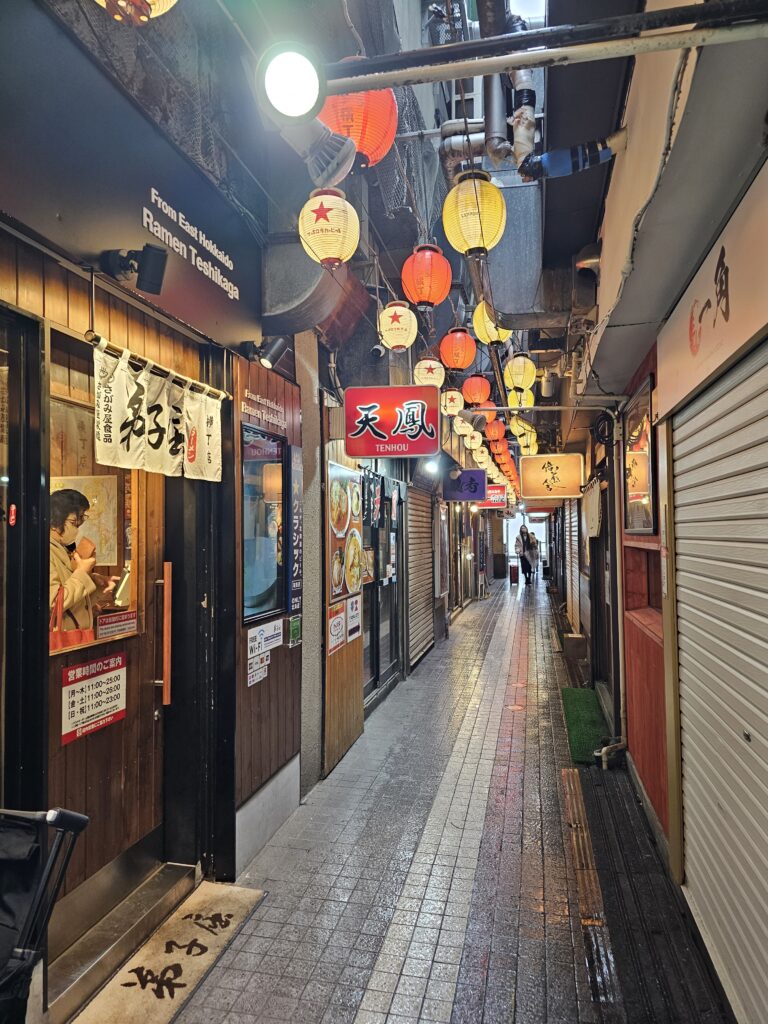
Take A Stroll Through Odori Park
One of the top things to do in Sapporo is to visit its famous Odori Park. Located right in the middle of the city, it’s nearly impossible to miss. This overly large strip of a park, over a mile long, that has major streets running along side of it. The Sapporo TV Tower is also located here and can be seen throughout the park.
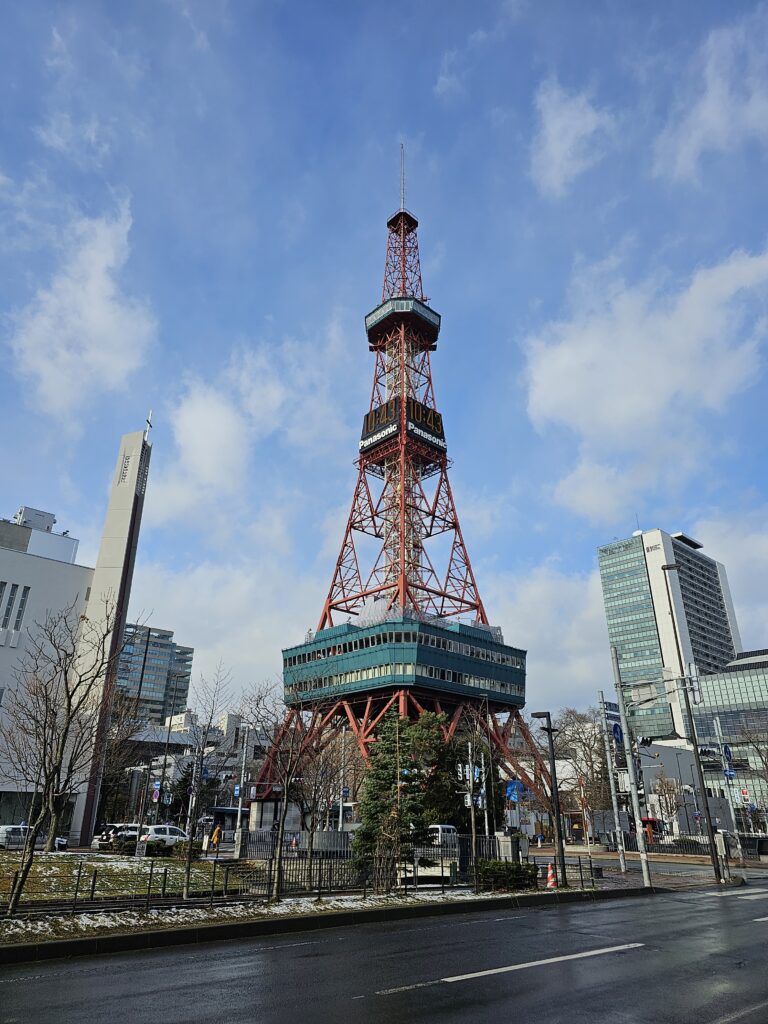
There are several festivals held throughout the year at the park including the Snow Festival, Lilac Festival, Soran Festival, and Beer Garden.
In December Odori Park gets a Christmas makeover with several exhibits with lights and a German Village that has stalls selling Christmas decorations and food. It’s a good time!
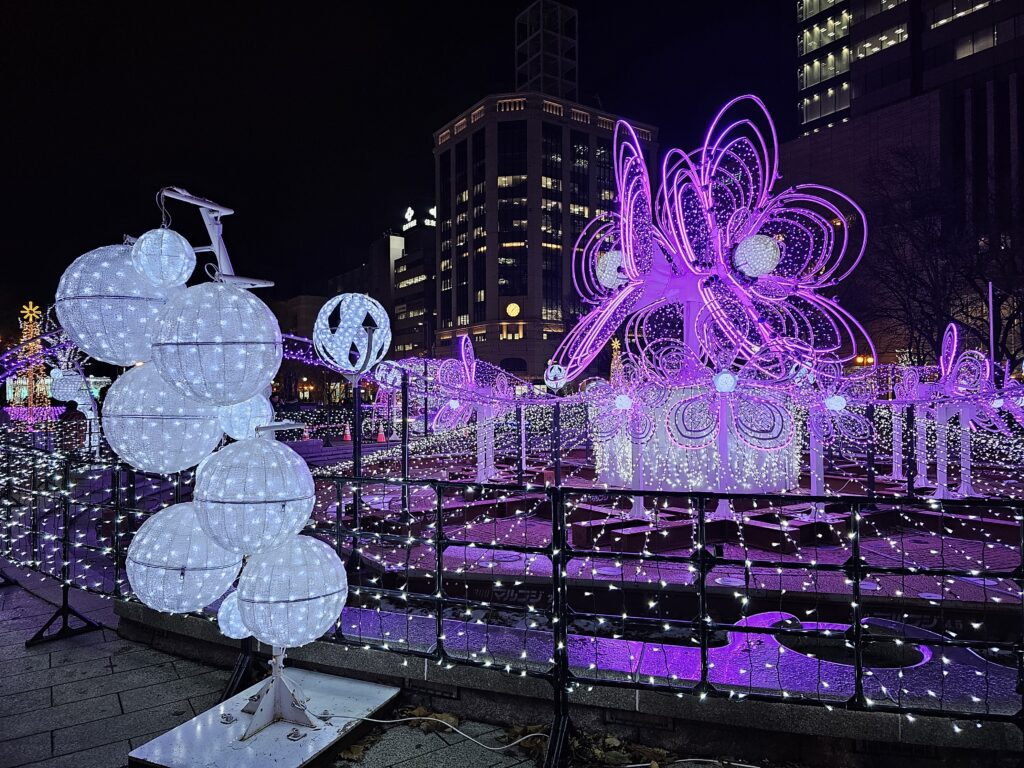
It’s definitely worth visiting to see what’s going on even outside of the popular festivals. It’s certainly a nice stroll through a unique park which is why it lands on my popular things to do in Sapporo list.
Check Out Maruyama Park and Everything Within It
Maruyama Park is a large sprawing park in Sapporo housing over 300+ different types of trees and plants with over a hundred different types of birds. It’s a huge park that offers a lot when visiting and is certainly one of the top things to do in Sapporo.
One of the most famous shrines in Hokkaido, Hokkaido Jingu Shrine, is located right next to it.
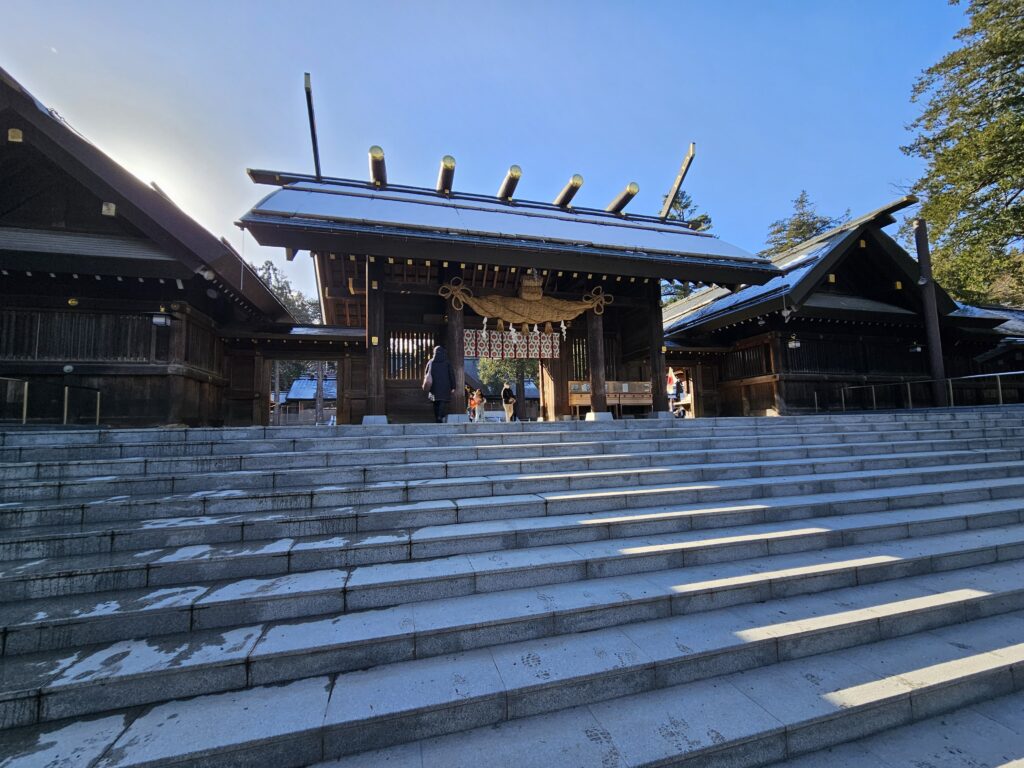
The Maruyama Zoo has been housed within the park since 1951. It has over 170 different species including polar bears, wolves, deer, elephants, giraffes, hippos, chimpanzees, and brown bears, just to name a few.
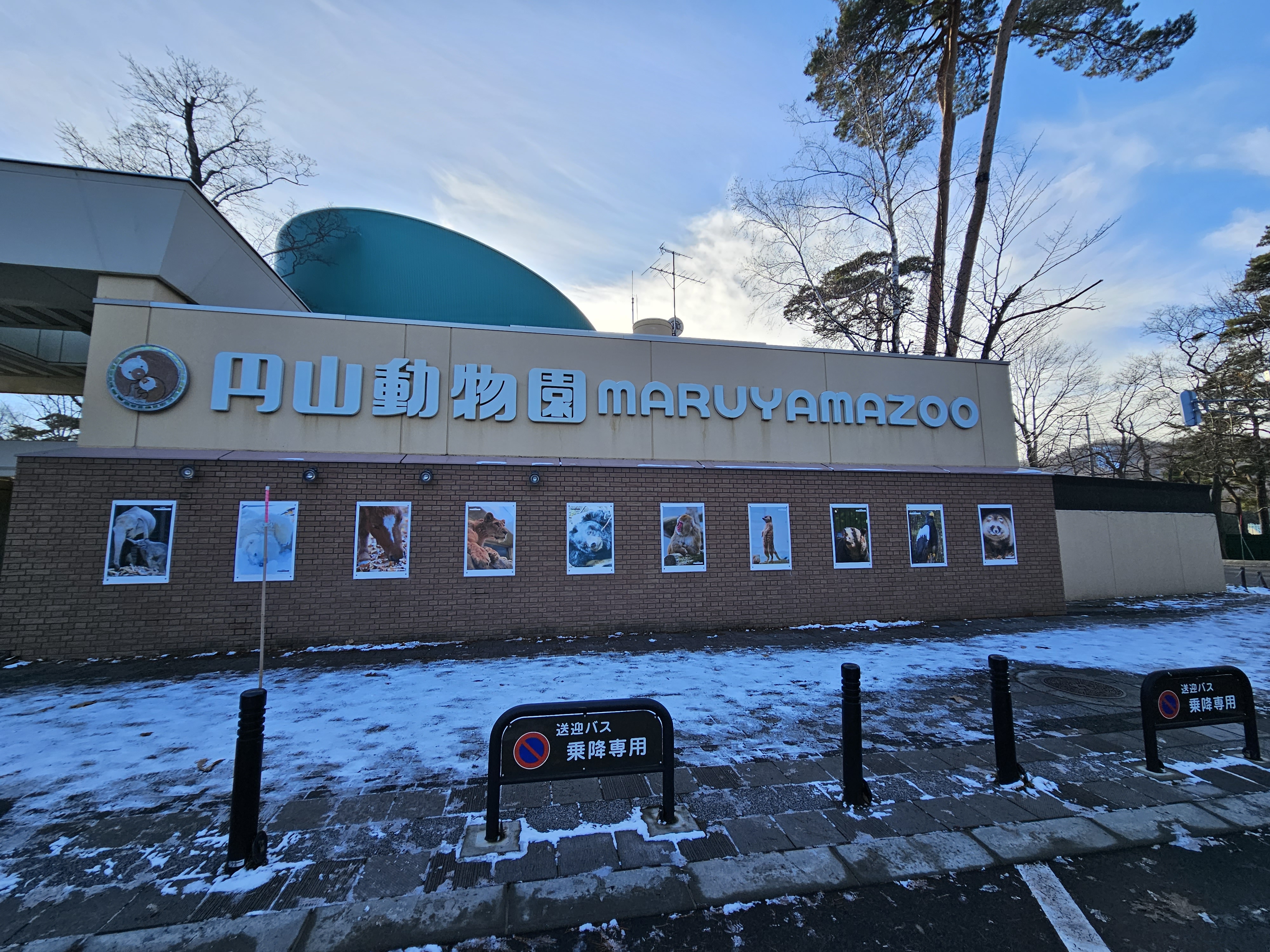
The Maruyama-Hachijuhakkasho Trail offers a nice little hike within the park that takes you up to a point that has a spectacular view of Sapporo. It’s a short hike which will take you uphill for that view but isn’t overly strenous. A visit to Maruyama Park is definitely one of the more popular things to do in Sapporo and is well worth the visit.
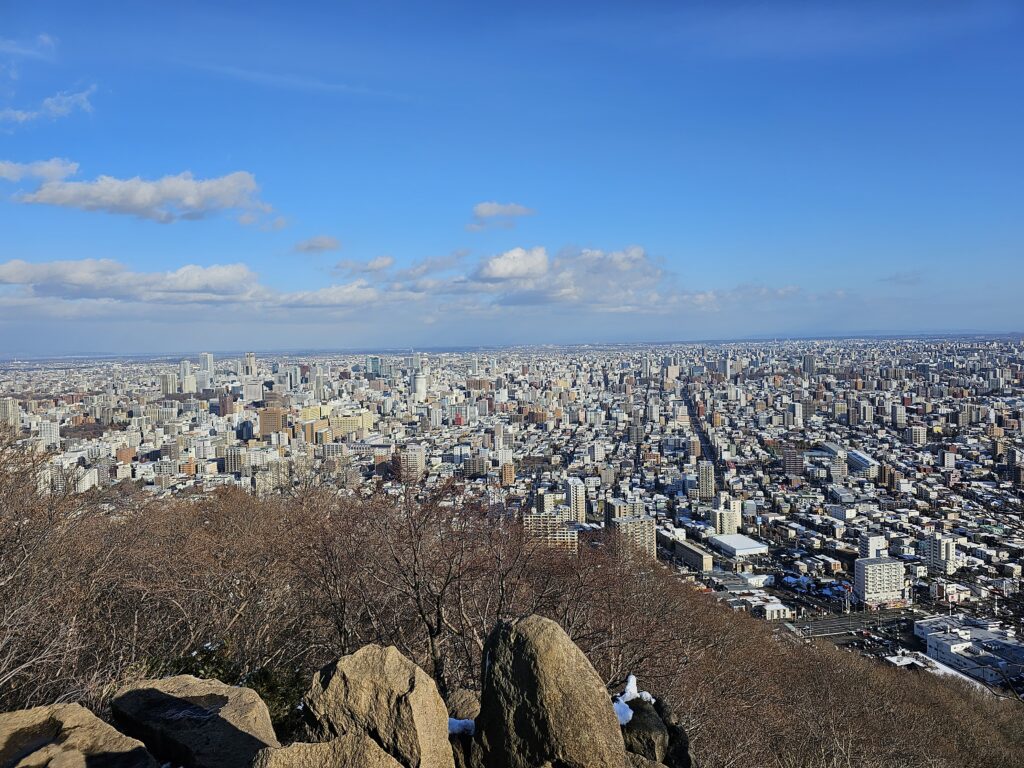
Go To The Sapporo Beer Museum
The oldest beer in Japan, Sapporo, was founded in 1876 and has a long history not only within Sapporo but Japan itself. It remains one of the country’s most popular beers and is quite popular around the world. The Sapporo Beer Museum is the only museum in Japan that’s dedicated to beer. This attraction is one of the most popular things to do in Sapporo.
The museum itself is free. It’s pretty tiny and will only take about 20-30 minutes to walk through. There’s a paid tour as well which provides more detail about the history of the legendary beer. On premises as well is a beer garden, a couple of stores with merchandise, and some restaurants, including a Genghis Khan restaurant.
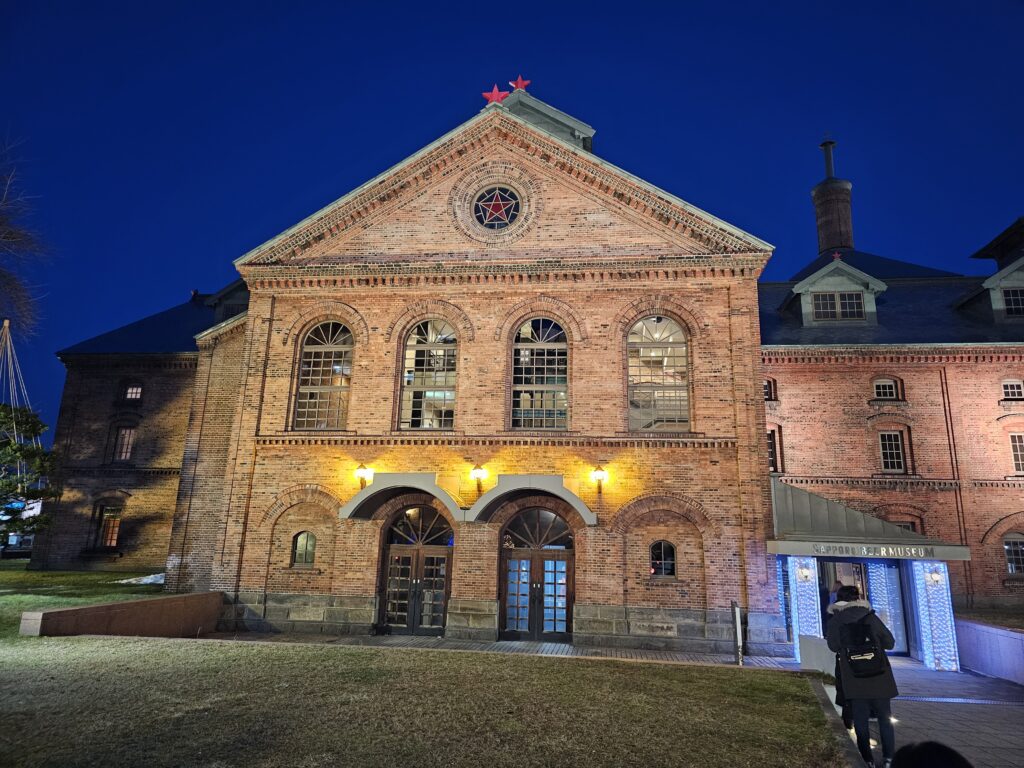
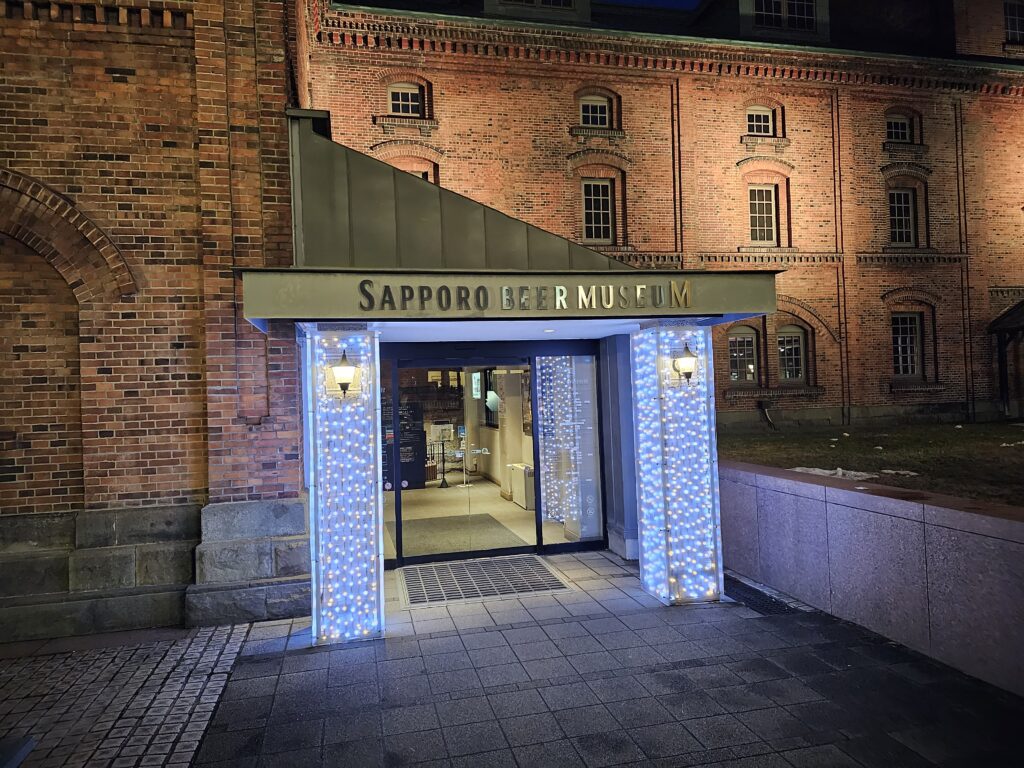
Eat Famous Hokkaido Dishes
Hokkaido has a few signature dishes that originate from the area and are trying some of these dishes is certainly one of the most popular things to do in Sapporo. Genghis Khan, Soup Curry, and Miso Ramen, all originate from Hokkaido. You will find these dishes in other parts of Japan, but the number of places you can purchase these from are more plentiful in Hokkaido and are certainlty worth trying!
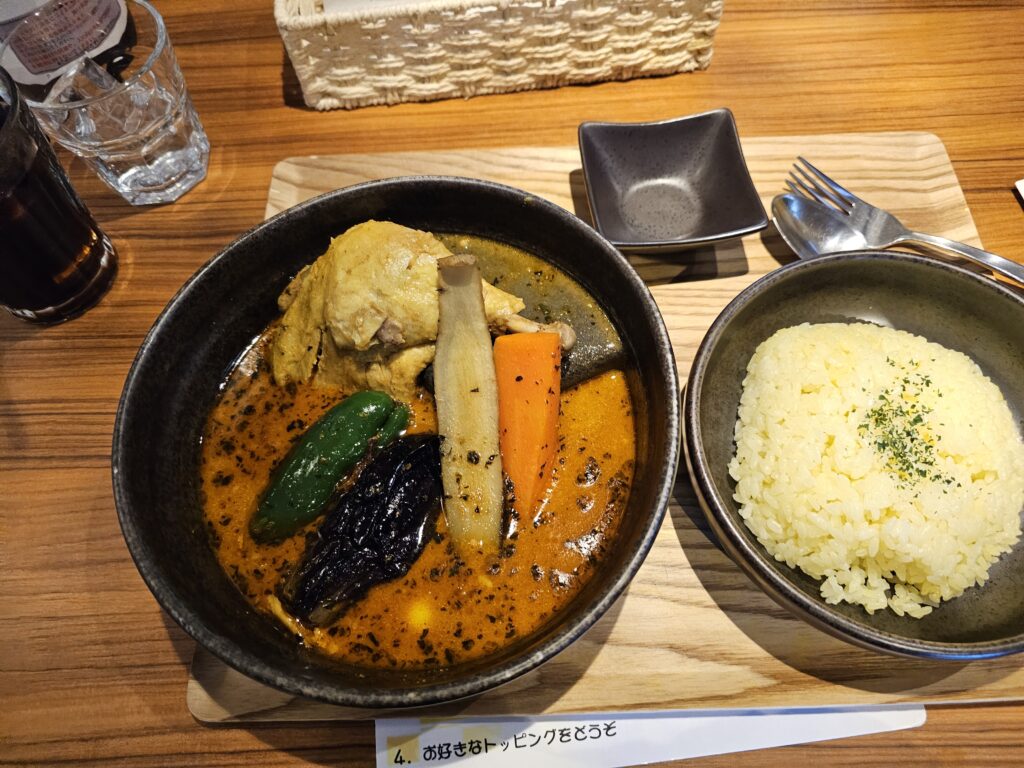
Soup Curry 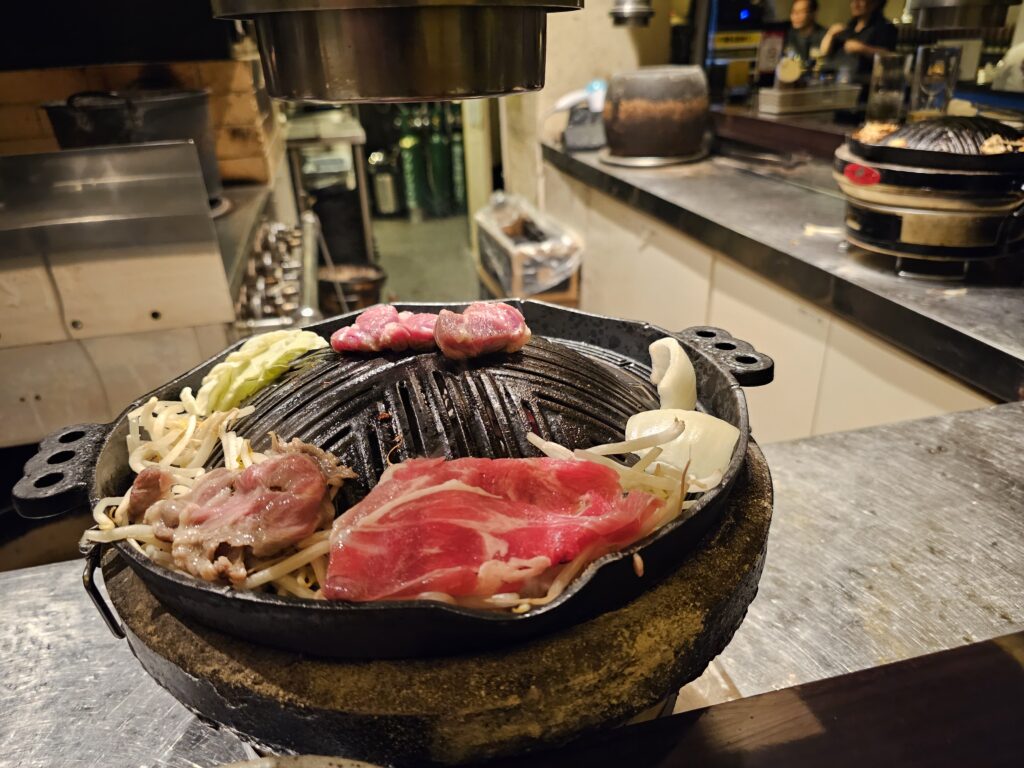
Genghis Khan 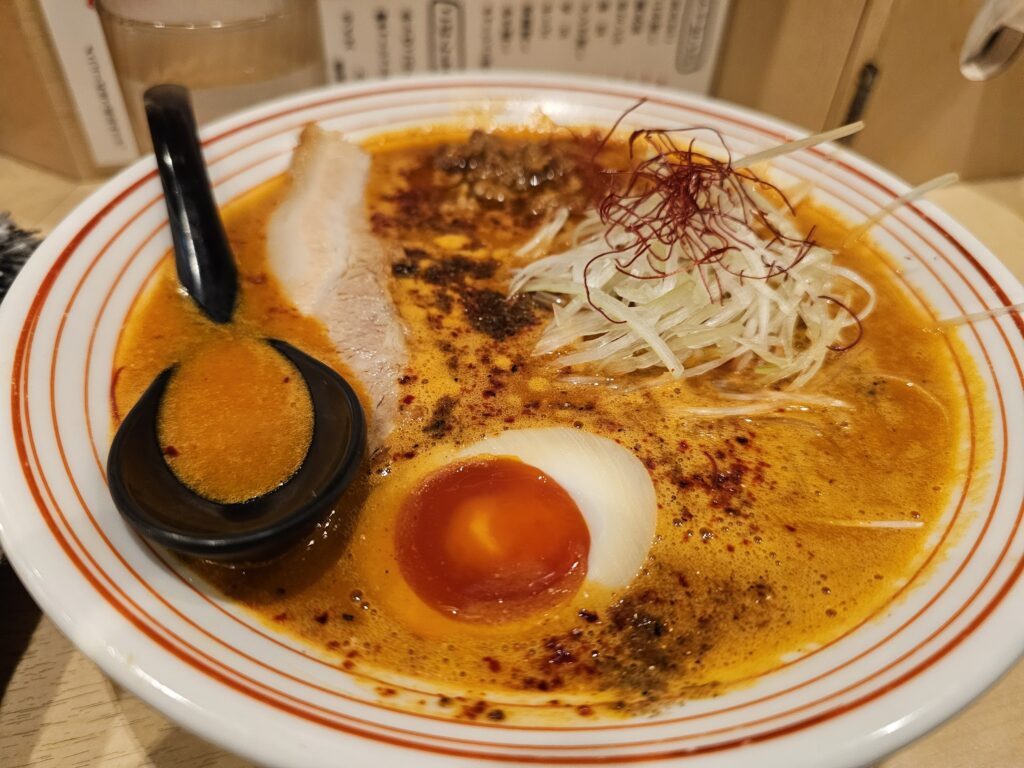
Miso Ramen Enjoy The View Of Sapporo On The Mt. Moiwa Ropeway
Mount Moiwa is a small mountain southwest of central Sapporo. At the base of the mountain you’ll find the Mount Moiwa Ropeway. There’s a transfer station about three quarters up where you get into another cablecar that takes you to the very top of the mountain. This is where the observation deck is located along with a restaurant. The observation deck offers some stunning views of the city. It’s especially nice at night when the city is lit up! The ropeway and view are what makes this one of the most popular things to do in Sapporo.
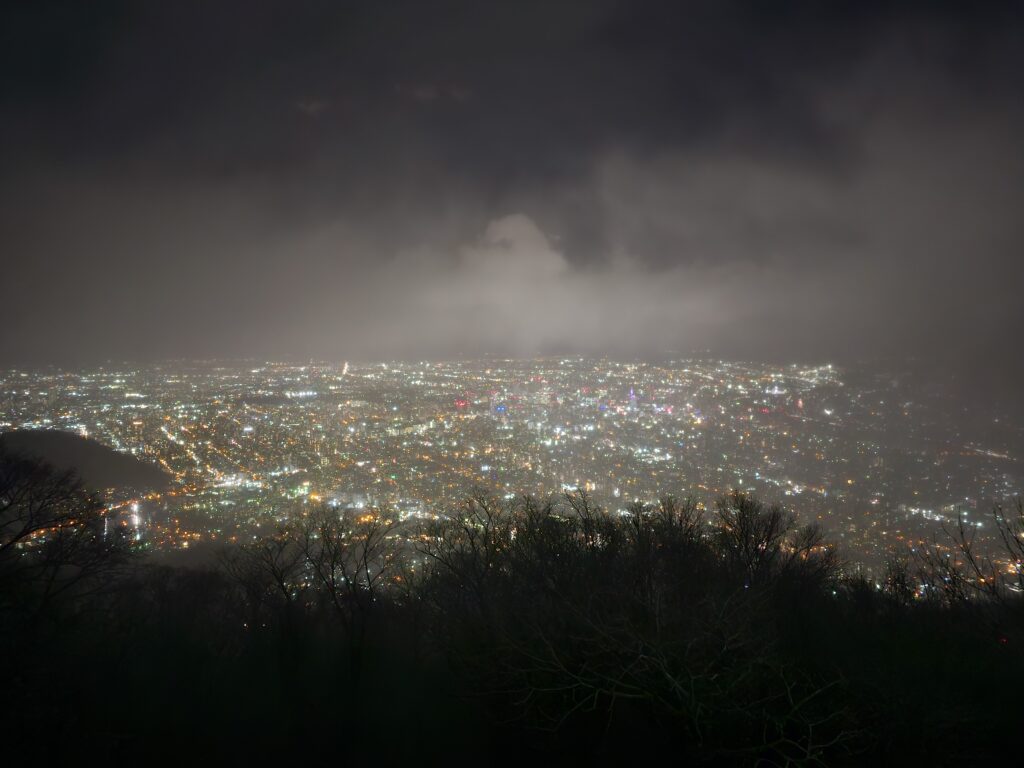
Visit The Hokkaido University Museum
If you enjoy museums then the Hokkaido University Museum is worth a visit. This free admission museum is located on the Hokkaido University campus and is one of the more popular things to do in Sapporo. The three floor museum houses over four million specimens and documents. It educates visitors on all the different types of research that has occurred on campus. The museum also has a small cafe. The museum itself is fairly small, this is afterall on the campus of a college, but it’s fascinating to see, especially for museum buffs. Also, the ice cream in the cafe is top notch!
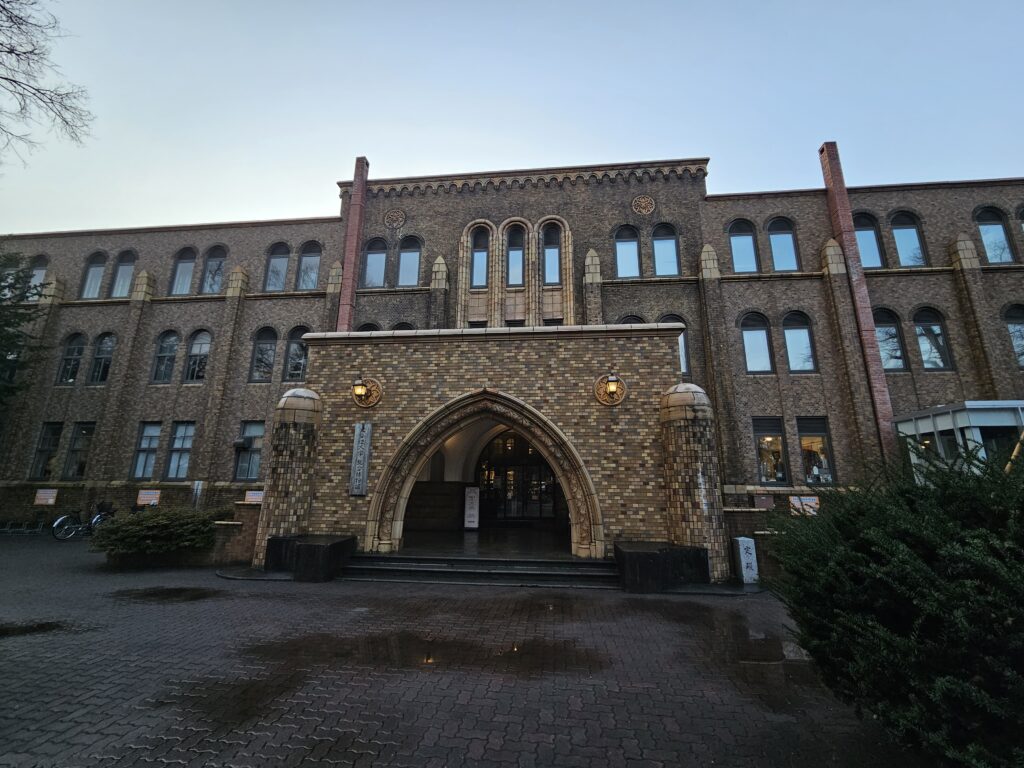
Do Some Shopping At Tanukikoji Shopping Street
Undoubtedly, one the of most popular things to do in Sapporo is shopping. One of the more popular areas is the Tanukikoji Shopping Street. This pedestrian only shopping street is HUGE. It runs for seven blocks and is about 900 meters. It’s home to over 200 shops, restaurants, and other stores. You can find essentially everything here be it souvenirs, clothing, food, dessert, entertainment. If you’re a shopper you’ll no doubt be spending some time here. It’s very close to Sapporo Station as well, just a 10-minute walk.
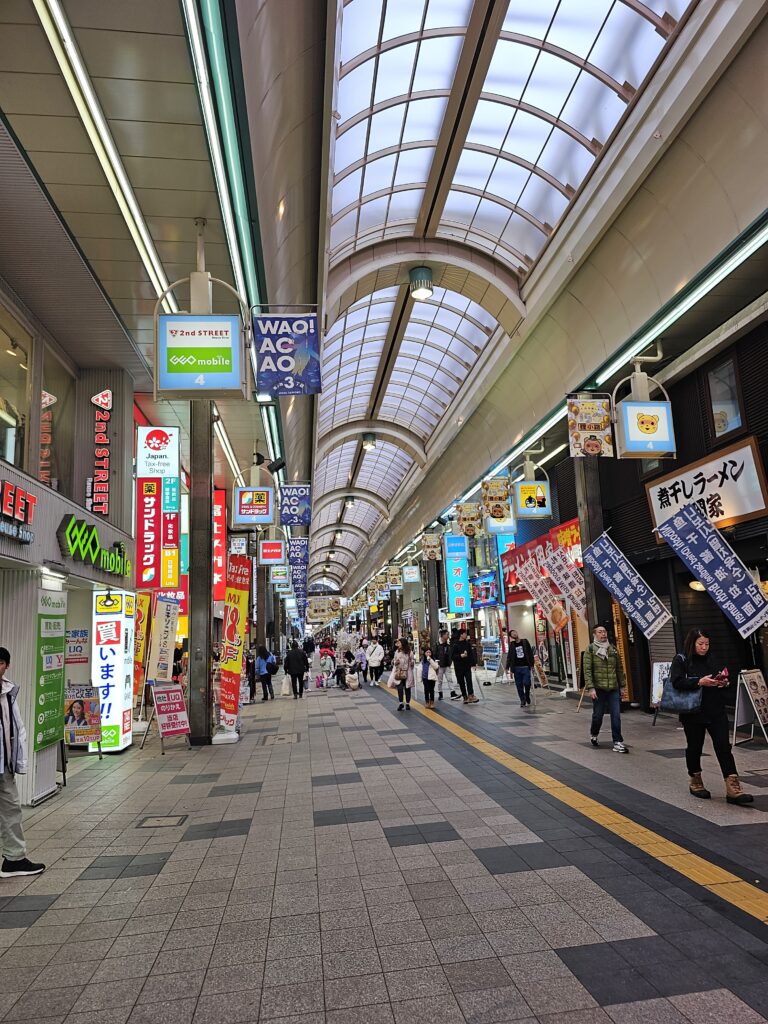
Check Out Es Con Field Hokkaido
The impressive stadium to the only baseball team in Hokkaido – the Nippon Ham Fighters – Es Con Field Hokkaido field opened in 2023 and seats 35k people. This is a beautiful stadium with a retractable roof, natural grass, and massive glass wall in the outfield which provides excellent natural lighting. The field is open to visit during the off-season as well. The food court, brewery, stadium tour, and massive team store were all open in the middle of December. It’s a little further out from Sapporo and is a 20 minute walk from the train station to the stadium but it’s certainly worth it. If you visit during the season, seeing a game here should certainly be high on the list for any baseball fan.
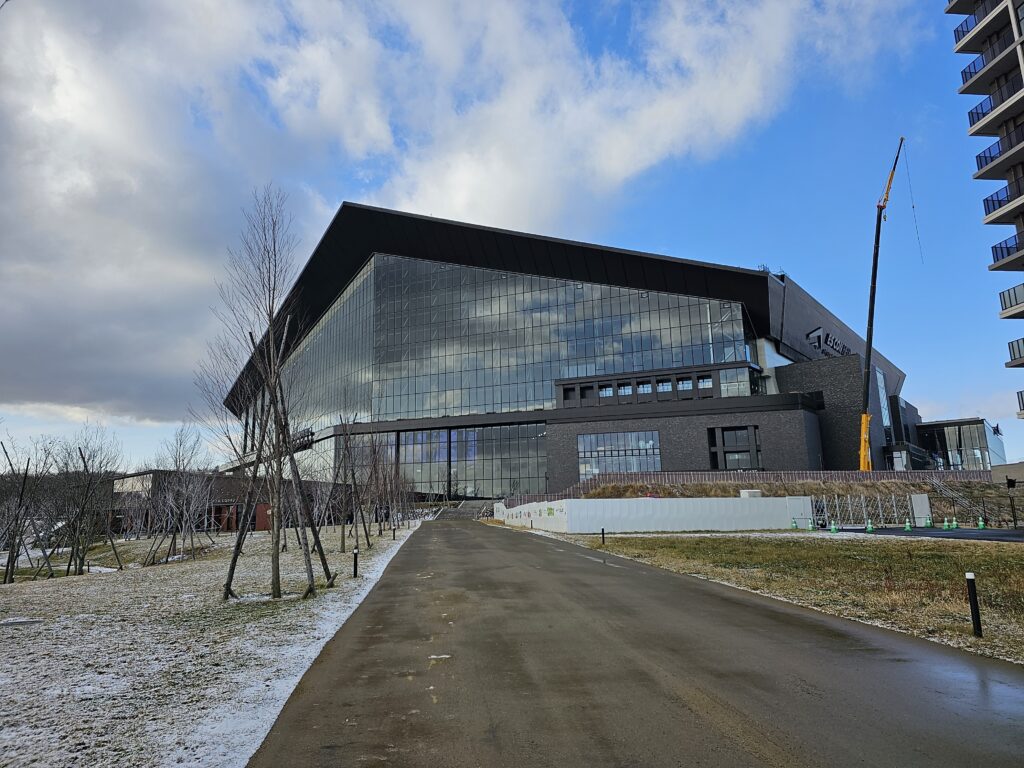
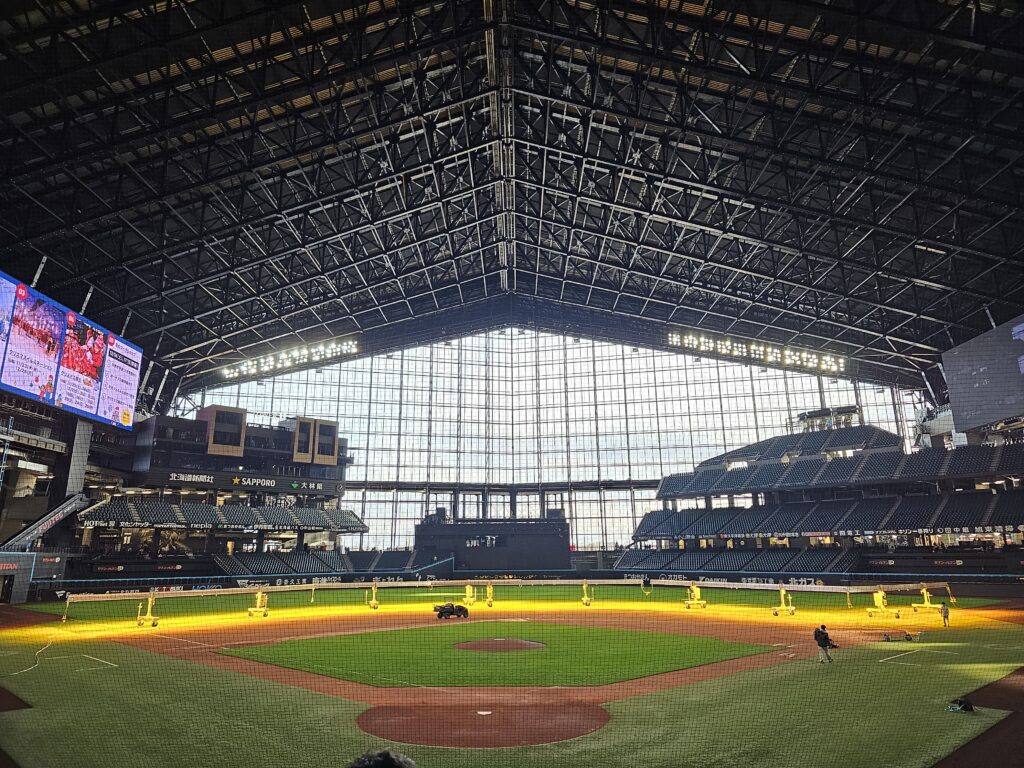
Sapporo Hitsujigaoka Observation Hill
This attraction is a bit of a trek if using public transit as you will need to take the bus. The pros: The scenic view of the famous bronze statue of Dr. William S. Clark. Clark was a famous American professor who came over to Hokkaido in 1876 and established the Sapporo Agricultural College, which is now Hokkaido College. His parting words “Boys, be ambitious” are immortalized on the statue as well. It’s a fantastic view with a wide open field in the background with the Sapporo Dome visible.
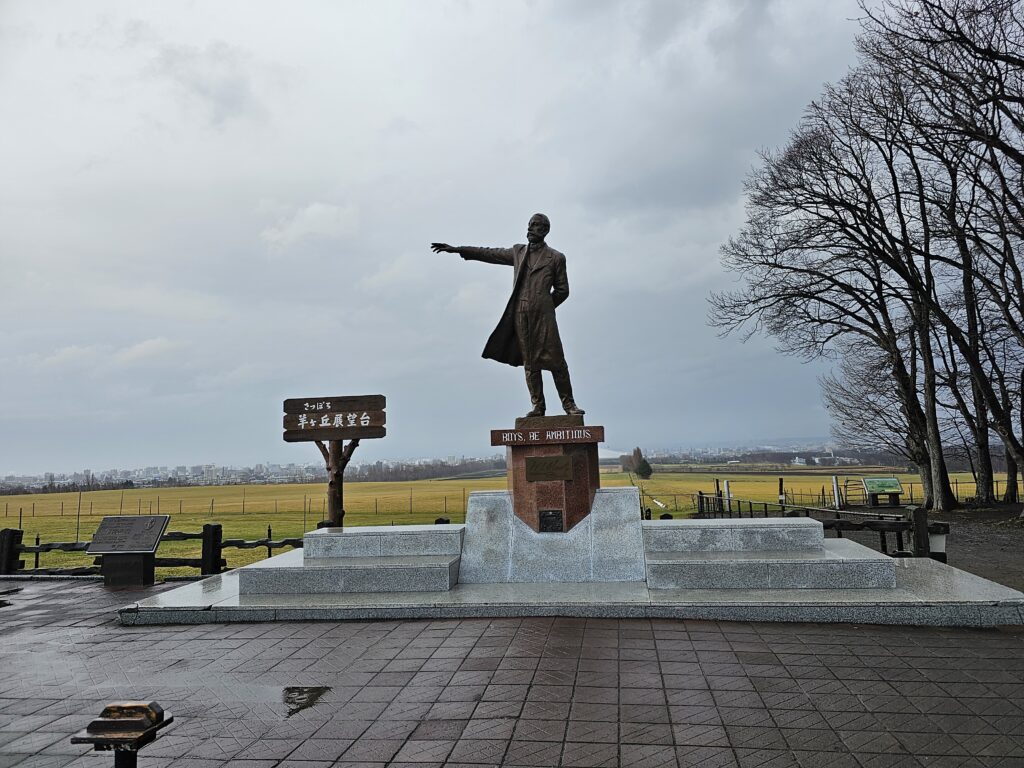
The cons: There’s not much else here. There’s some additional smaller buildings that serve as mini museums, and a restaurant and a place to grab some ice cream, but outside of that there’s not a ton here. It also costs yen to enter the parking lot. With the amount of time it takes to get here and how little is actually here, I wouldn’t place this at the top of the list of things to do in Sapporo.
Related Posts
The Ramen Alley in Sapporo Hits The Spot For Ramen Lovers
Lively Odori Park in Sapporo Is Well Worth A Stroll Through
Maruyama Park Sapporo Has A Lot To See And Do
Soup Curry In Hokkaido, Japan Is Simply A Must Try
Genghis Khan BBQ Is A MUST TRY If Visiting Hokkaido Japan
Things Get SPICY At This Miso Ramen Joint in Sapporo
Es Con Field Hokkaido Home To The Nippon Ham Fighters Is A Must Visit
-
Lively Odori Park in Sapporo Is Well Worth A Stroll Through
What is Odori Park?
One of the top attractions in Sapporo is Odori Park. Located right smack dab in the middle of the city, this is an easy attraction to go and see. In fact, just walking around the city you’d undoubtedly stumble upon this at some point during your Sapporo adventure.
Initially used as a fire break back in 1871, the space has gone through a lot of transformation since those days.
Odori Park is unusual since it’s really a long strip of “park” that has major streets running along the side of it. Stretching east to west, over a mile long and over 12 blocks, in the heart of the city it’s hard to miss.
The Sapporo Tower is at one end of the park. Standing about 492 feet, it’s a nice sight to see as you stroll through the park. It’s also another top attraction in Sapporo that you can visit. It has an observation deck where you can get a full view of Odori Park and the surrounding area, if you please. I didn’t go to Sapporo Tower this trip but maybe next time!
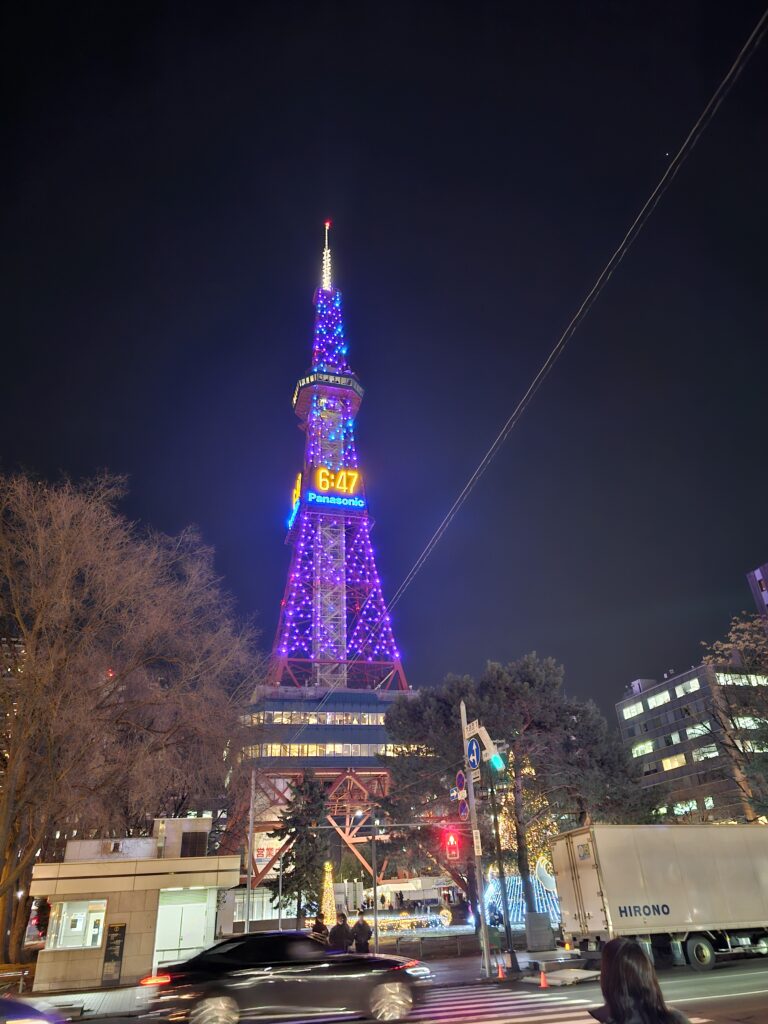
Why is it so popular?
Odori Park hosts seasonal events such as the well-known Snow Festival in the winter, the Lilac Festival in the spring, the Soran Festival and Beer Garden in the summer, and the Autumn Festival, in well, the autumn.
This is a popular location for both locals and tourists alike for a nice place to either take a stroll or just hangout. It’s just a really unique park since it’s so close to the street and isn’t an enclosed “normal” park. The seasonal events attracts MEGA crowds, with the Snow Festival being the biggest of them all, for good reason.
I went in mid December and the park was decked out with Christmas light displays. It was stretched out for most of the park and was a lot of fun to walk through and see all the displays. There was a German Christmas Village set up that had shops selling Christmas souvenirs and there were a number of stalls selling food and beverages. It was a really fun and festive environment to be in and was really enjoyable on a cold December evening!
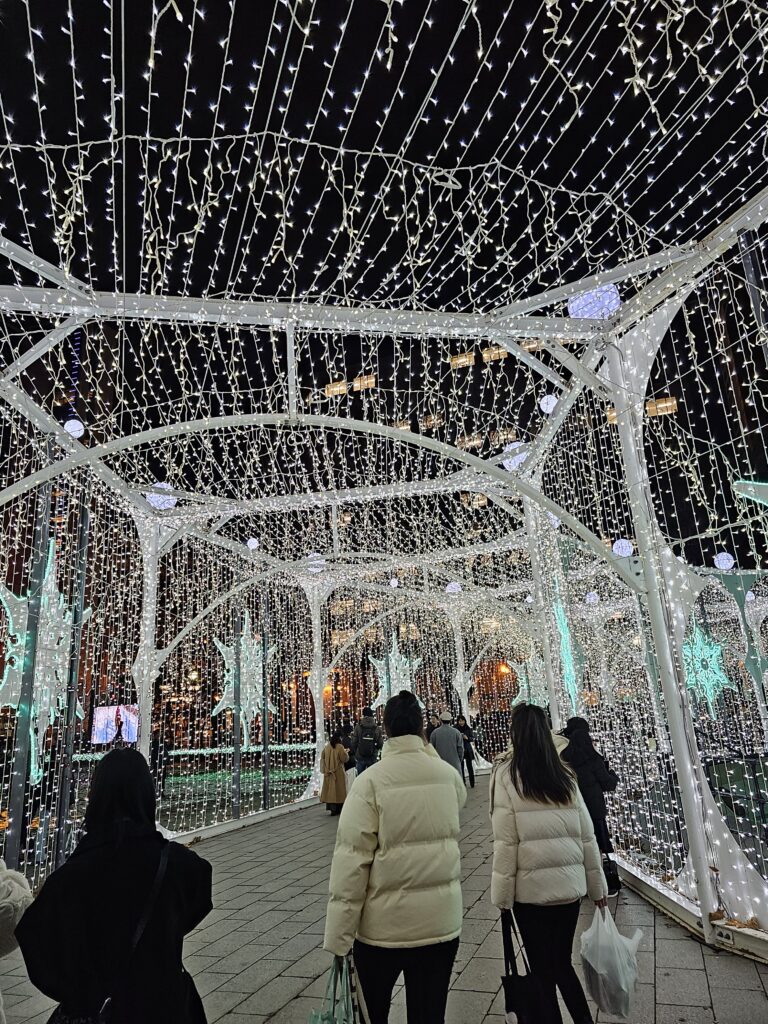
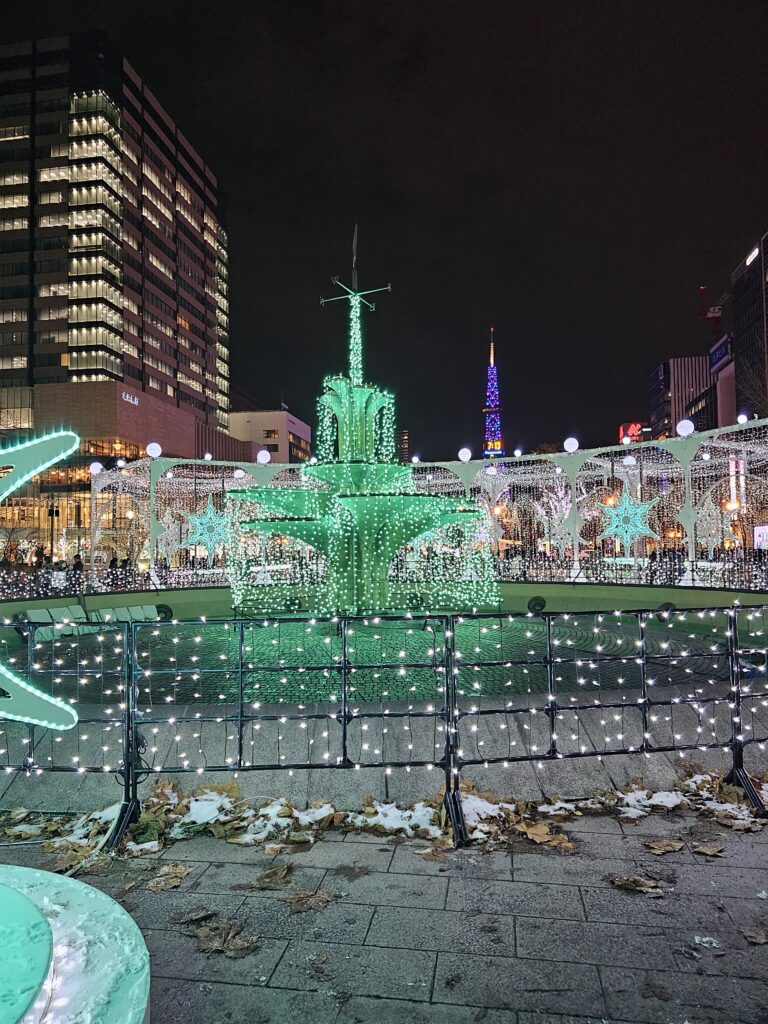
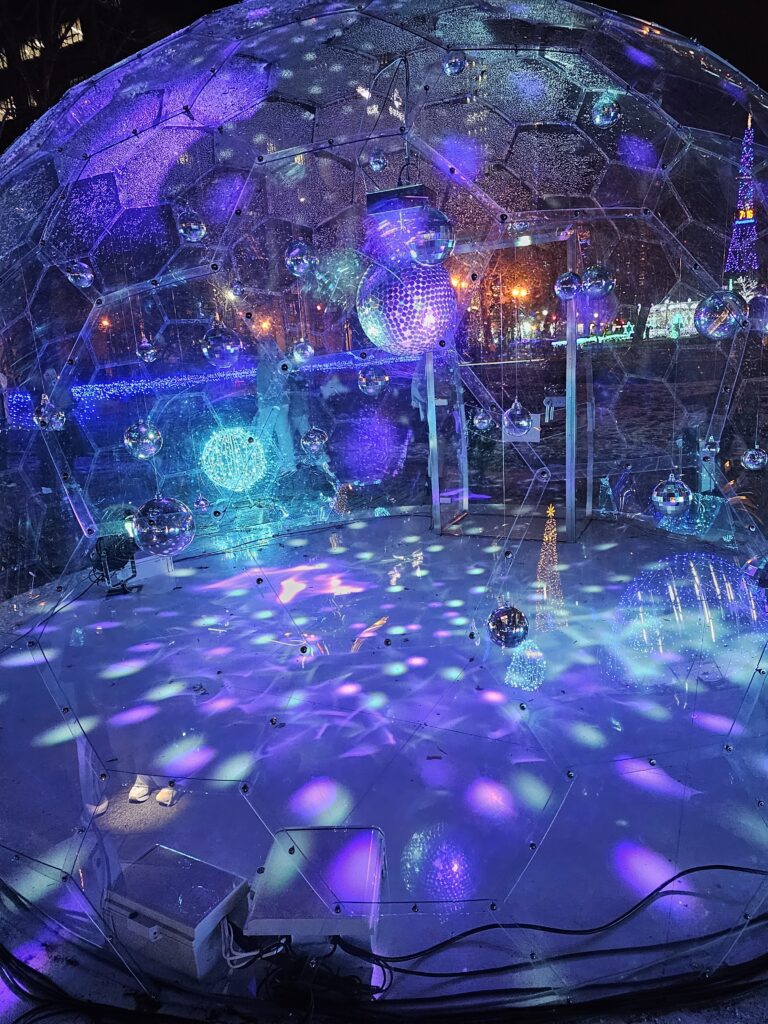
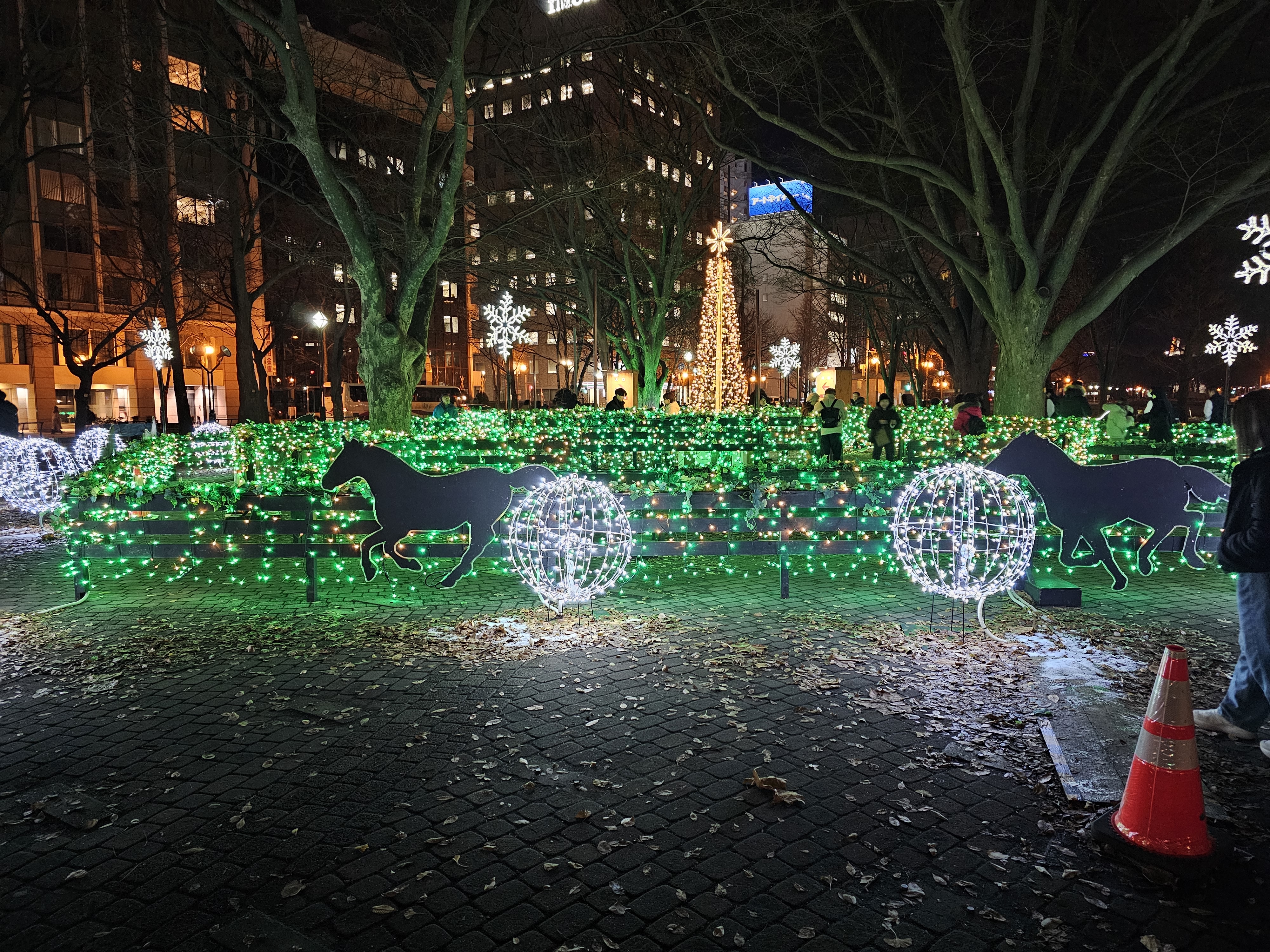
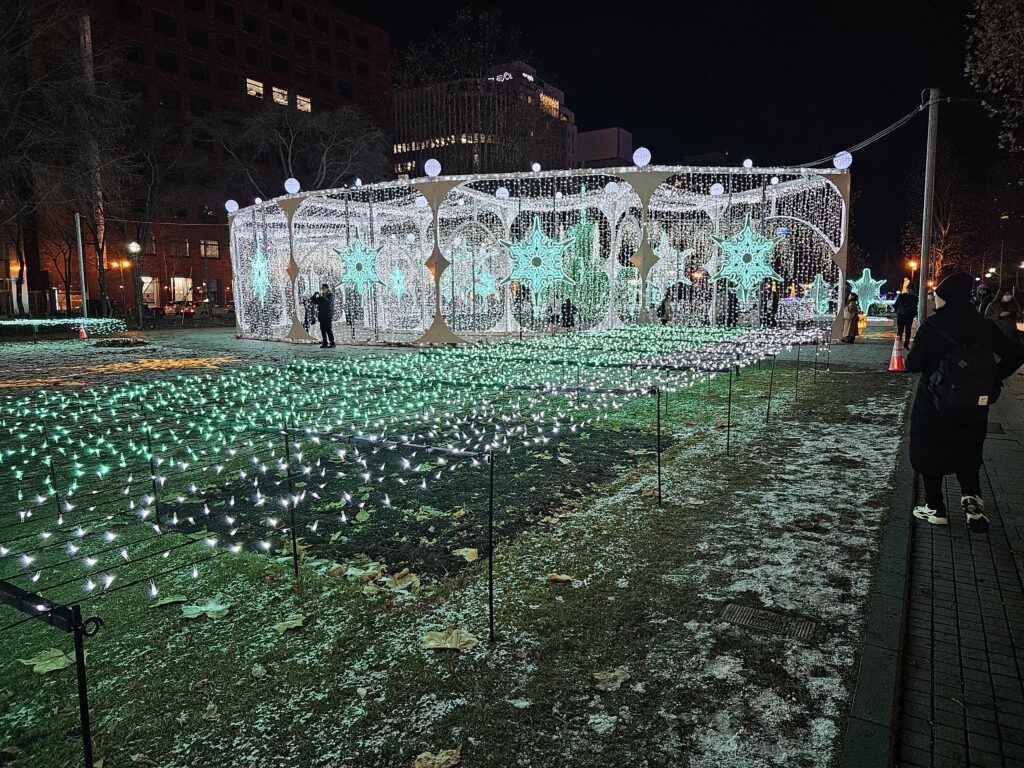

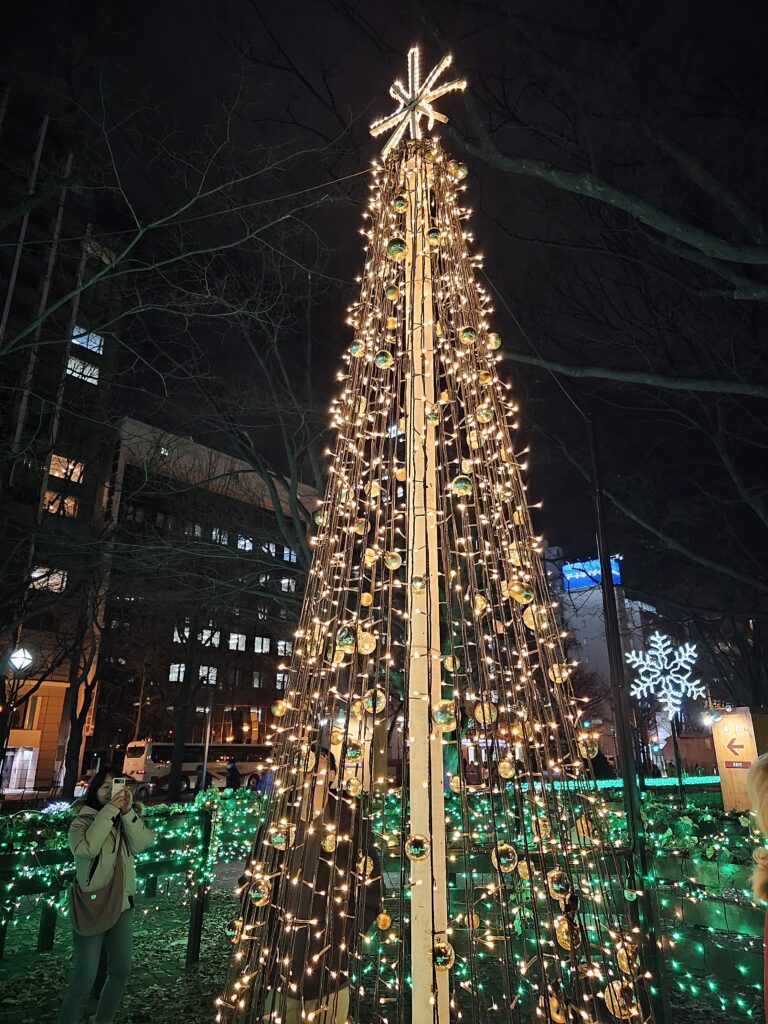
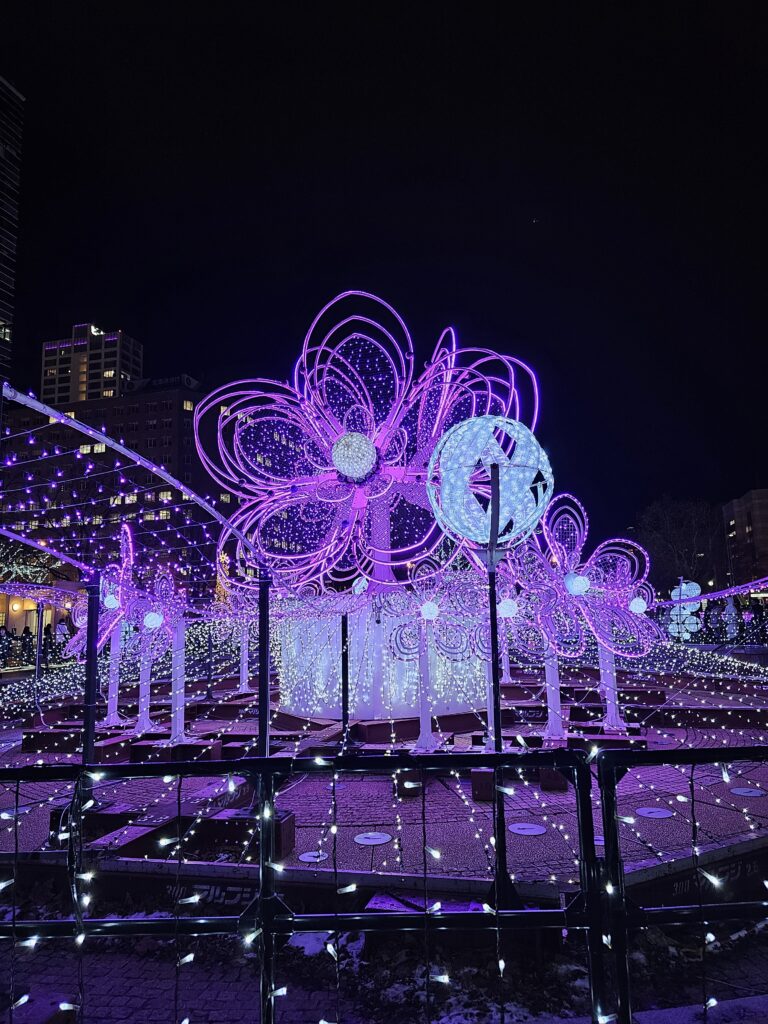
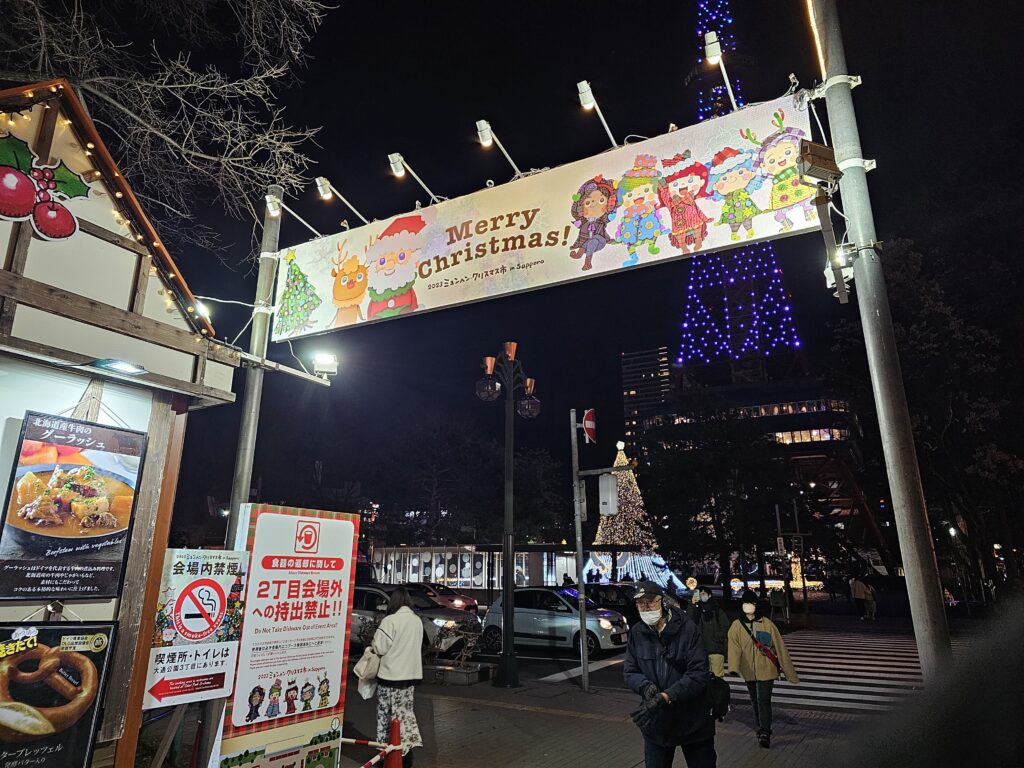
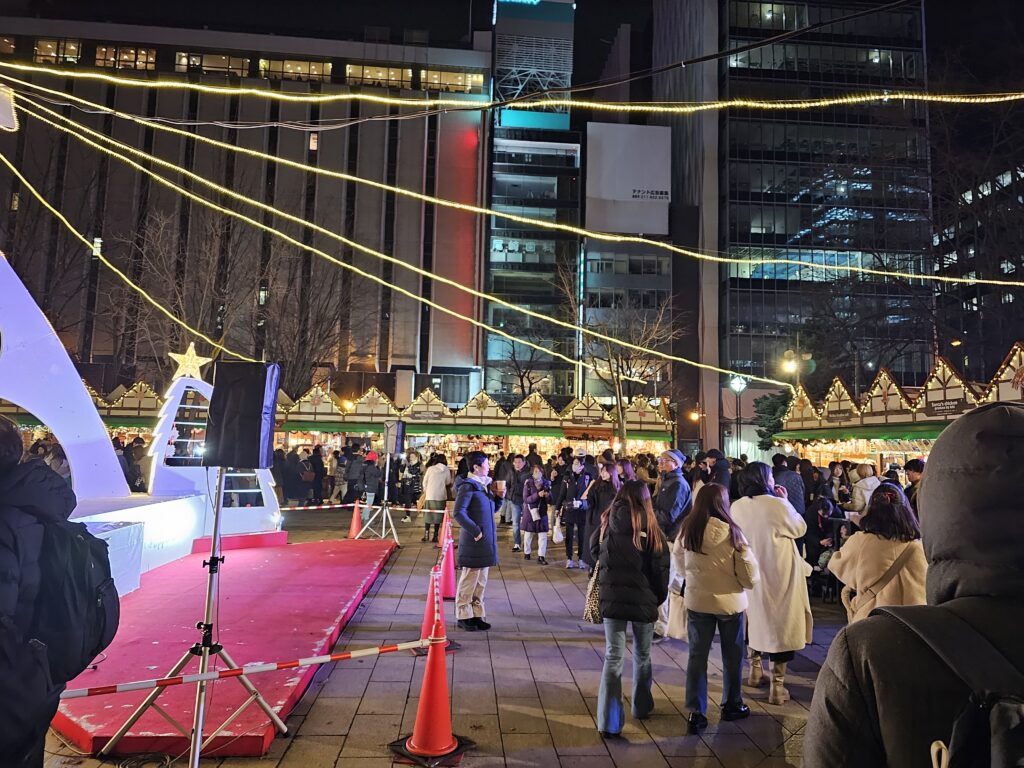
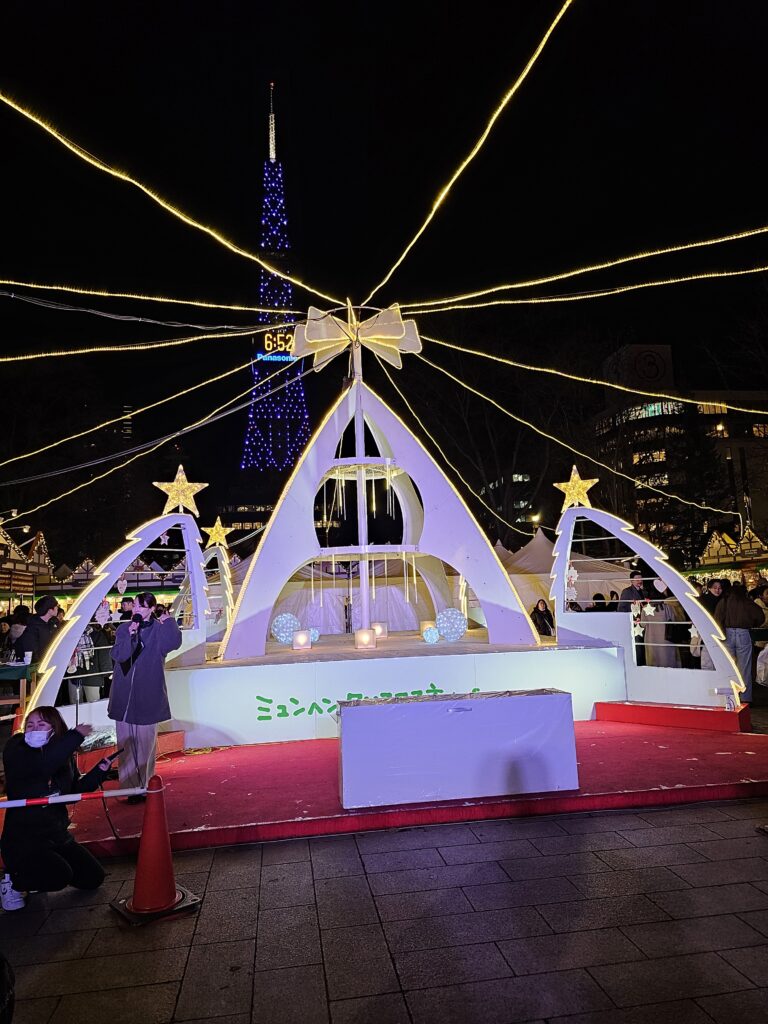
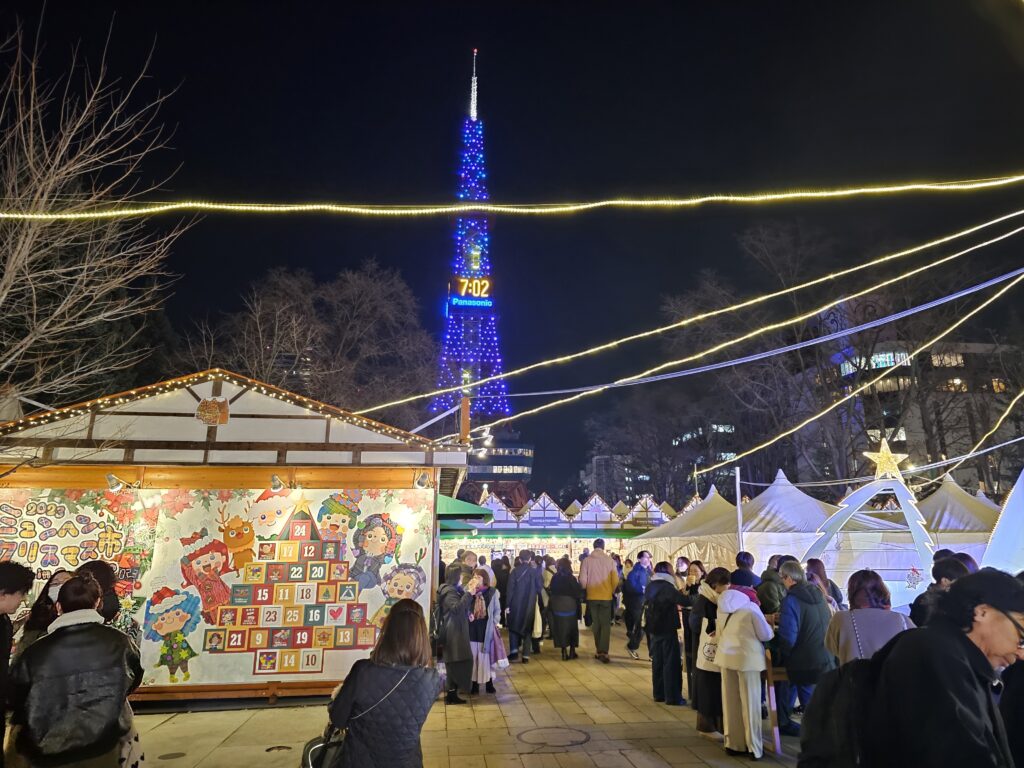
-
Maruyama Park Sapporo Has A Lot To See And Do
Maruyama Park in Sapporo, not to be confused with the Maruyama Park in Kyoto, is a huge park that houses many different attractions and things to see and do. Located under the Maruyama Mountain, the park is home to over 300+ different trees and plants, which depending on the season you’re visiting, can create quite the scenic impression as you take a stroll through the park. There’s over 100 different types of birds located here as well, so avid bird watchers will certainly appreciate the park. Maruyama Park houses a zoo, sports facilities, a public field, a short trail that leads to a great view of the city, and a couple ponds. You could spend an entire day here if you wanted to!
I highlight of the bigger attractions below.
Hokkaido Jingu Shrine
Technically the Hokkaido Jingu Shrine is not inside Maruyama Park. It’s adjacent to it. But it’s hard to separate the two and if you’re visiting one the other one makes sense to visit as well.
The shrine is significant in Hokkaido due to it being the enshrinement of three Shinto deities – Okunitama, Onamuchi, and Sukunahikona. A fourth spirit, Emperor Meiji, has been included as well. It is very much a shrine of spiritual significance.
The area, much like Maryuma Park, becomes quite popular during cherry blossom season since it’s regarded as one of the best places to view cherry blossoms in all of Hokkaido.

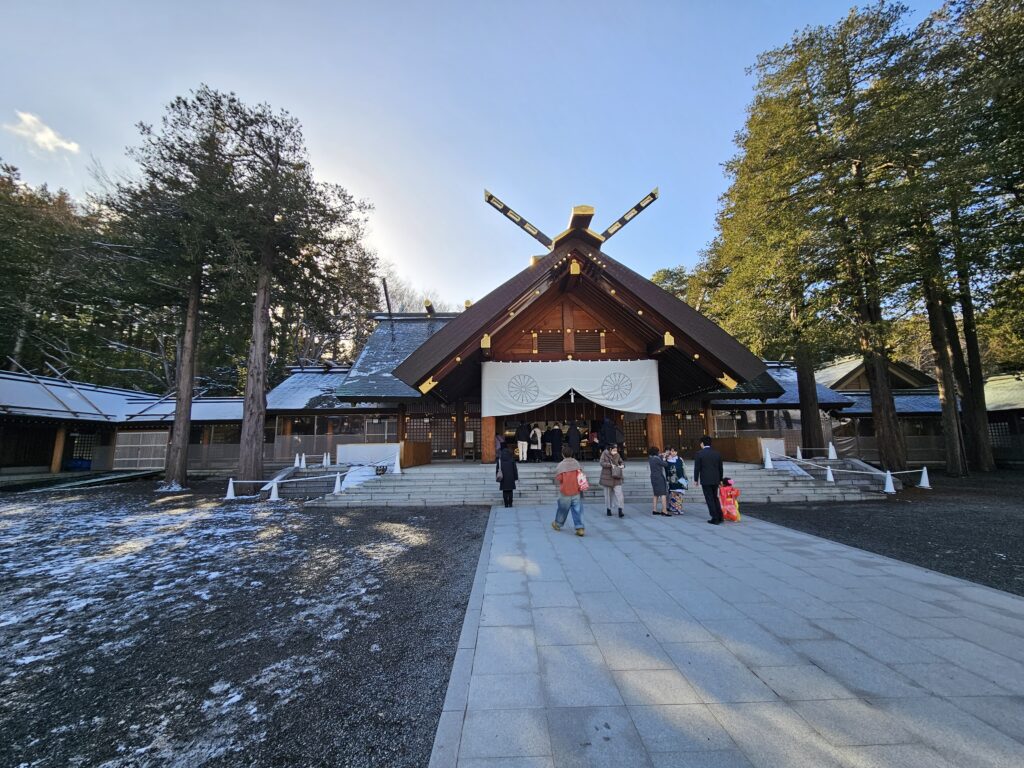
Maruyama Zoo
Maruyama Zoo has been inside Maruyama Park since 1951, so it has a long history with the park. It houses over 170 different species within it including polar bears, wolves, deer, elephants, giraffes, hippos, chimpanzees, and brown bears, just to name a few. The zoo is quite massive as you’d imagine with so many different species. It’s pretty impressive. I wasn’t expecting it to be so large to be honest, and wasn’t expecting to stay as long as I did. But this was an enjoyable afternoon and I devoted around 3-4 hours here.

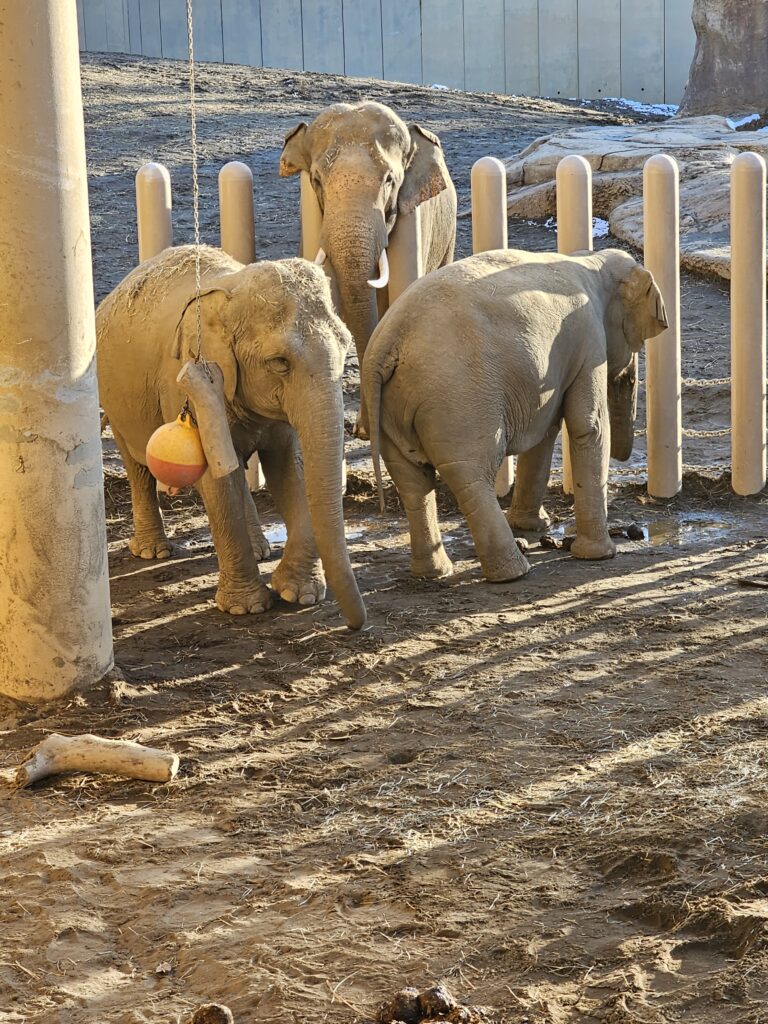
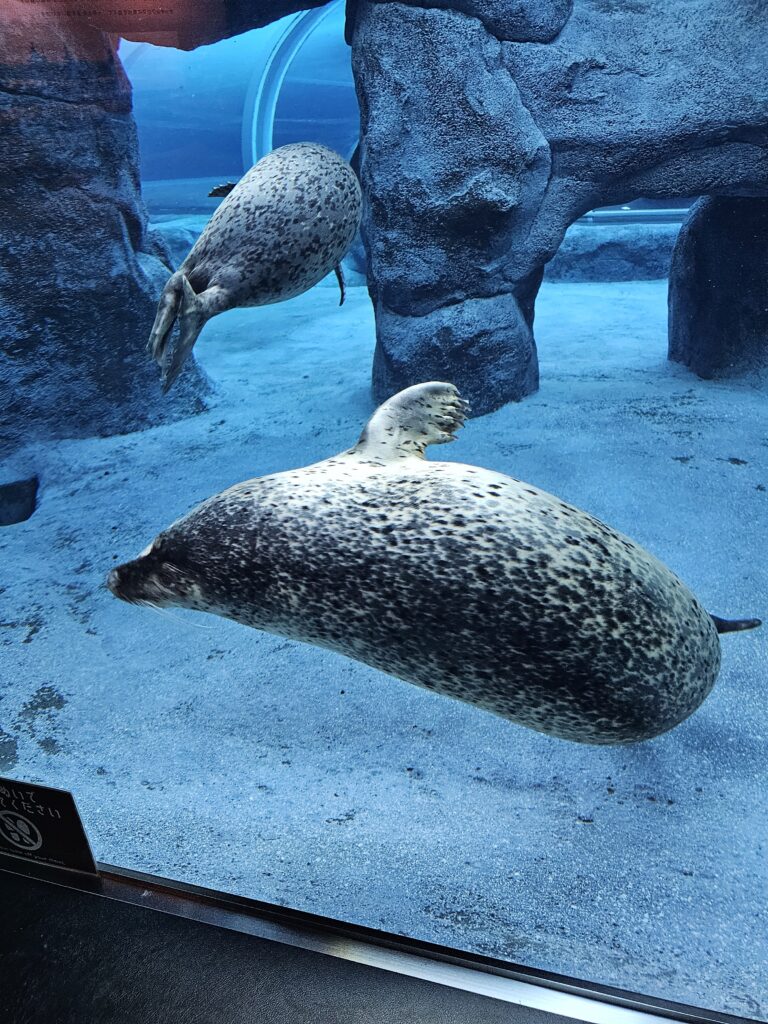
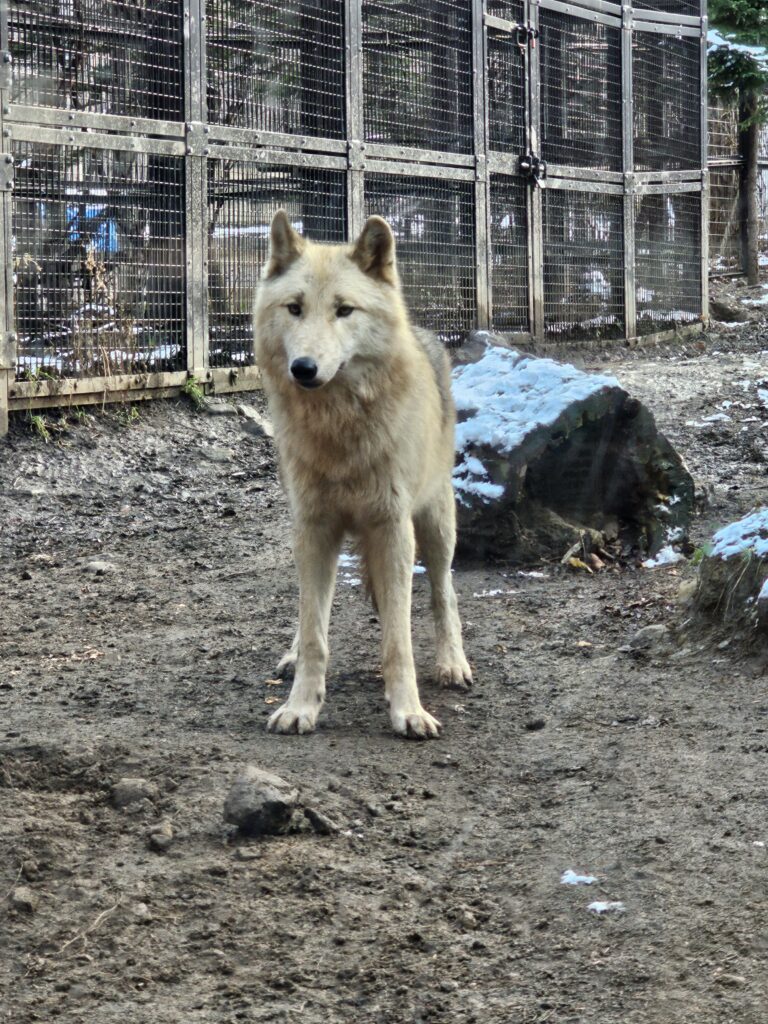
Maruyama-Hachijuhakkasho Trail
Feel like doing some hiking while at Maruyama Park? You can also do that here! There’s a small, short trail within the park that will take you to a point with a beautiful view of Sapporo. The hike takes about an hour both ways. It’s not overly strenous. It will take you uphill though and I was a little winded to be honest. If you take your time and take breaks if needed you will be rewarded with the view though. Just remember to bring some water along as well. The view is worth it. It’s really is quite nice!
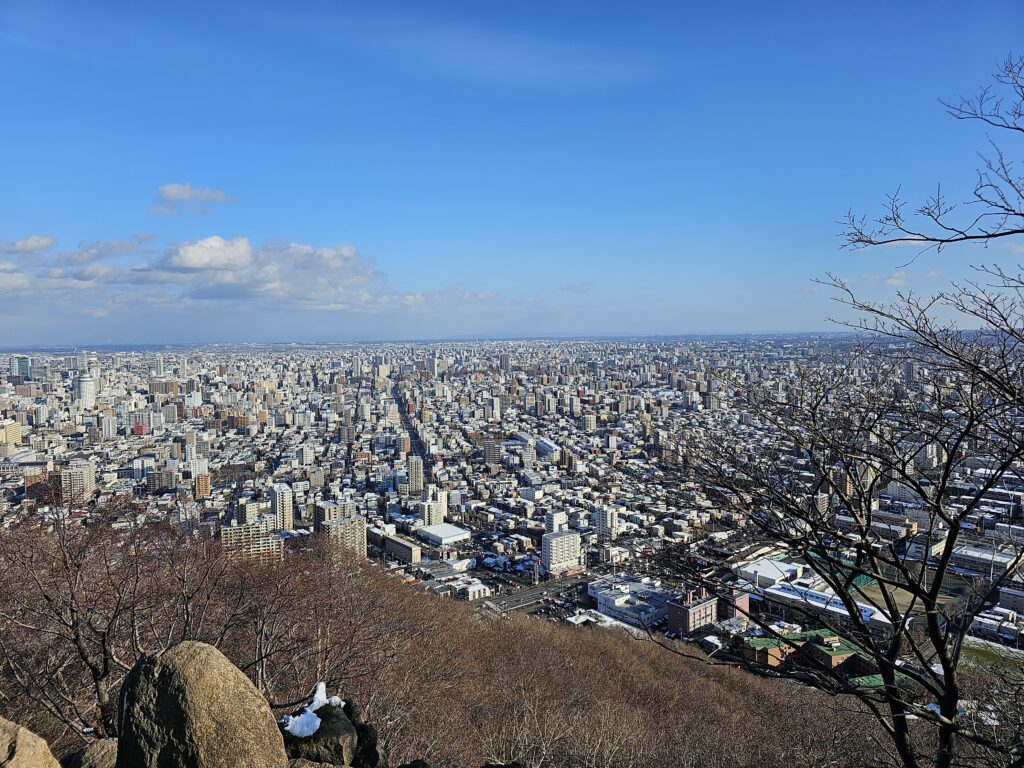

-
Top 7 Things To Do In Hakodate, Japan
Hakodate is one of the main cities located in Hokkaido. It’s the third largest city after Sapporo and Asahikawa. If taking a bullet train from Tokyo, Hakodate is the last bullet train station into Hokkaido. The trip will take about five hours.
Some people will choose to hop on another regular train and head to Sapporo but Hakodate is worth spending a couple days in to explore. Even though it’s the third largest city in Hokkaido, it’s not too big. It’s very laid back and things are slower paced here. If coming from Tokyo, it’s a nice break from the crowds and the hustle and bustle. Two days will be good enough to see all the sights that Hakodate has to offer.
Mt. Hakodate Observatory
One of the top things to do in Hakodate is making a trip to the Mt. Hakodate Observatory (1800 yen, $12.24 USD) at sunset or at night to enjoy the panoramic view of the city. It’s certainly a spectacular view with water on either side of this particular part of town. There’s technically not a best time to go here. Day or night you’ll get a beautiful view but I’m more partial to the night when the city is fully lit up. It’s a pretty sweet view! Nighttime is also the busiest time to go so expect to see some crowds on the observatory deck. There’s also a restaurant and gift shop located here if you want to hang out a bit and soak in some more of the view.
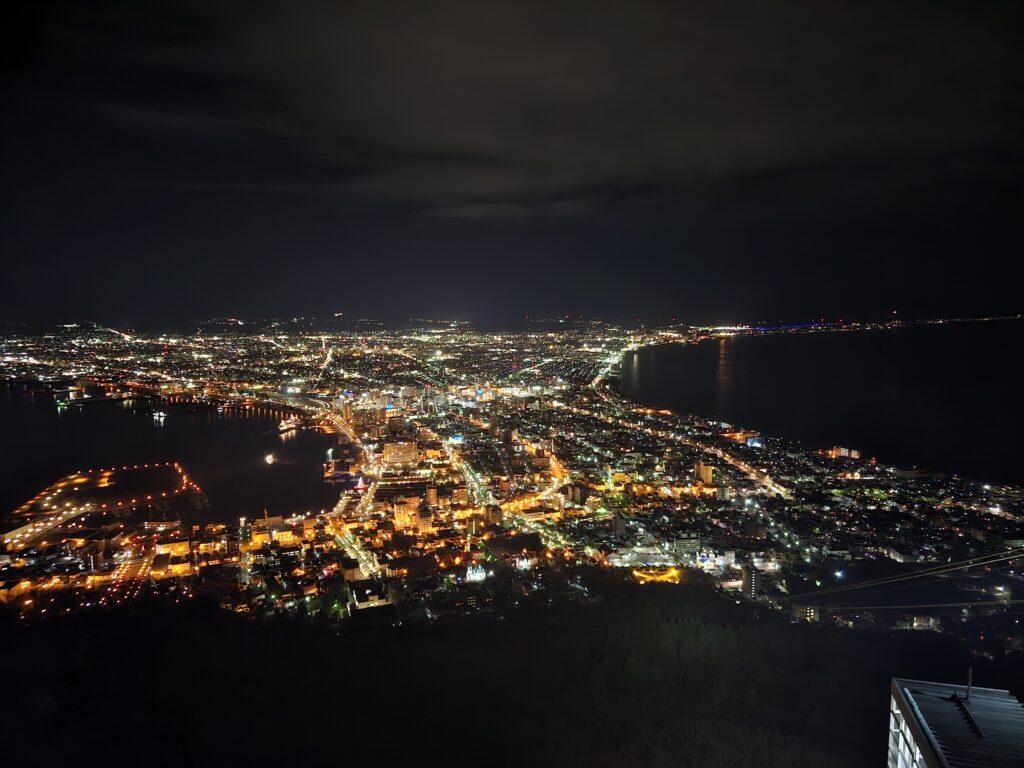
Fort Goryokaku / Goryokaku Tower
I’ll fold these two attractions into one. But you can certainly do one or the other and skip the other one if you wanted to. Fort Goryokaku is the iconic star shaped fort located in Hakodate. Completed in 1866 as a military site in the defense of Hokkaido, the fort was later converted to a public park sometime in the early 1900s when the fort lost its military importance. The star shape of it is really quite unique, as is the moat that surrounds it. There’s not a ton to see here but the grounds are quite peaceful and nice to take a stroll around. There’s also around 1000 cherry blossom trees planted around the fort so if planned correctly during cherry blossom season it would be quite the sight! Visiting the park itself is free.
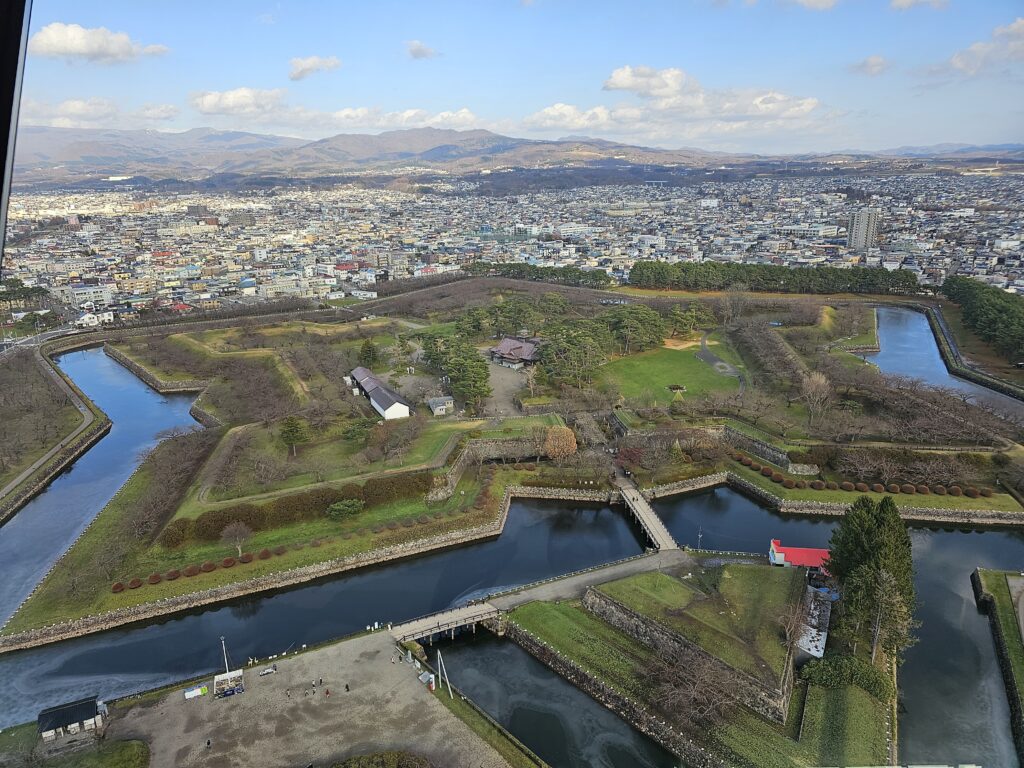
Fort Goryokaku To get a full view of the fort and it’s unique shape you can go up the Goryokaku Tower (1000 yen, $6.81 USD) which has a great view of the fort as well as other views of Hakodate since the tower provides a 360 degree view. There’s also displays up in the tower which provides the historical backdrop of the tower.
Hakodate Morning Market
The Hakodate Morning Market is a four block stretch in Hakodate that sells fresh seafood, vegetables, fruit, and snacks. It’s definitely one of the top things to do in Hakodate in the morning to start your day. It opens from 5am to about 2pm, with about 250 places total, there’s a lot of food options to choose from. The seafood here is outstanding. Even though there’s 250 places here, the market doesn’t seem huge. Crowds are fairly mellow here as well, which is nice.
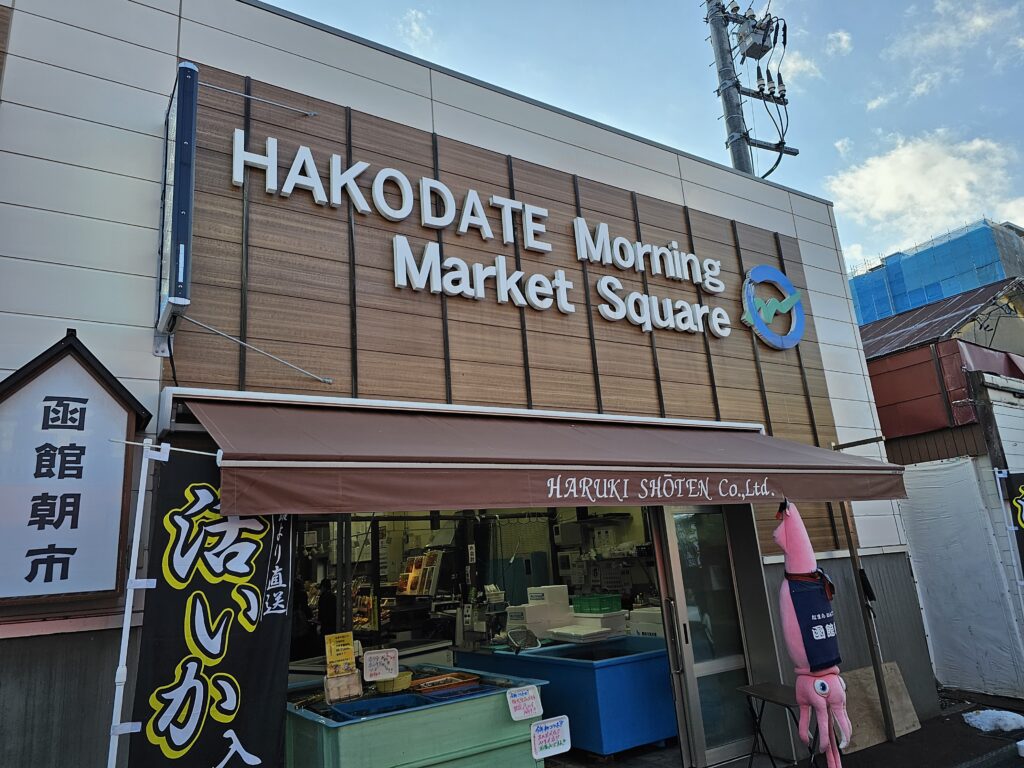
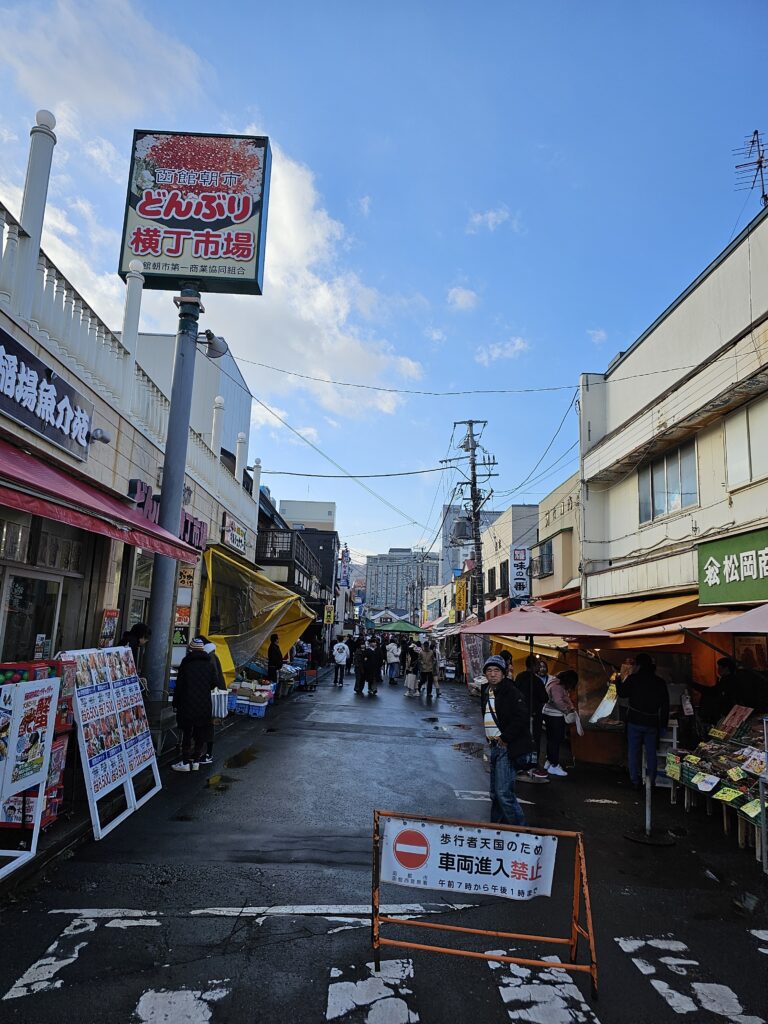
Cape Tachimachi
Cape Tachimachi is a scenic spot in Hakodate with a fantastic view of the ocean, with sharp cliffs surrounding the area. There’s a paved path that loops around on top of one of the cliffs with a great lookout point with a couple benches where you can take a seat and take in the stunning view.
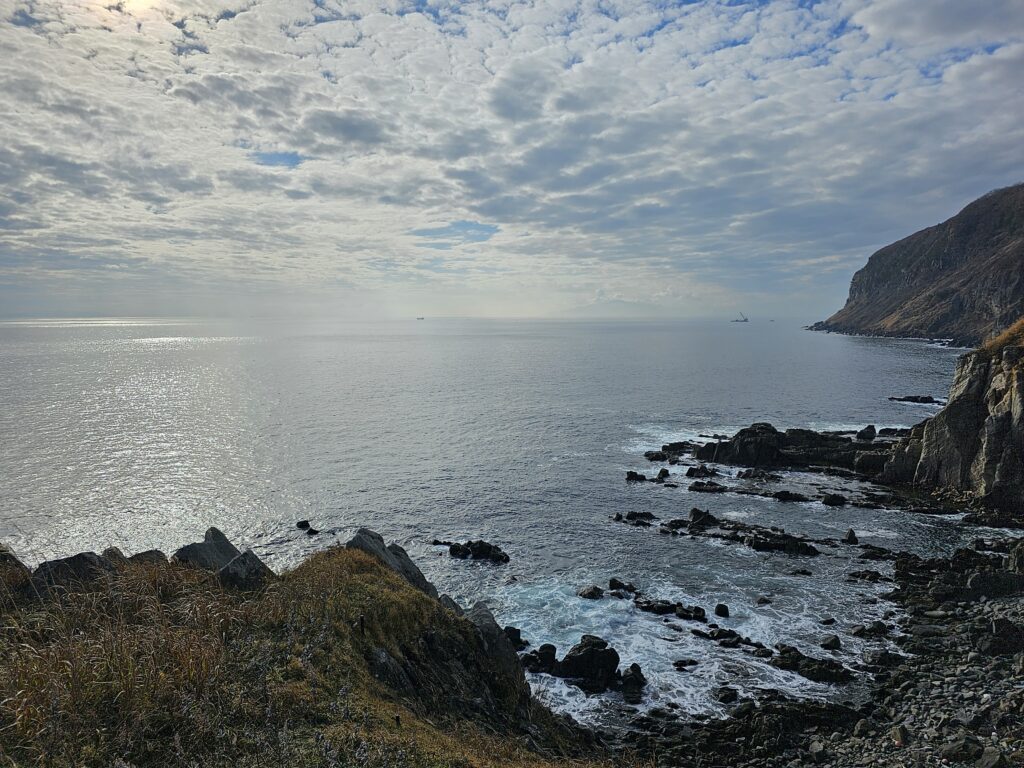
Kanemori Red Brick Warehouse
These old converted red brick warehouses were once used in the old trading days of feudal Japan when the Hakodate port was used for international trade. Now, the warehouses are home to souvenir, clothing, boutique type of shops. There’s a beer hall, restaurant, and some other places for snacks and dessert as well.
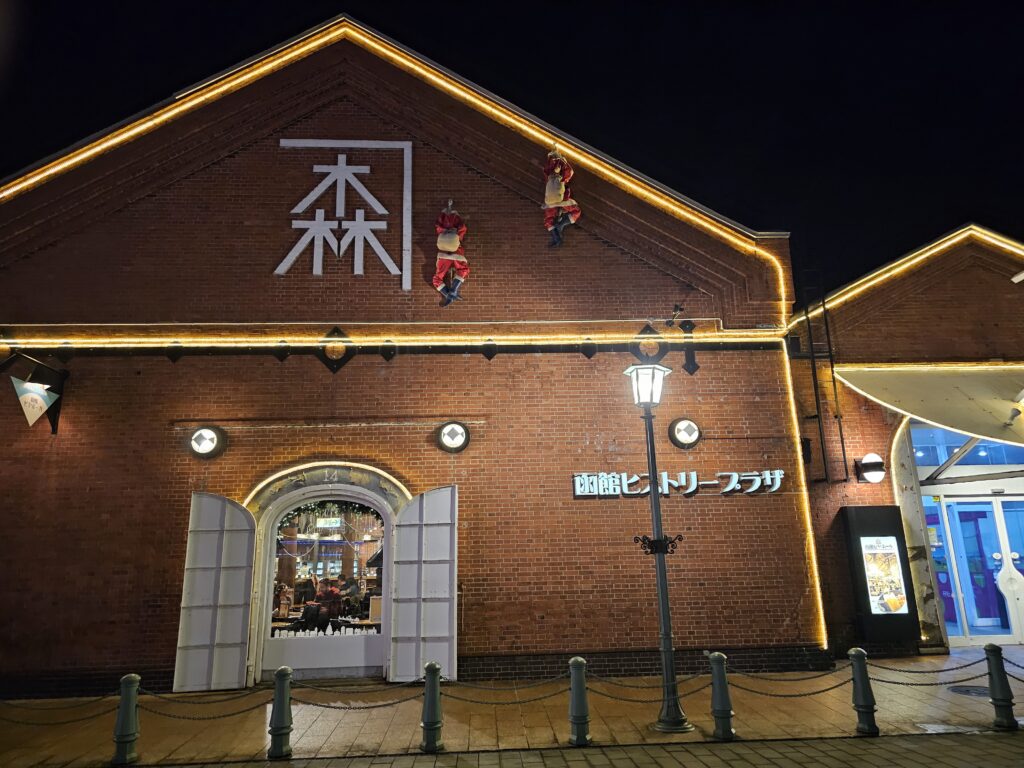
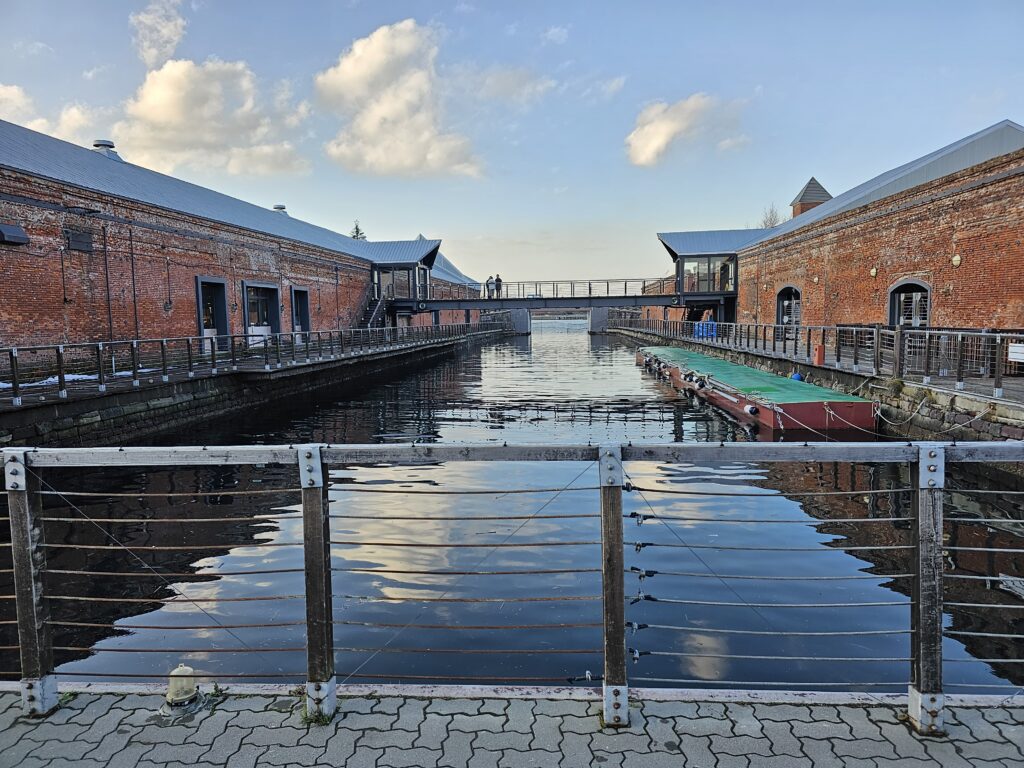
Eat At A Lucky Pierrot’s
One of the top things to do in Hakodate is a place you can both visit and EAT at. Lucky Pierrot is a chain of hamburger restaurants that are only located in Hakodate. There’s a total of 17 restaurants, all of which have their own individual personality and flair. No one restaurant is the same as the next. It’s immensly popular and is a tourist draw. It’s one of those things that you feel you need to try if in the area. I mean you’d try In N Out if you saw it wouldn’t you?
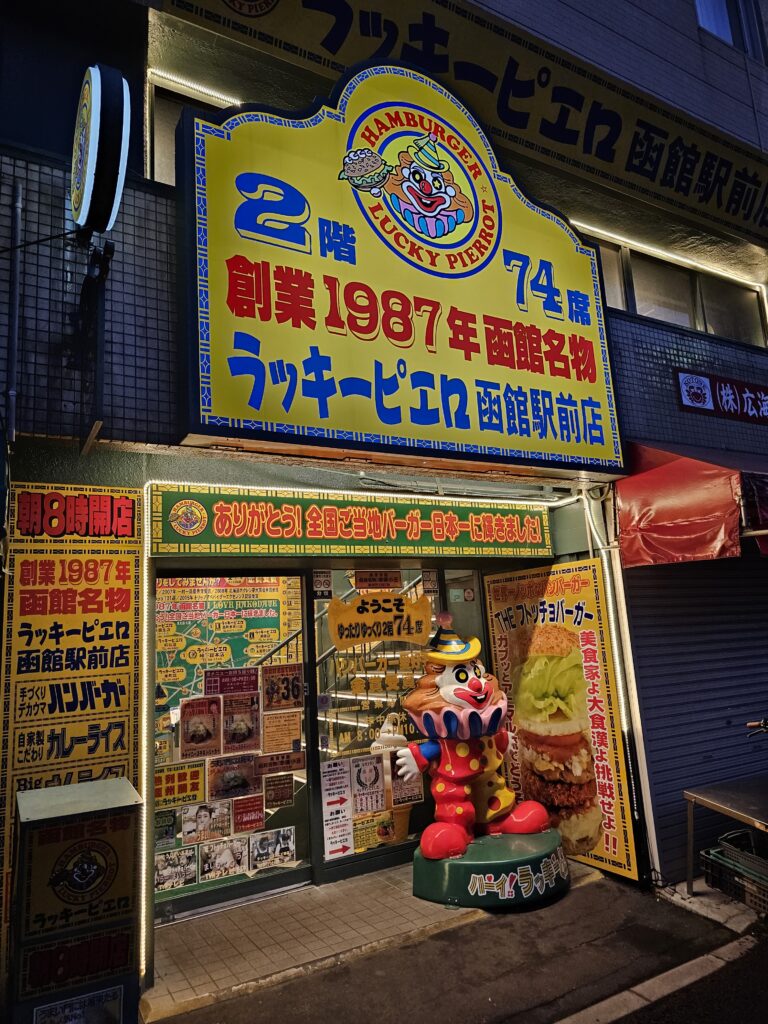
Hachiman Zaka Slope
Hakodate’s most famous slope, Hachiman Zaka Slope provides a scenic view on top of a hill down a stone paved, tree lined street, with a view that leads down to the bay. During Christmas time the trees are adorned with lights which provides quite the setting at night.
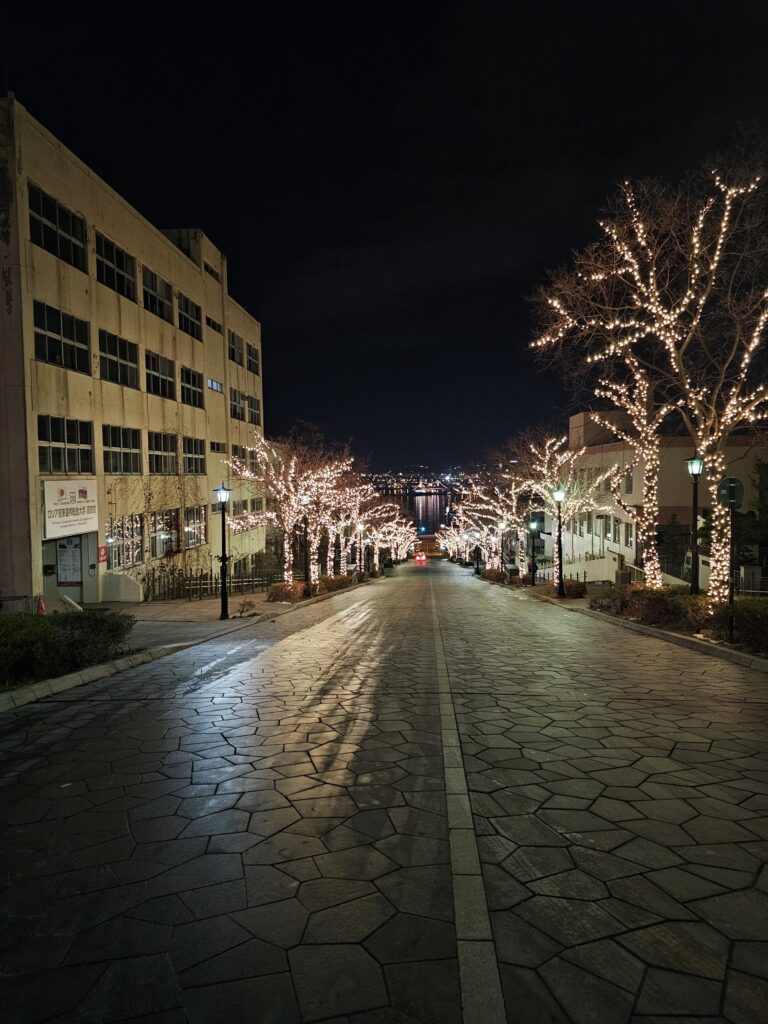
-
5 Parks To Visit in Tokyo – You Won’t Be Disappointed!
5 Parks To Visit in Tokyo – Why Visit Parks In Tokyo?
Tokyo is a massive city with endless things to see and do. For a first time visitor there’s generally too much to see to be able to find the time to make a trip exclusively for a park. I was able to visit five parks while in Tokyo, some intentionally, some I just happened to stroll through on the way to an attraction. They’re a nice change of pace from the hectic and often very crowded sites of Tokyo. A lot of these, and other parks throughout Tokyo, you may just happen to walk through or see on the way to your next attraction. Intentional or not, visiting at least one of the parks is well worth it.
These are just a handful of the parks that Tokyo has, there’s quite a lot overall!
Shinjuku Gyoen National Garden
This was the favorite park that I visited. It was also the only one that cost yen to enter (500 yen) but it’s well worth it. Even though this is listed as a garden, it’s really a massive park. With huge open lawn spaces and wide meandering paths throughout, it’s a great place to escape the hustle and bustle of Shinjuku.
There’s three different types of gardens located within the park. There’s traditional Japanese gardens which feature well kempt shrubs and trees with ponds and bridges.
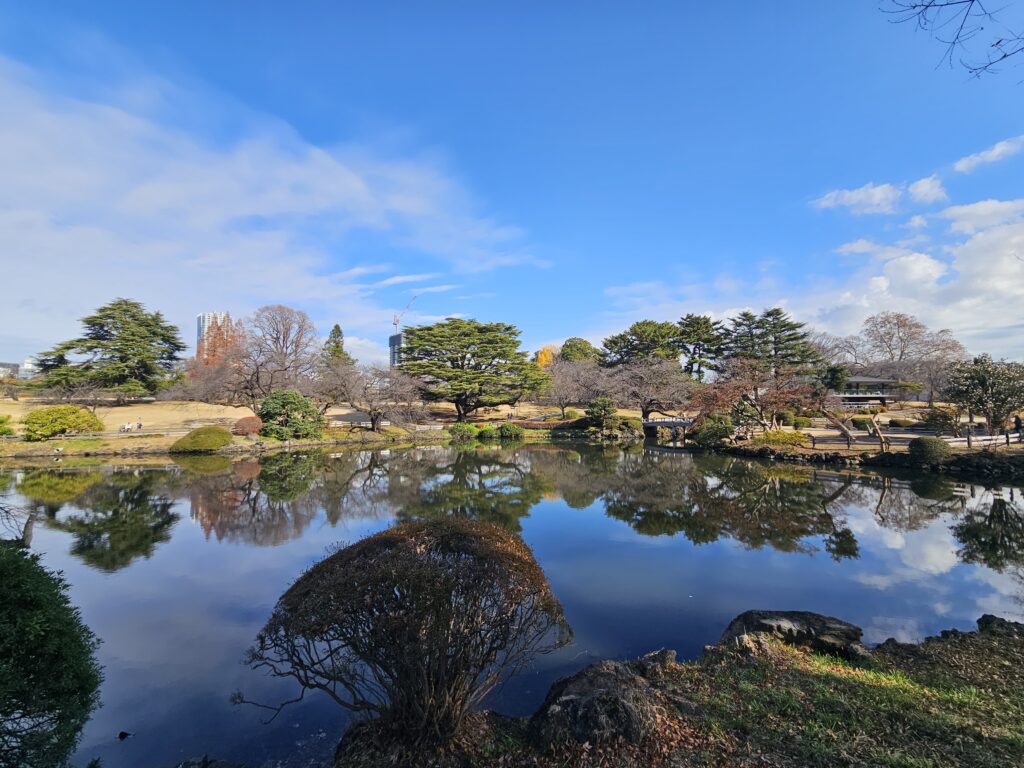
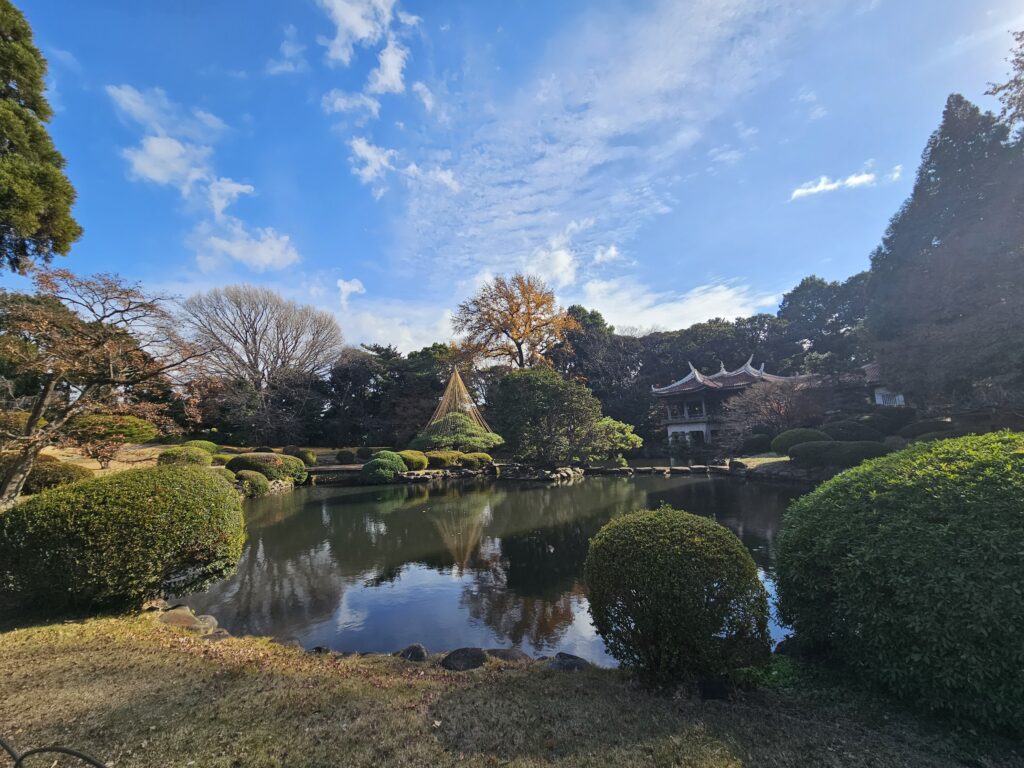
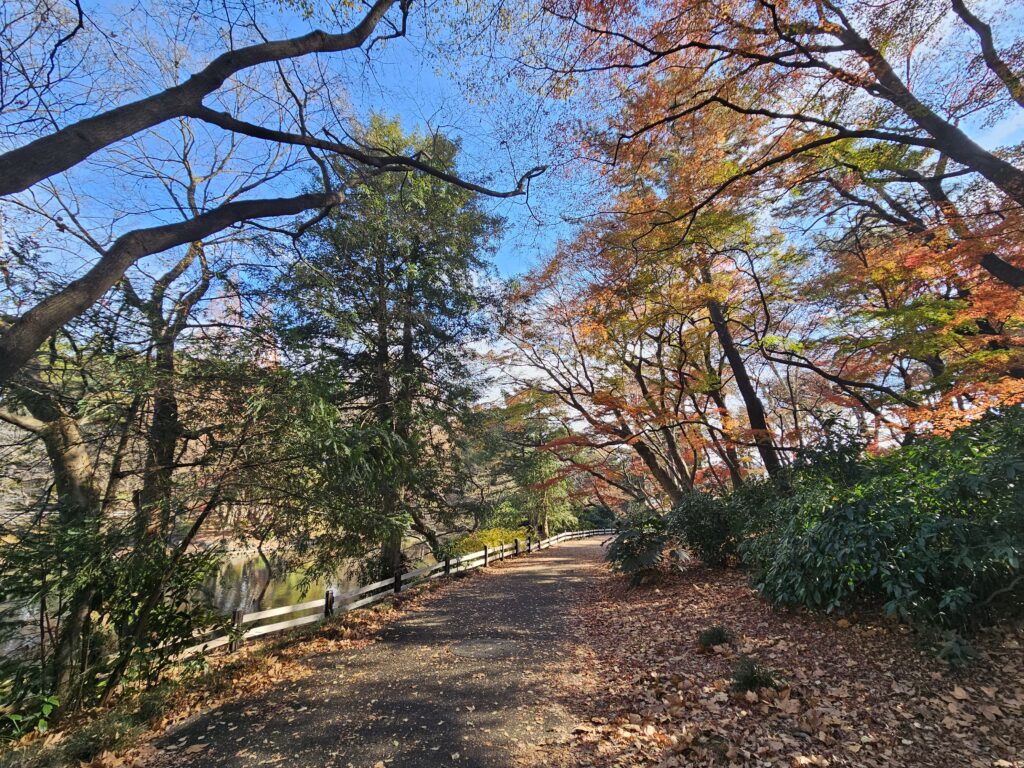
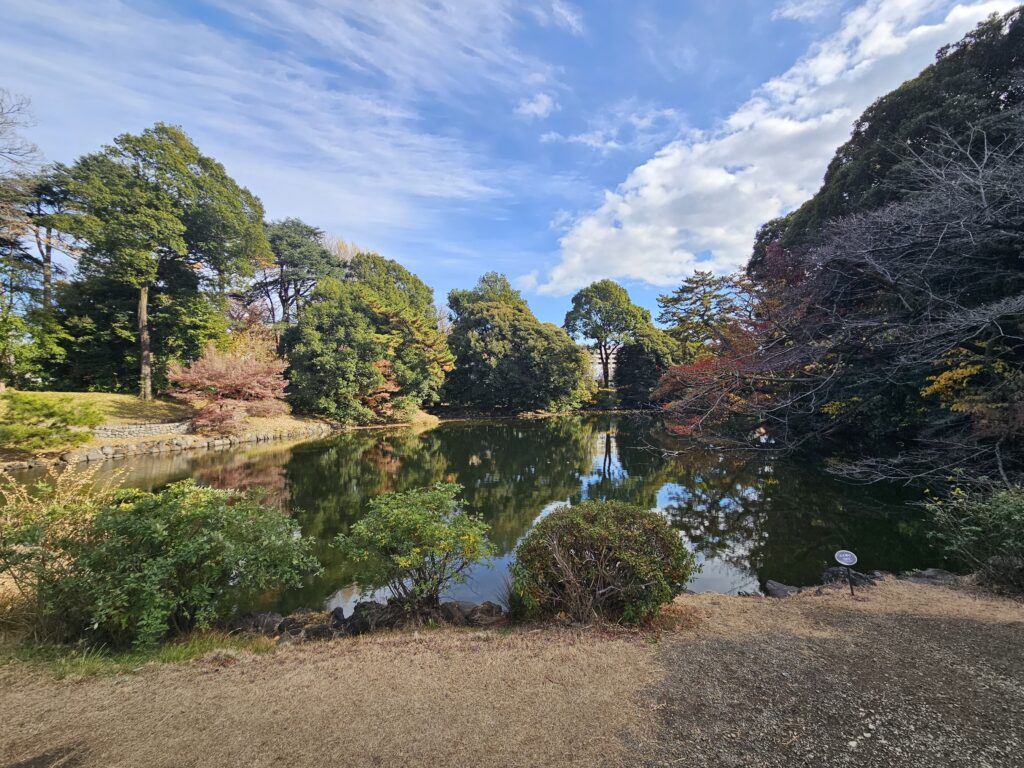
A French garden that is symmetrical, with clearly defined lines and very orderly.
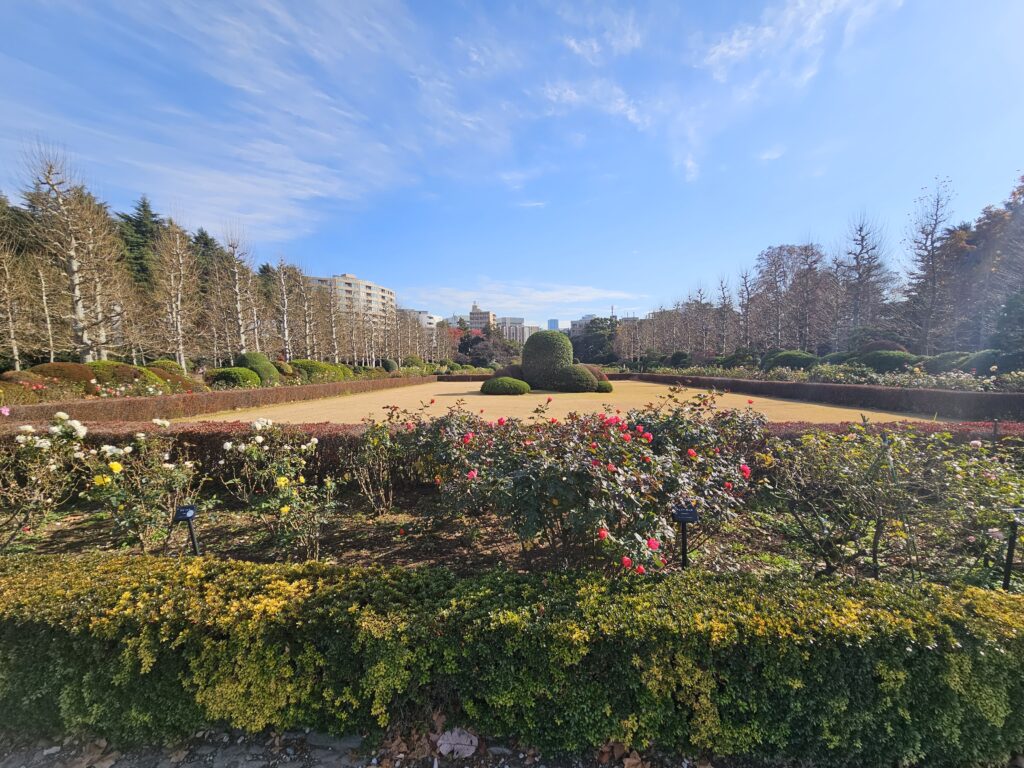
And a English garden which would include the massive lawn areas which have cherry blossom trees surrounding them. Yes, the beloved Cherry Blossom trees are strewn throughout the park. There’s over 16 different varieties planted in Shinjuku Gyoen. I can only imagine what this park looks like in the Spring when it’s Cherry Blossom season and also in the Fall as the leaves change colors. It definitely must be a site to see!
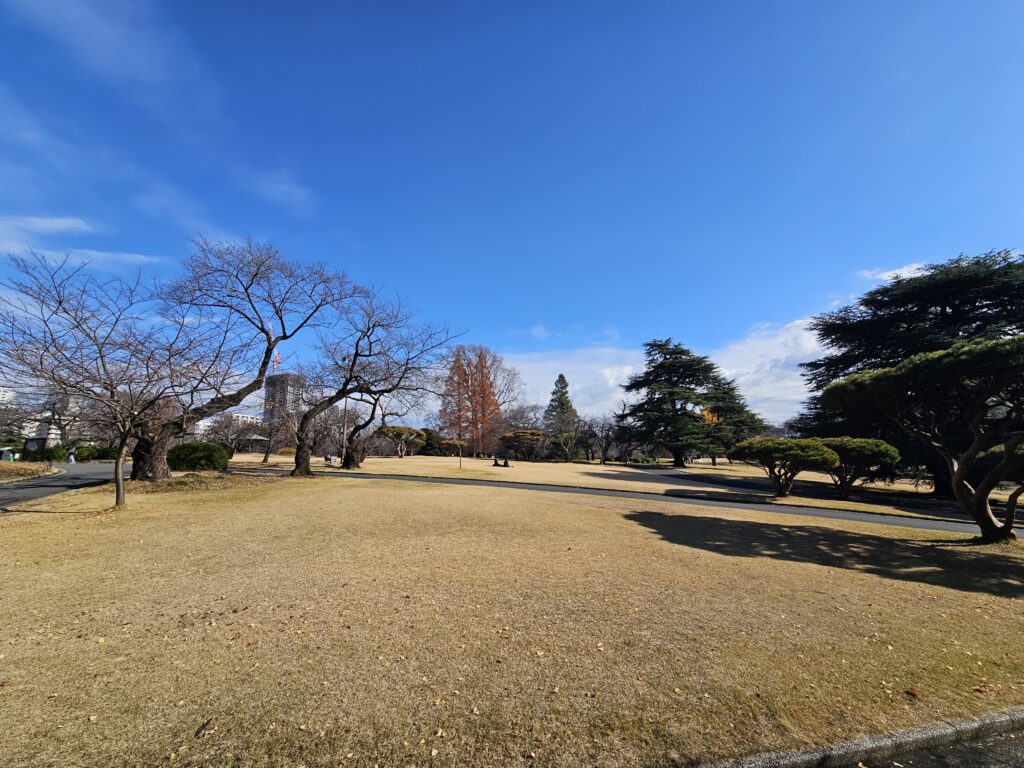
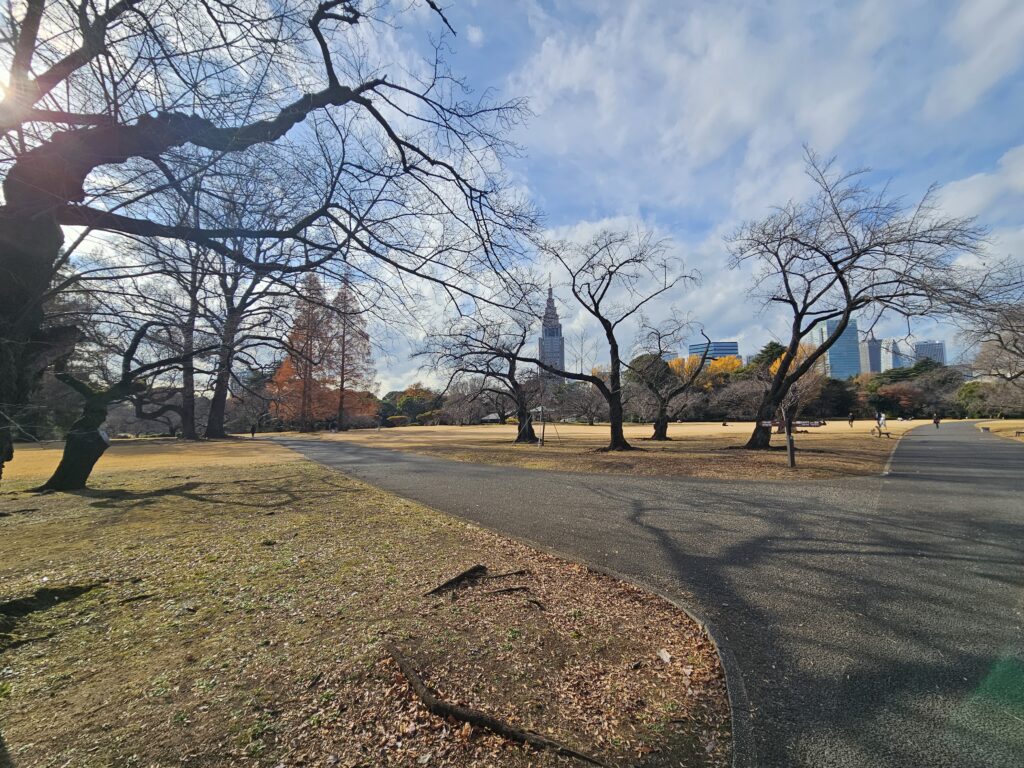
I came here in the middle of December so nothing was in bloom and the trees were barren. But I still loved it. Due to the season and visiting mid-week added to the charm since the park was not busy at all. It was very peaceful to walk with minimal crowds.
There’s a Starbucks in the park, along with a couple other tea houses and places to grab a snack. The Starbuck overlooks one of the traditional Japanese gardens with a great outdoor area with seating. It’s a great spot to grab a coffee, relax with a great, peaceful view, and soak in all the surroundings.
Ueno Park
Ueno Park is located in the Ueno District of Taito, Tokyo. It’s a large public park that was first established way back in 1873.
This is a bustling park which includes a number of different museums, including the Tokyo National Museum, the National Museum for Western Art, The Tokyo Metorpolitan Art Museum, and the National Science Museum. If you’re a fan of museums, this park is a must visit.
Not only is the park home to a number of museums, but it also includes the Ueno Zoo and a few temples and shrines.
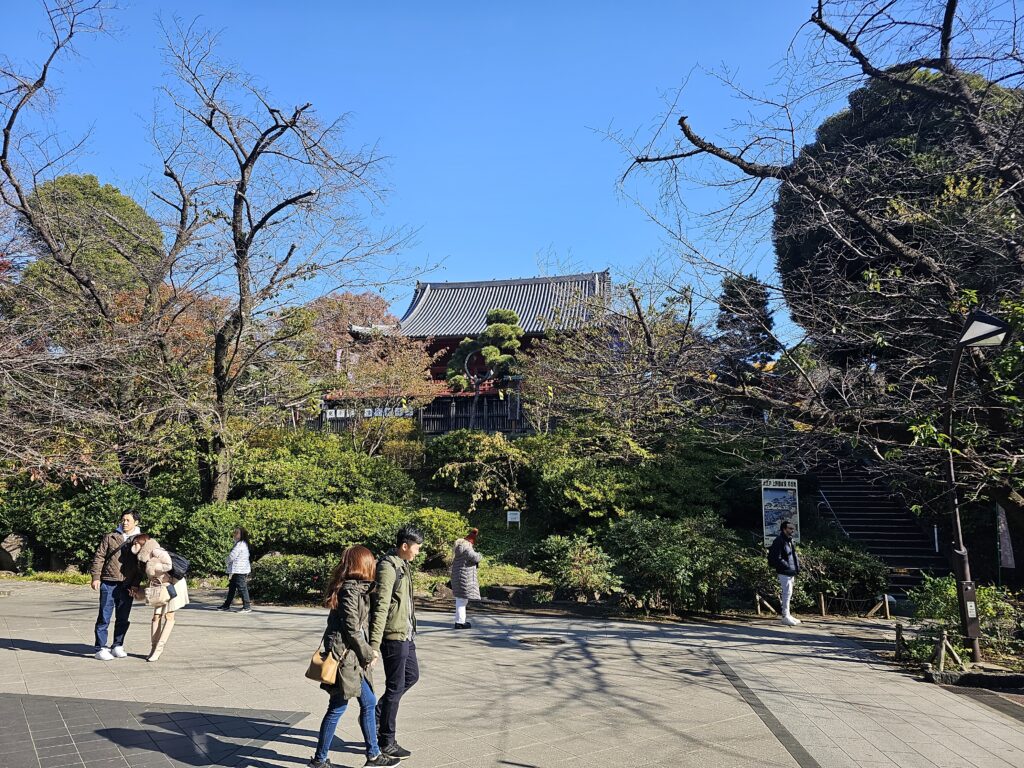
Shinobazu Pond is also found in Ueno Park. It’s a large pond that’s broken up into three different subdivisions: the boat pond, lotus pond, and cormorant pond (where all the ducks and local waterbirds are located).
The park is a very popular place to visit during cherry blossom season since there are over 1000 cherry trees lining the central pathway. You’ll have to use your imagination since I was here in December. But even during this month these particular trees looked amazing.

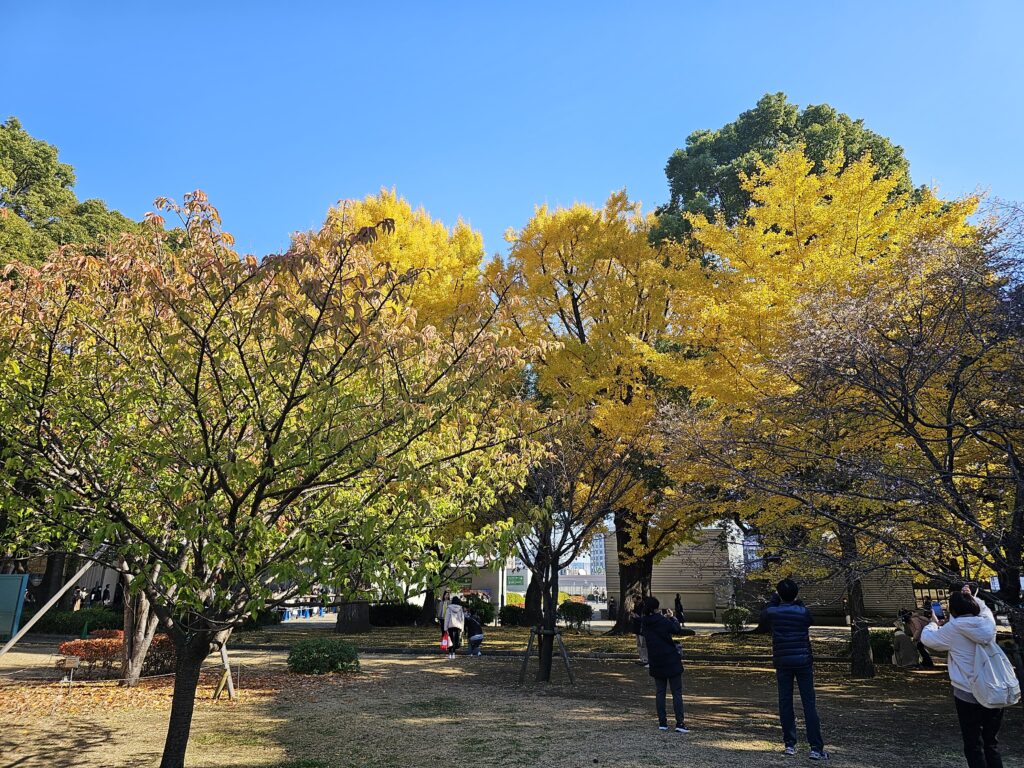
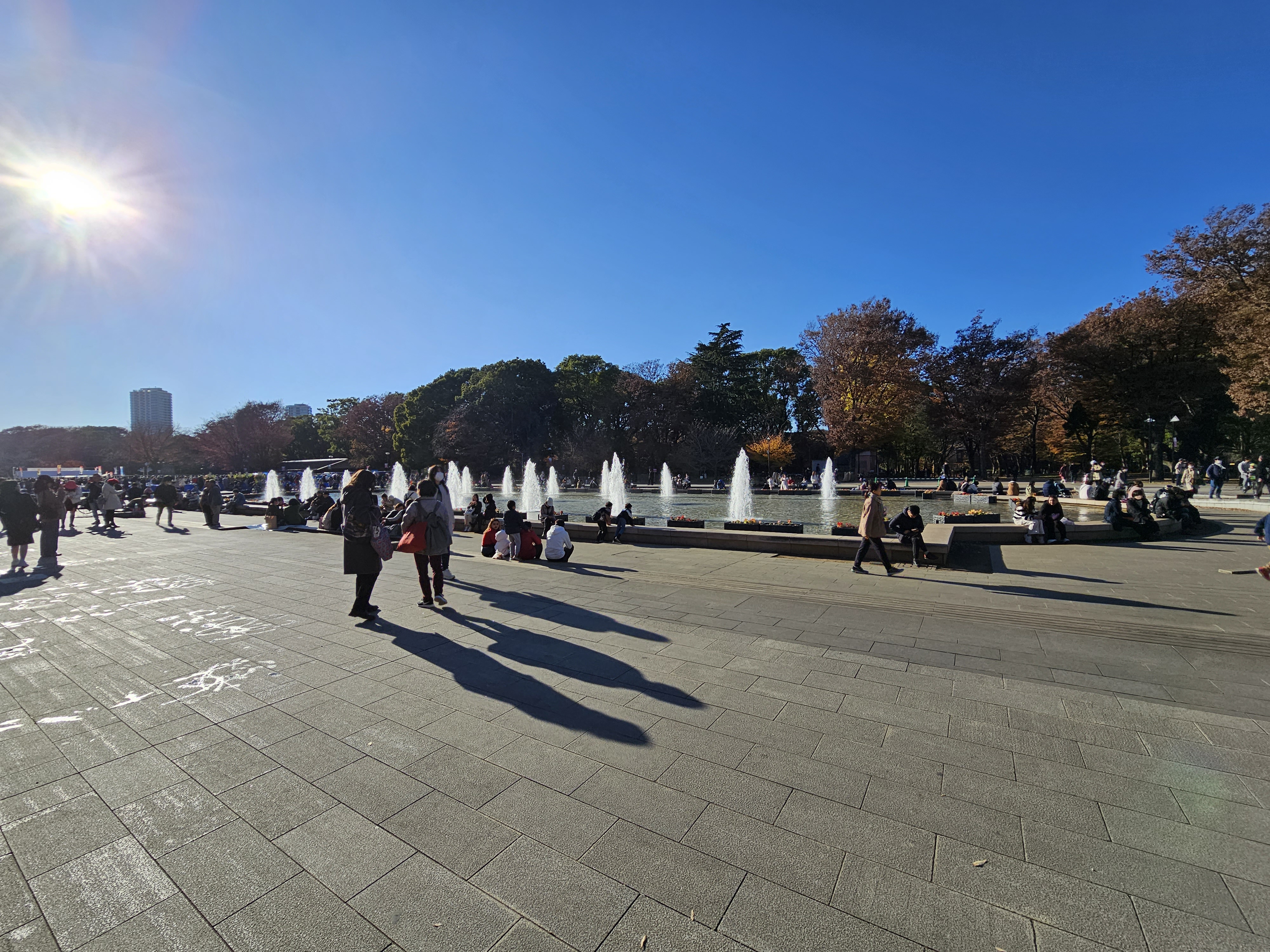
When I went on a Sunday there was a small concert going on and seemed like a koi fish market. The park was busy and people were just hanging out enjoying the nice weather and park. It was great! Overall there’s just A LOT going on at this park. It has a good energy and vibe to it and there’s something for everyone here to enjoy.
You can easily spend an entire day here. There’s just so much to see and do here, especially if you’re a big museum fan.
Meiji Jingu
This isn’t a park per se, it’s a very famous Shinto Shrine located in essentially a forest right in the middle of the bustling Harujuku District. One of the most popular Shinto Shrines in all of Japan, Meiji Jingu is most likely on your list to visit while in Tokyo already.
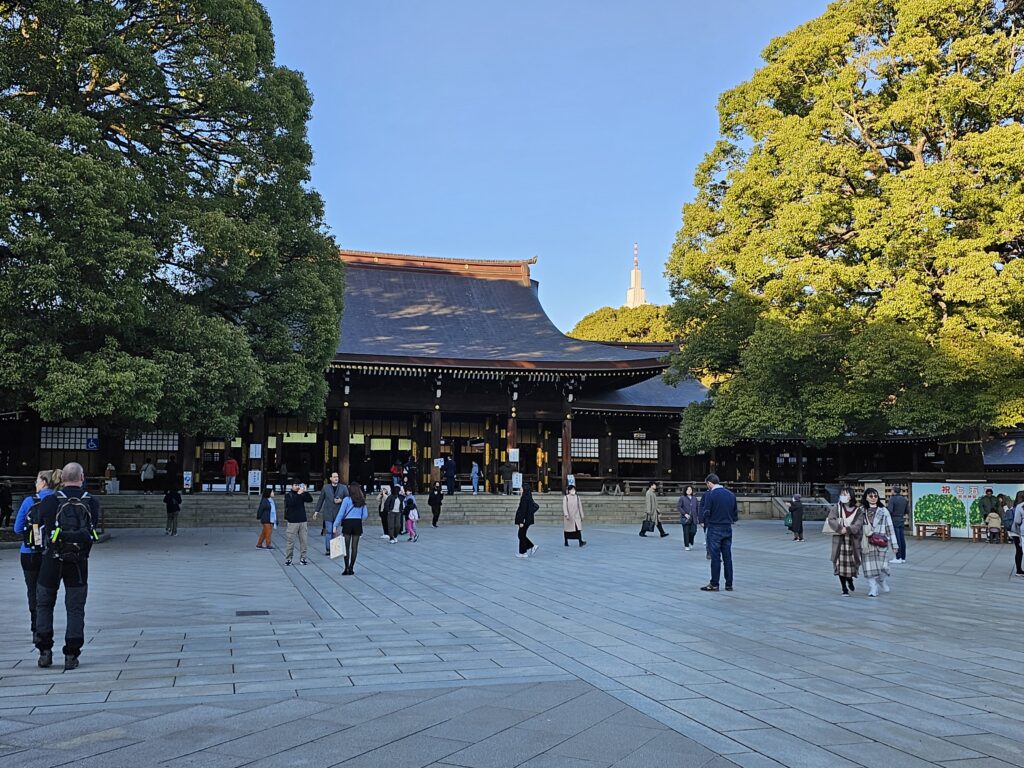
Over 100 years old, the orginal shrine was destroyed during World War II but was rebuilt in 1958. It’s a very impressive shrine and one of the most iconic in all of Japan.
Walking through the massive torrii gate to gain entrance to the shrine grounds instantly transports you from the hustle and bustle of Tokyo to the tranquility of a massive forest.
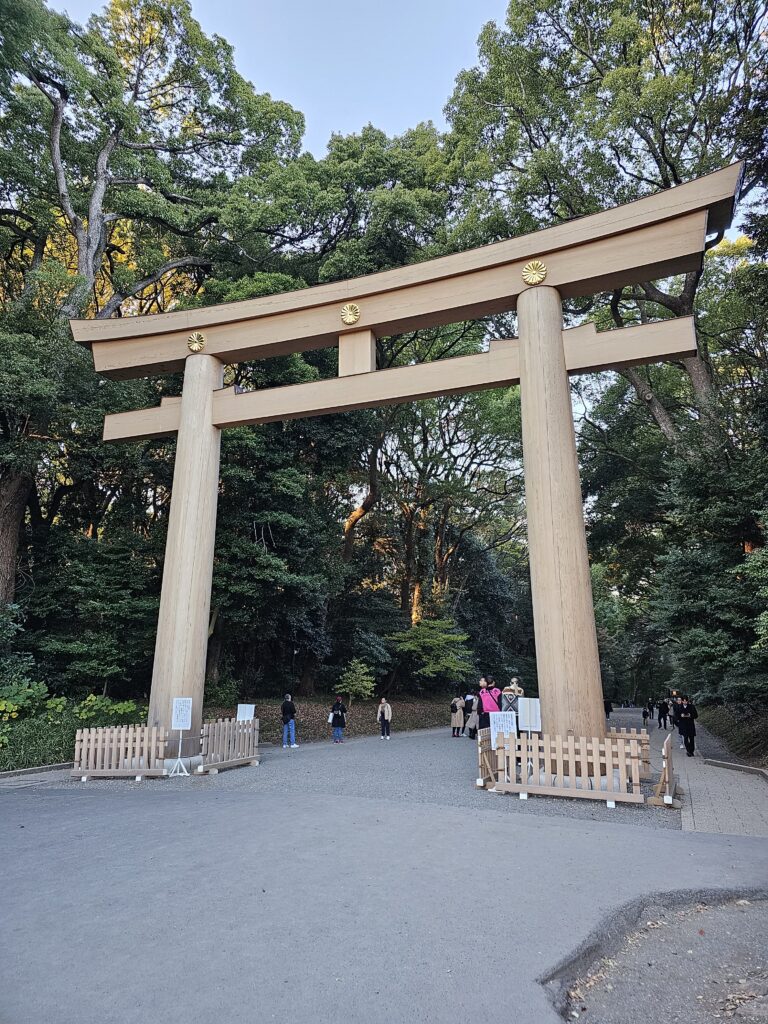
You can’t hear any city noises, can’t see any massive buildings protruding from the treeline, you’re quite literally in a forest…in the middle of Tokyo.
I’ve been here before but was more invested in the walk to the shrine and the shrine itself and didn’t quite take in the beauty of the overall surroundings. There’s over 100,000 trees that were donated from all over Japan that create this city forest. It’s a really amazing walk once you pass through the torri gate and the area in general is amazing, outside of the shrine.
There’s also pathways that stray from the main path to the shrine, so you can wander off as well. These other paths don’t have as many people either so it can be a quieter experience allowing you to further soak in the surroundings.
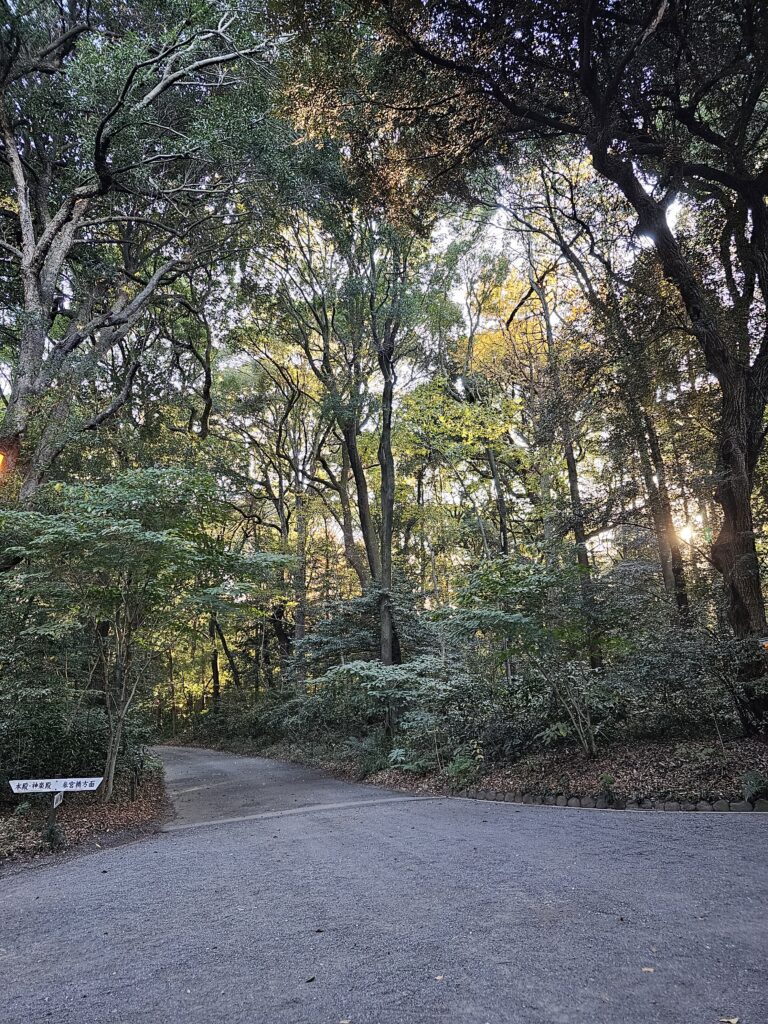
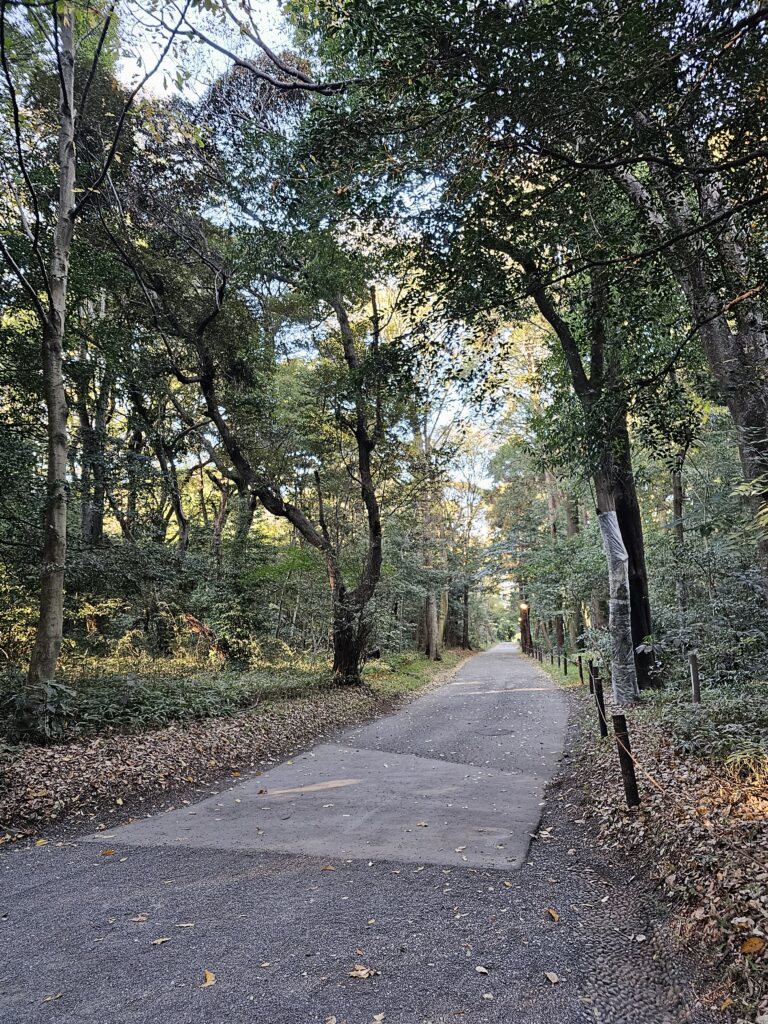
Yoyogi Park
Yoyogi Park is a large spacious park located in Shibuya, right next to Meiji Jingu Shrine. After visiting Shibuya, I happened to walk through it on the way to Meiji.
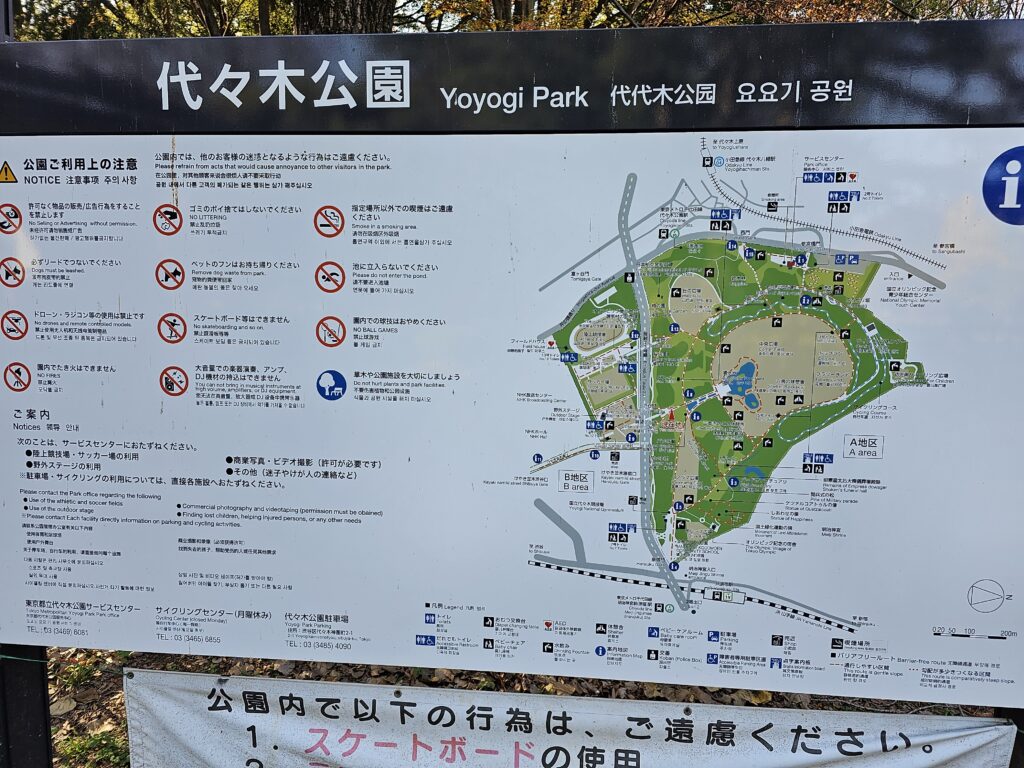
This doesn’t have any spectacular gardens or real standout features. It’s just a massive, pleasant park with huge lawn space, plenty of trees, a large pond, a big dog run, and plenty of space on the pathways for a nice jog or bike ride.
There’s a lot of benches located throughout the park where you can chill at and take a break after visiting Shibuya if you’re walking to Meiji Shrine. It’s a peaceful place.
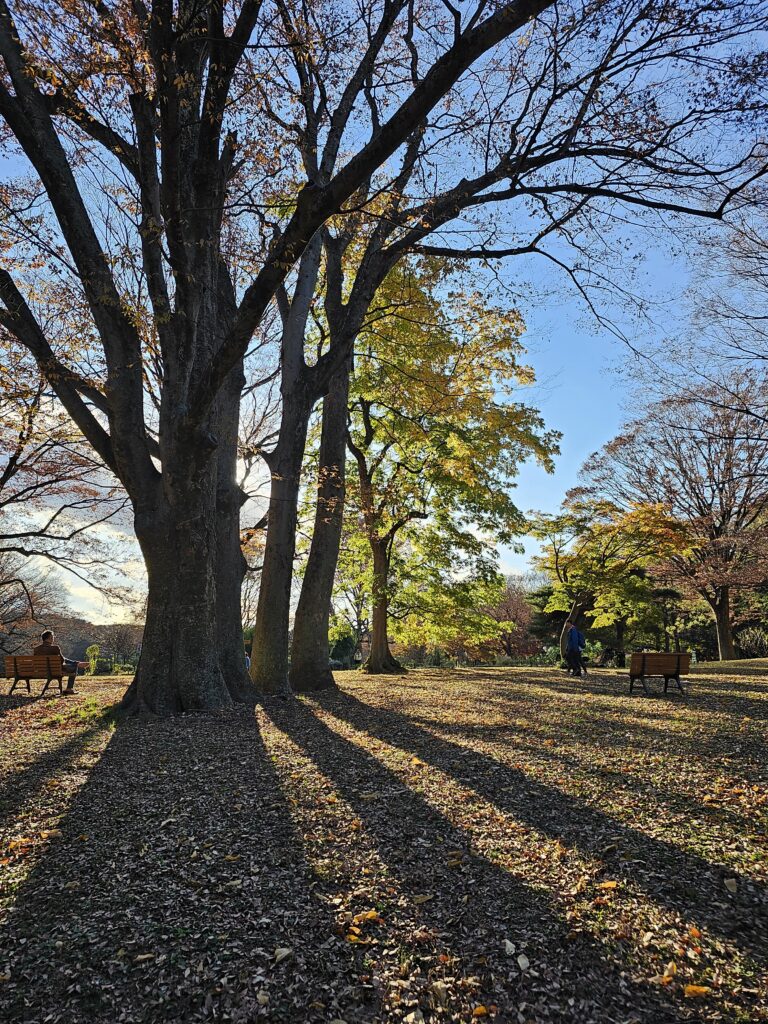
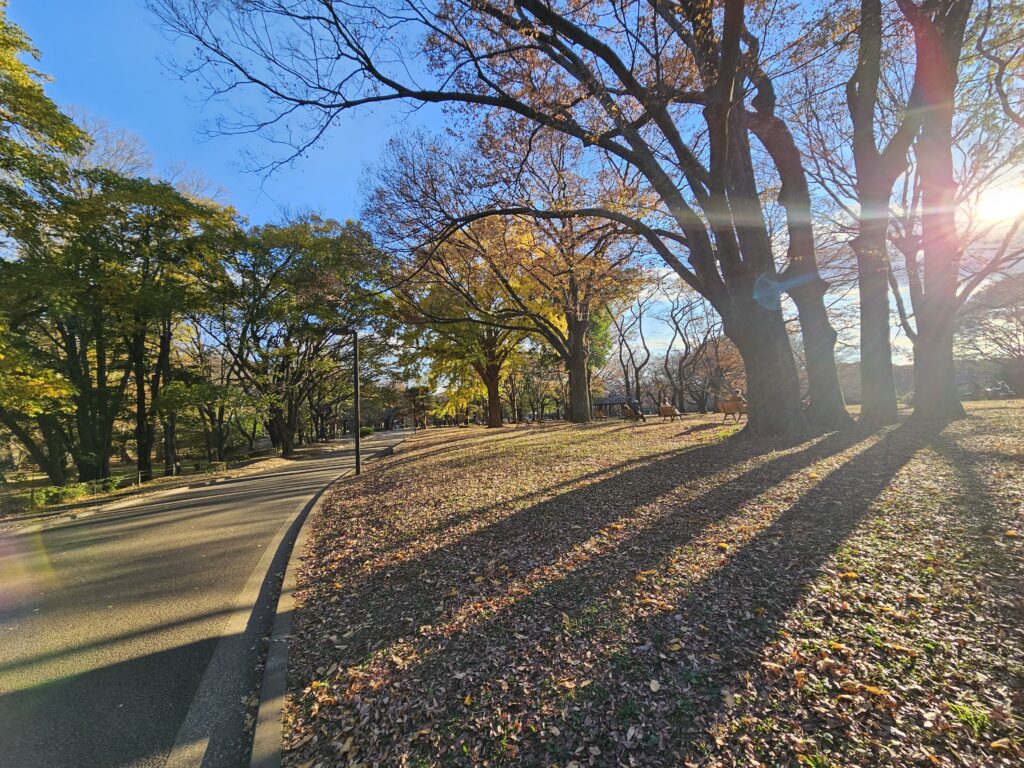
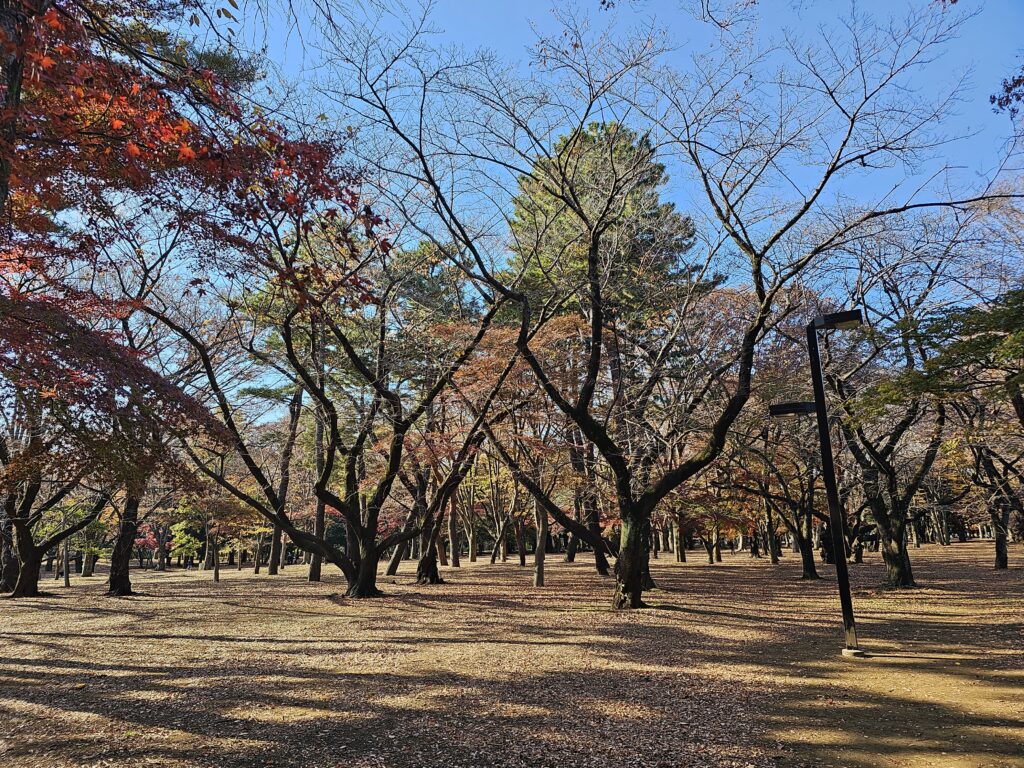
Inokashira Park
Inokashira Park is located in the Kichijoji district which is the western part of Tokyo. It’s home to a zoo and small aquarium and the popular Studio Ghibli museum as well. In the middle of the park the large Inokashira Pond, with bridges that cross over it. Rowing boats are available for rent as well.
The pond is the real centerpiece of the park. It’s massive. There’s plenty of pathways with benches around the pond where you can sit and just enjoy the surroundings. It’s a lively park on the weekend (I went on a Saturday), with a lot of people and families enjoying a nice stroll, jog, or taking their dog on a walk.
But you can also find areas that are more serene and quiet and you can just chill.
Even during December the ambience was quite nice and the trees full of color. Like all of these parks, I can only imagine what Fall and Spring must look like here. It must be amazing!
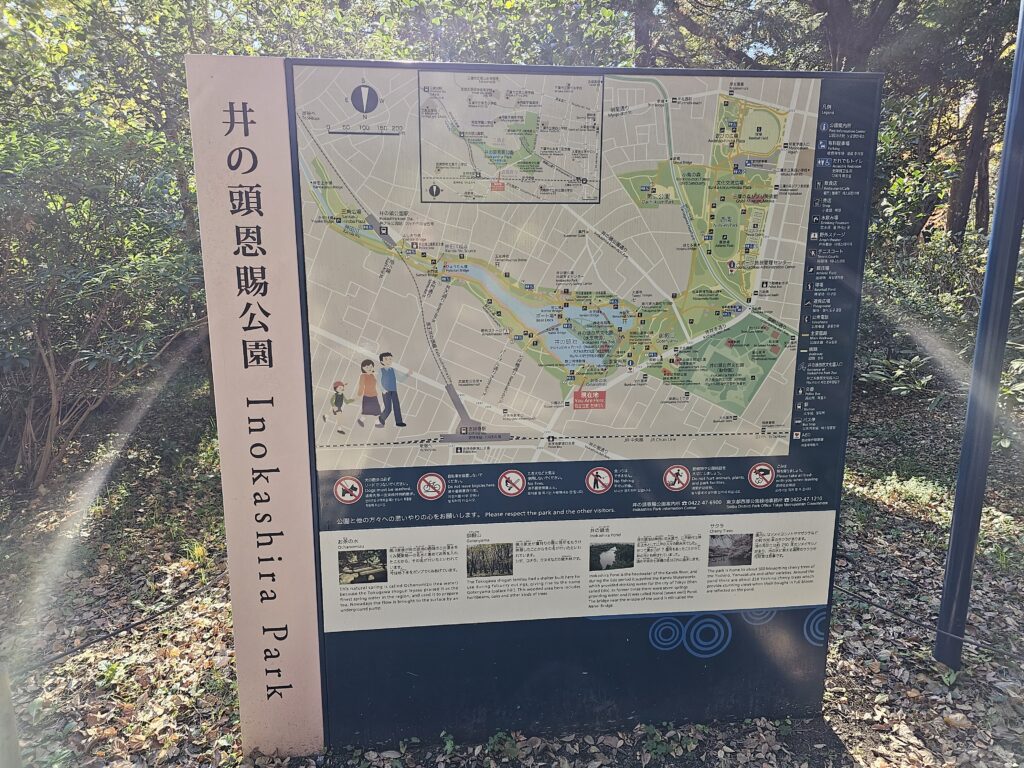
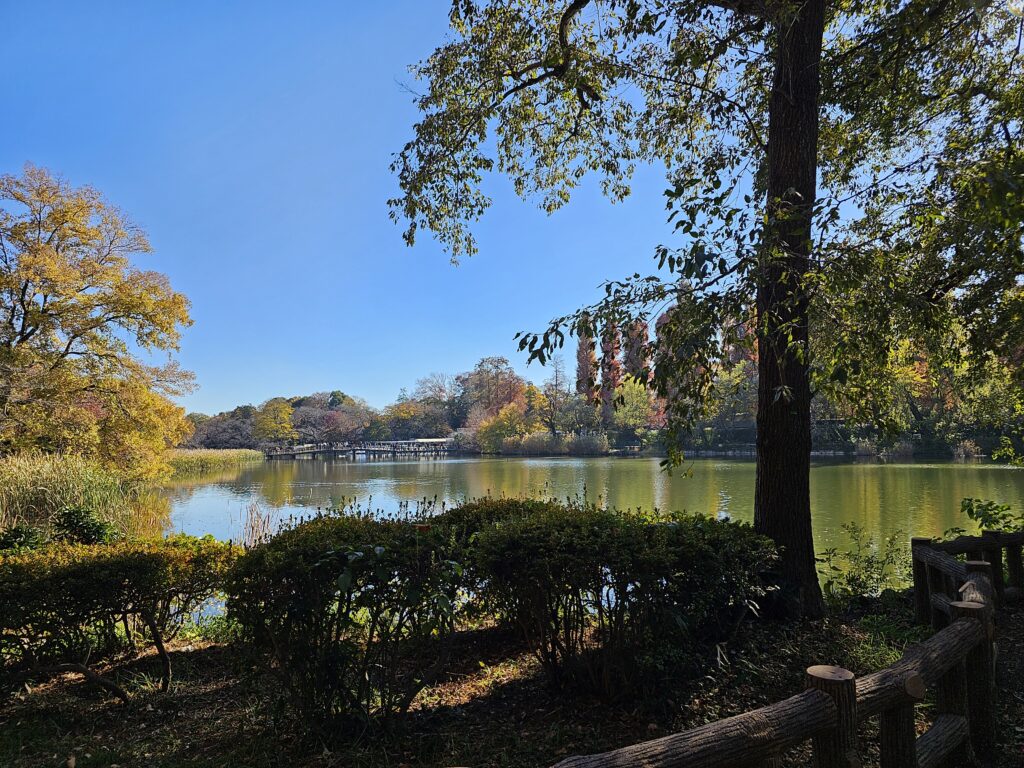
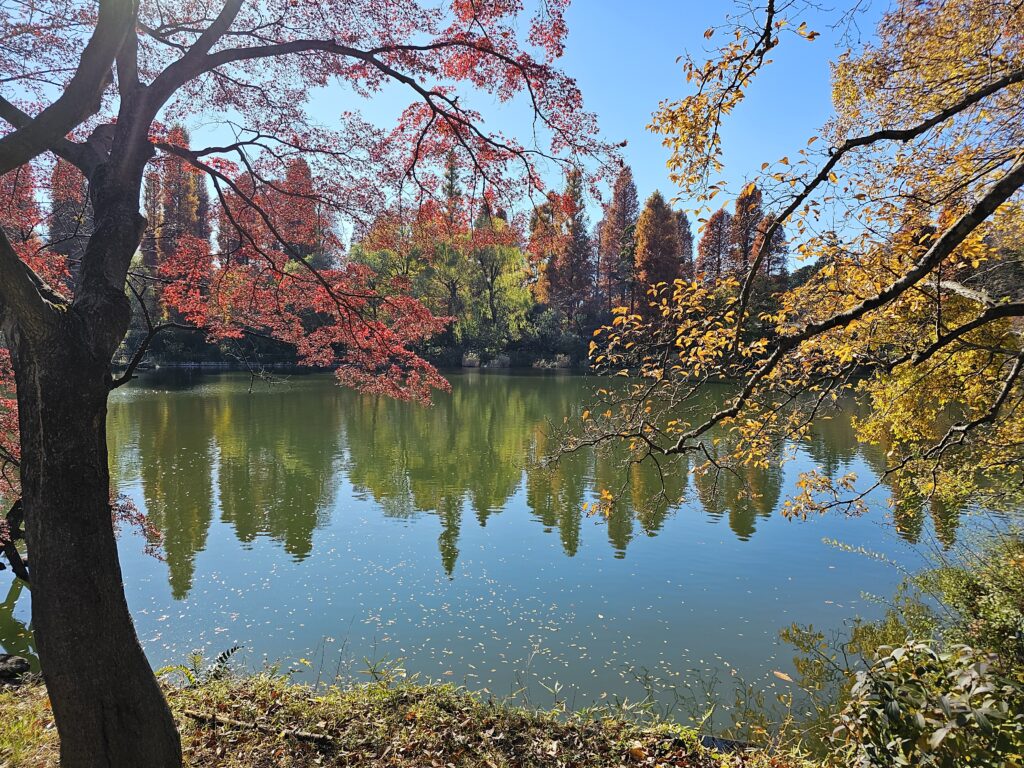
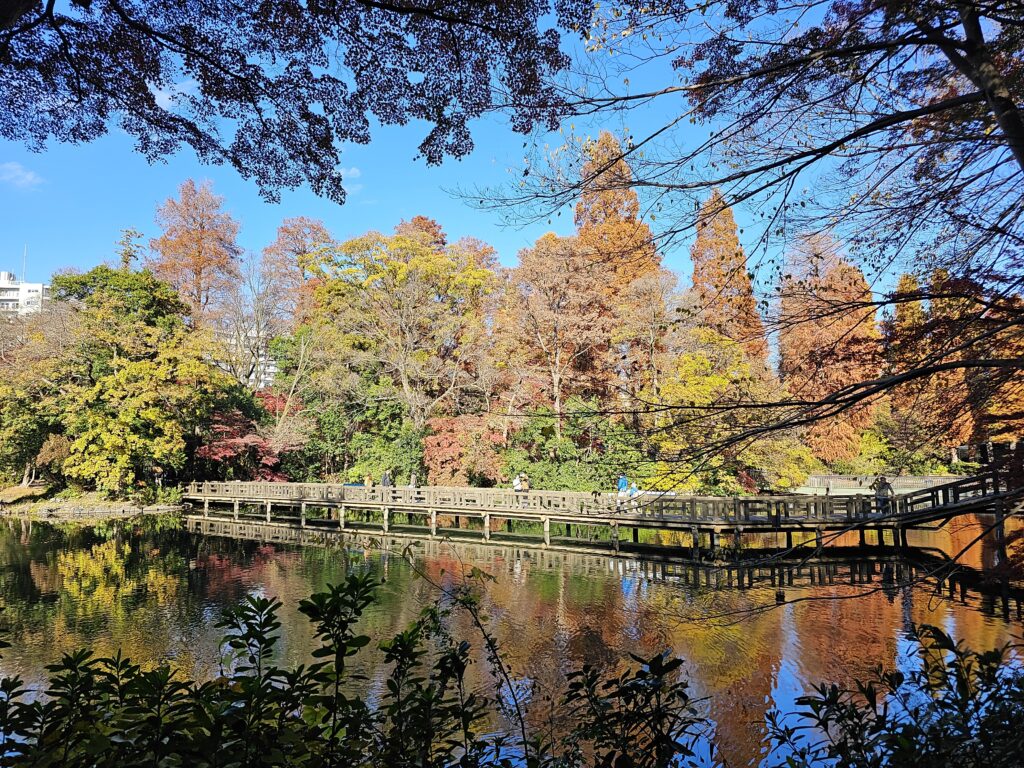
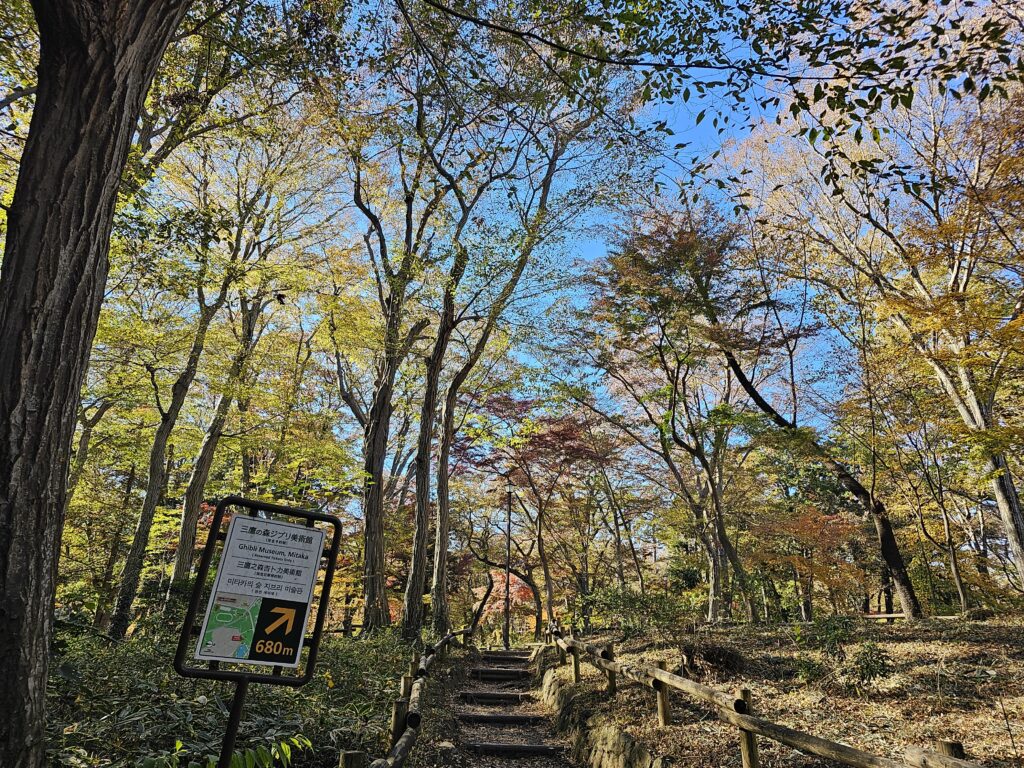
-
Is Odaiba, Tokyo Worth Visiting?
Odaiba is an interesting district since it’s a man-made island in Tokyo Bay. Originially built as a defensive fortress to Tokyo against possible sea attacks back in 1603-1868, it has now evolved into a large enterntainment area. There’s an abundance of shopping in the area with large malls, most notably Diver City Plaza, which has ample restaurants as well. Also, of note, the National Museum of Emerging Science and Innovation is located in Odaiba as well.
The Odaiba station is about a 15-20 min metro ride from teamLab Planets. From Shinjuku Station it would be over an hour. The station is located right next to Diver City Plaza and the below attractions which makes it a very convenient location.
Three of the biggest attractions in the area are listed below.
Rainbow Bridge
Rainbow Bridge is a two-story bridge which connects Odaiba to Tokyo. It lights up at night and is supposed to be quite the sight. There’s an area in Odaiba with a great platform walkway around the area which is nice to be able to walk around to take in the sights. The view of the bay and the bridge here is spectacular. I imagine at night this view would be even better. The walkway leads down to the bay as well and there’s a paved path to stroll around.
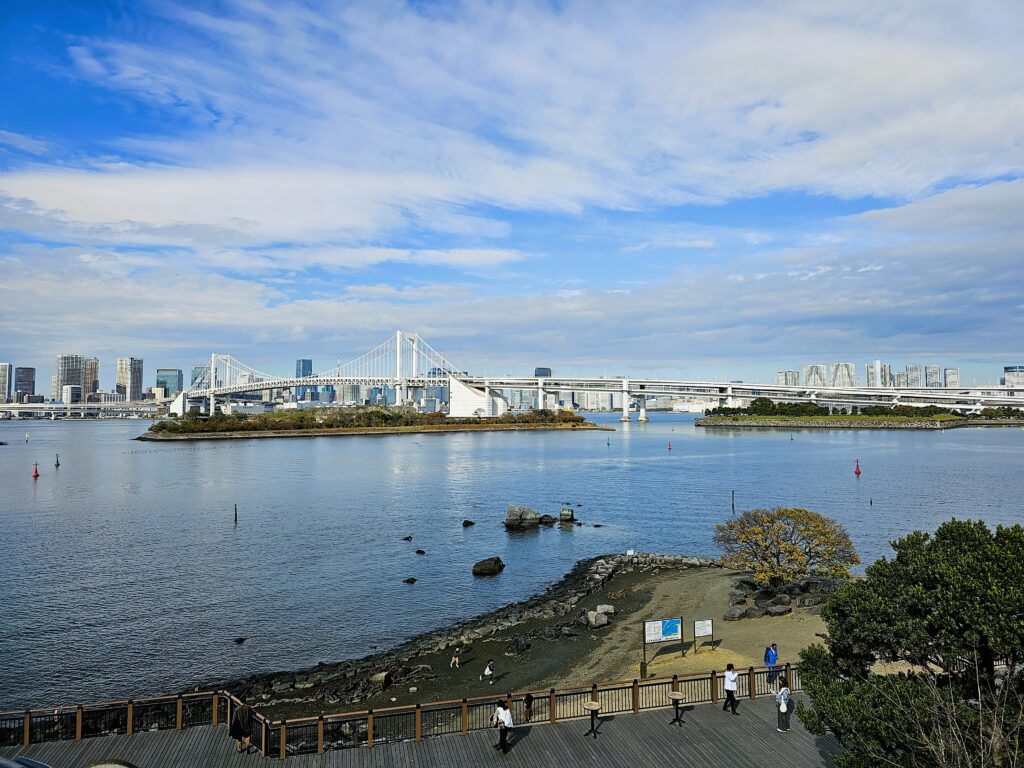
Rainbow Bridge Replica Statue of Liberty
Located in front of the Rainbow Bridge is a replica of the Statue of Liberty. Originally placed here to celebrate Japan’s ties with France back in 1998, the statue proved to be quite popular. In a sign of goodwill, France gifted Japan a replica of the statue in 1999 where it has remained since. The statue stands 40′ tall, about 1/7th the size of the Statue of Liberty in New York.
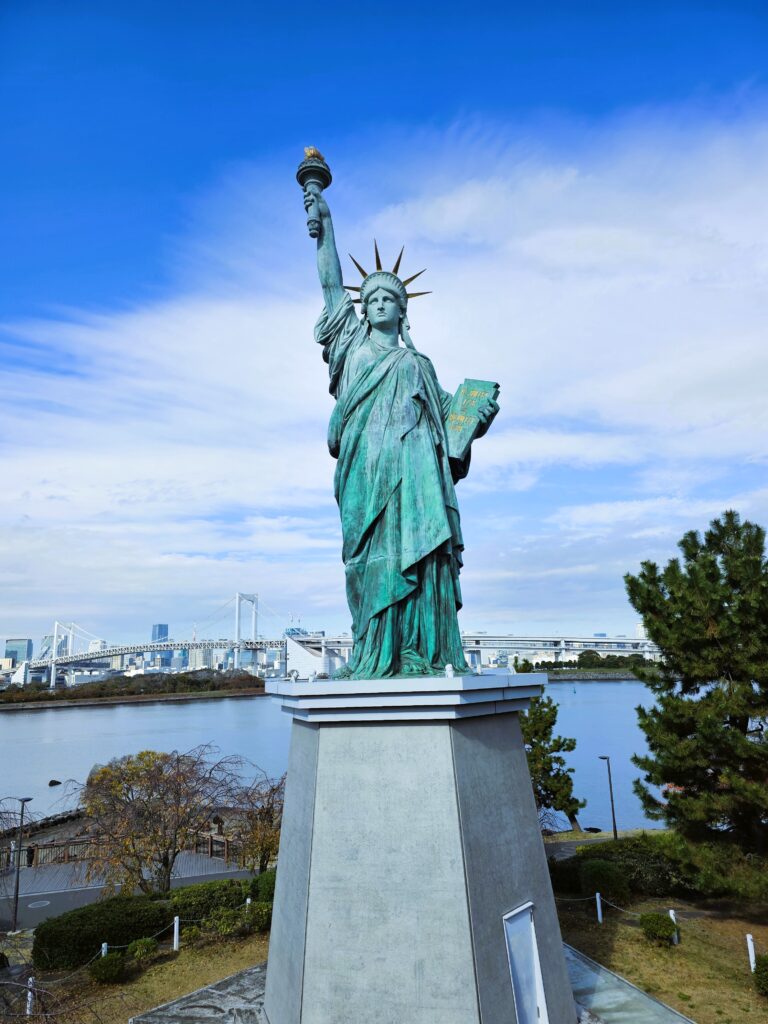
Replica Statue of Liberty Unicorn Gundam Statue
In my opinion, the coolest attraction in Odaiba is the “life-sized” Unicorn Gundam statue standing 19.7 meters tall. This is a full-scale statue of the RX-0 Unicorn Gundam.
The statue itself is very impressive. Even without any knowledge of the series, I was still blown away. The level of detail on the statue is really amazing. If giant robots really existed, surely this is what they would look like!
Nine times a day the statue goes into “destroy” mode and its frame expands and glows pink. This includes an accompanying light and sound show as well!
The schedule is listed below.
Daytime show: 4 times/day: At 11 am, 1 pm, 3 pm, 5 pm
Nighttime show: 5 times/day: At 5.30 pm, 8 pm, 8.30 pm, 9 pm, and 9.30 pm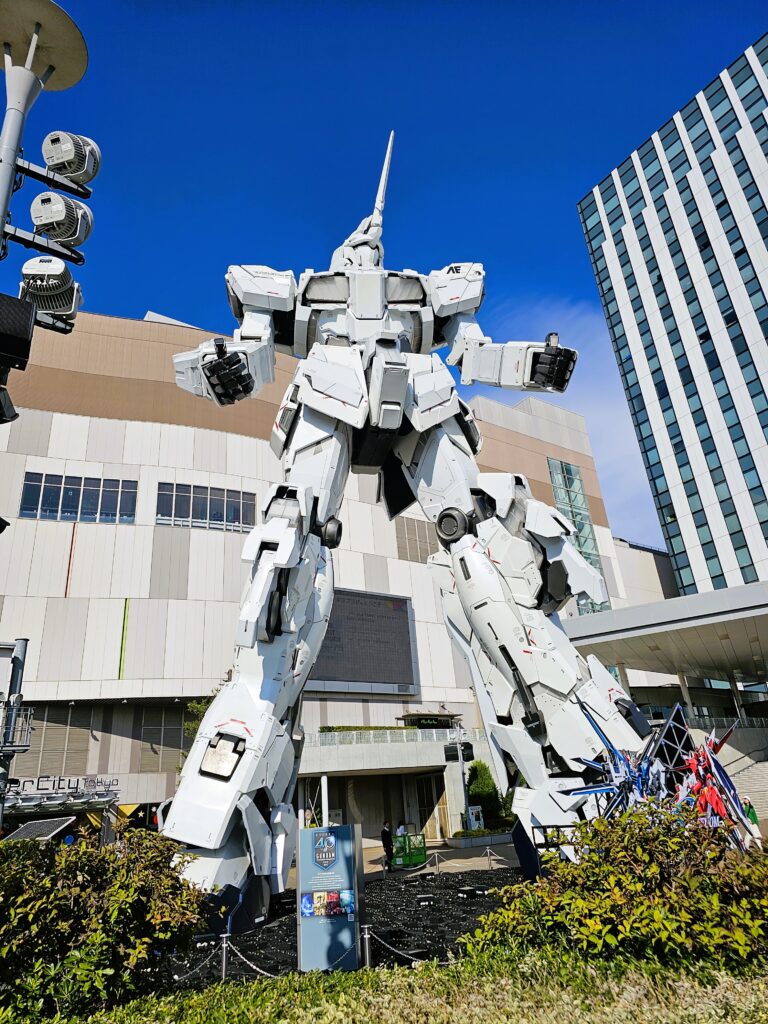
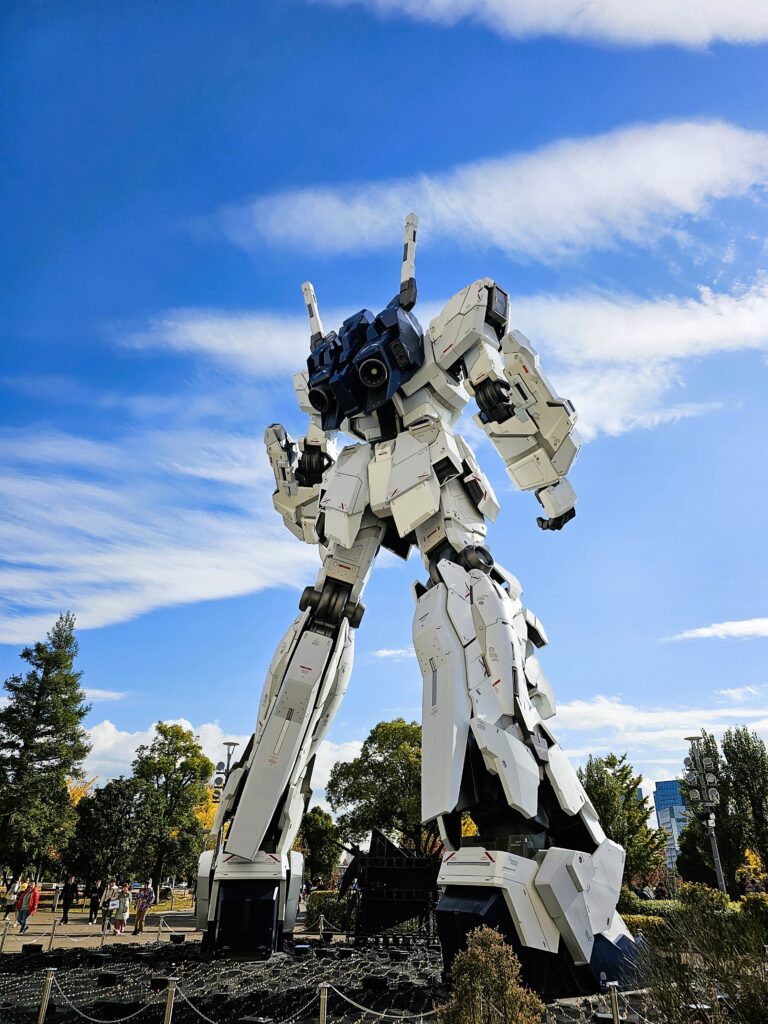
So…Is Odaiba Worth Visiting?
If you’re a Gundam fan or just someone that’s into nerdy stuff like giant robots (like myself) than yes! It will be worth it. The Gundam statue is captivating. You can truly admire and appreciate the level of detail that was put into it. I missed the transformation to “destroy” mode but it’s certainly something I’d love to see in the future.
If you’re in the area due to having visited teamLab Planets, have somewhat of an interest in seeing the Gundam statue, than it’s worth the short trip to visit.
The walk way around the replica Statue of Liberty and view of Rainbow Bridge is great, but I wouldn’t come here just to see those attractions. They aren’t worth the trip solely to see, in my opinion.
The shopping as well, namely Diver City Plaza, wouldn’t move the needle for me. There’s a ton of other massive malls in Tokyo that aren’t quite so far away from Central Tokyo.
So bottom line is if you’re not a fan of Gundam or giant robots, than I wouldn’t make the trip out to Odaiba. Although it’s a cool area, it’s a little ways out of the way. If you only have a few days in Tokyo to explore, it most likely is not worth your time.
-
When NOT To Trust Google Maps In Japan
When traveling most anywhere in the world, nothing is more useful than Google Maps. The ability to provide directions in a totally foreign environment cannot be understated! It’s something we take for granted in this day and age but Google Maps is a lifeline when traveling. I cannot imagine trying to get around without it. That’s also including domestically!
In a country like Japan with its vast infrastructure, which you’ll no doubt be using quite often, Google Maps in Japan is a true lifesaver. With it listing all the different subway lines, the platform the subway line will be on, when to get off and transfer to another line, what exit to use, it’s all extremely, extremely useful.
99% of the time you can mindlessly follow the directions and not even really think twice about it. There are certain occasions where, if you aren’t paying attention, can lead to some delays or confusion while using the subways.
I ran into this a couple times while traveling in Japan. I thought I’d write something to help others out who may be traveling to Japan.
When Google Maps Can Get Confusing
Example #1
One example is below from Tokyo:
This was my route when I was on the way to the airport to fly home:
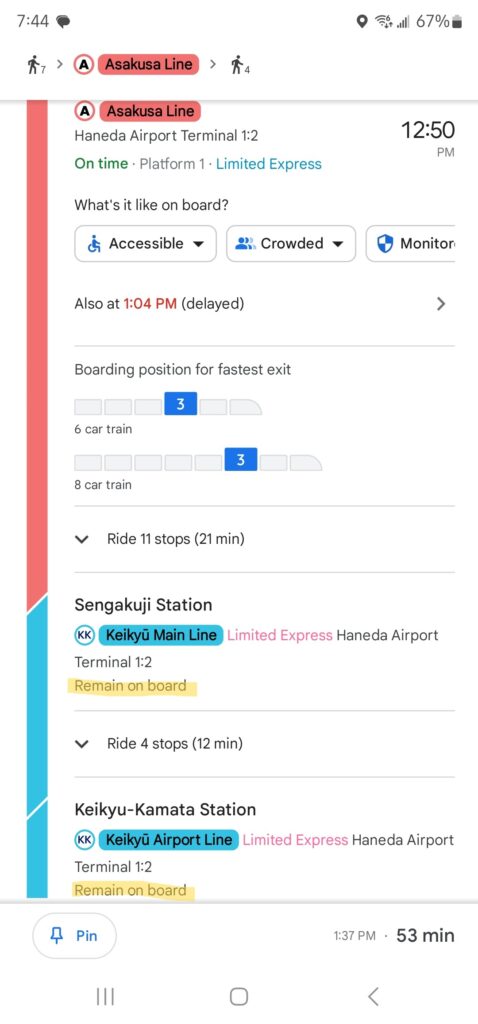
It seems pretty straight forward. Only one line is listed – the Asakusa Line. BUT the confusion lies (at least for myself) with the highlighted “Remain on board”.
The overall directions tell you to stay on board when you get to Sengakuji Station. But it also lists the Keikyu Main Line.
The overall directions don’t list this, stating only the use of the Asakusa Line. Does the Asakusa line turn into the Keikyu Main Line? Do you need to exit the subway and get on another platform to catch the Keikyu Main Line?
Fortunately, this was the tail end of the trip for me. At this point I was always on alert when Google Maps said to “Remain on board”, which I’ll explain below.
The Japan subways do an excellent job of making announcements calling out what lines you can transfer to as you approach each station. They also make announcements in English.
If you aren’t paying attention, or are just staring at Google Maps, it’s pretty easy to miss these call outs though.
Fortunately from past experience, I was definitely paying attention on this trip and was able to hear that the Keikyu Main Line was indeed a totally separate line which required me to leave the Asakusa line. The same for the Keikyu Airport line. This was a separate line than the Keikyu Main Line.
If I hadn’t been paying attention I would have stayed on the Asakusa line and then figured out I was supposed to transfer to those other lines after a few more stops. I would have had to back track and get back on course.
That’s a pain in the butt and time consuming. Especially with me needing to catch a flight.
Example #2
For this example I don’t have a screen shot of the directions. However, this happened in Osaka on the Osaka Loop Line, which JR West operates. It runs in both a clockwise and counter clockwise loop and hits 19 stations. It’s a very useful line to use while in Osaka.
Similar to my previous example, Google Maps told me to take the Osaka Loop Line and to stay on board at a certain station. Unlike the first example there were no other subway lines listed at all. It appeared that I should remain on board when the train stopped. This time I wasn’t paying attention to the announcement at all figuring that after this stop the train would continue on its clockwise journey.
This wasn’t the case. After sitting on board for about five minutes the train departed…but in the direction it had come from.
It was an easy correction. I got off at the first stop and refreshed Google Maps and re-boarded the correct line. There were a few other tourists on board who most likely were using Google Maps as well who did the same thing I did.
Takeaways
- If you see a totally different subway line listed on the Google directions and it’s telling you to “stay on board”, than really pay attention to the announcements. Like I mentioned, there will be an announcement made prior to every station stop about what lines you can transfer to at what station.
- If you missed the announcement (sometimes it can be noisy and you might not hear or may not have been paying attention) you can always get off at the station in question to get your bearings.
- New subway trains come by quite frequently and you can always hop on and off to figure things out.
- The lesson from Example #2 is if the train stops for an abnormal amount of time, most if not everyone gets off board, then you should most likely double check / refresh Google Maps or exit the train entirely and make sure the directions are correct.
- Also, don’t be afraid to ask! People in Japan are incredibly friendly and helpful and will likely help point you in the right direction.
The Japan subways are really amazing and incredibly helpful to shuttle you around the city. They can be overwhelming initially but in due time you grow accustomed to them and gain a better understanding of what Google Maps in Japan is telling you. You got this!
-
teamLab Planets Is A Must See Attraction In Tokyo
What Exactly Is teamLab Planets?
There’s a LOT to see and explore within Tokyo. Without a doubt it will be difficult to fit everything in on your first visit. However, one attraction I HIGHLY recommend working in to any trip to Tokyo is teamLab Planets.
teamLab Planets is a digital art museum located in the Toyosu district that includes nine highly immersive exhibits that are a sensory delight.

You’ve most likely seen pictures of it on IG. This place was destined to be an Instagram darling. But nothing can quite prepare you for seeing it and experiencing it yourself. It truly is a mesmorizing experience, regardless of age.
What To Know Prior To Going
You can either be purchase tickets online or use onsite vending machines. I’d advise to purchase ahead of time, to be able to select an available time of your choosing. Time slots, generally in the morning, can sell out.
The good thing is the museum is open from 9:00 – 22:00 and tickets are sold in 30 minute intervals. So there’s plenty of timeframes available. That’s quite late for a museum which works out well since
Below, you will find the listed pricing. Prices do get slightly more expensive on the weekend, so that’s something to consider if planning on going.
Adults (18 and over) 3,800 Yen / $26.23 USD (4,200 Yen / $28.99 on wknds) Junior High School / High School 2,300 Yen /$15.88 (2,800 Yen /$19.33) Children (4-12) 1,300 Yen / $8.97 (1,500 Yen / $10.35) Under 3 Free Disability Discount 1,900 Yen / $13.12 (2,100 Yen /$14.50) - You will be walking barefoot through this art museum. When first entering the museum, they will usher you to a large locker room where you can store your shoes and belongings.
- There will be certain areas where there’s shin / knee deep water so you’ll want to either wear shorts or pants that you can roll up to your knees. They do supply shorts, if needed, for free and there’s a changing room.
The Experience
The below aren’t all of the exhibits, just a few. The others I found to be a little difficult to get decent photos of due to the movement or there just being a boatload of people. Yes, there will be A LOT of people, which should be expected.
I won’t spend too much time on the experience or the actual exhibits since pictures and words can’t really do the actual experience justice. Walking through the first exhibit really sets the tone and builds excitement for the rest of the museum and it doesn’t disappoint!
It will take a couple of hours (largely dependant on how long you want to linger to enjoy each exhibit) to walk through the exhibit.
The “garden” exhibit is separate from the rest of the exhibits and you’ll only get three minutes to enjoy it. I wish it were longer but get why it’s only three minutes. It’s quite mesmerizing and peaceful and people would certainly linger for extended periods of time. It’s a fitting finale to a truly memorable exhibit that you won’t soon forget.
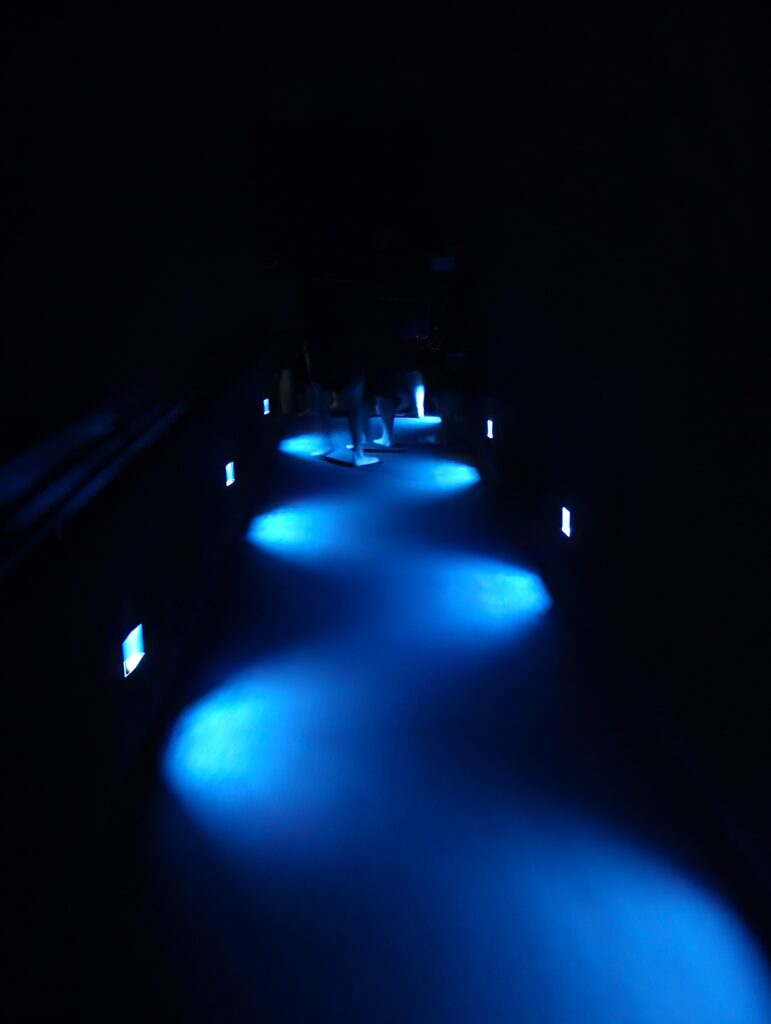
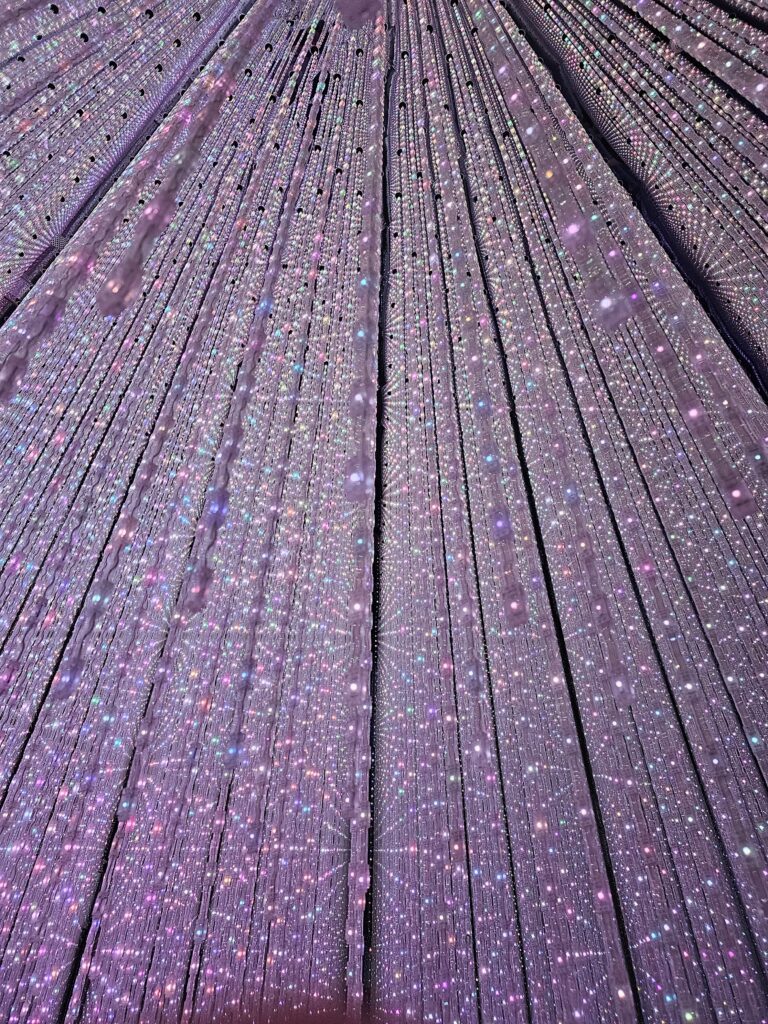
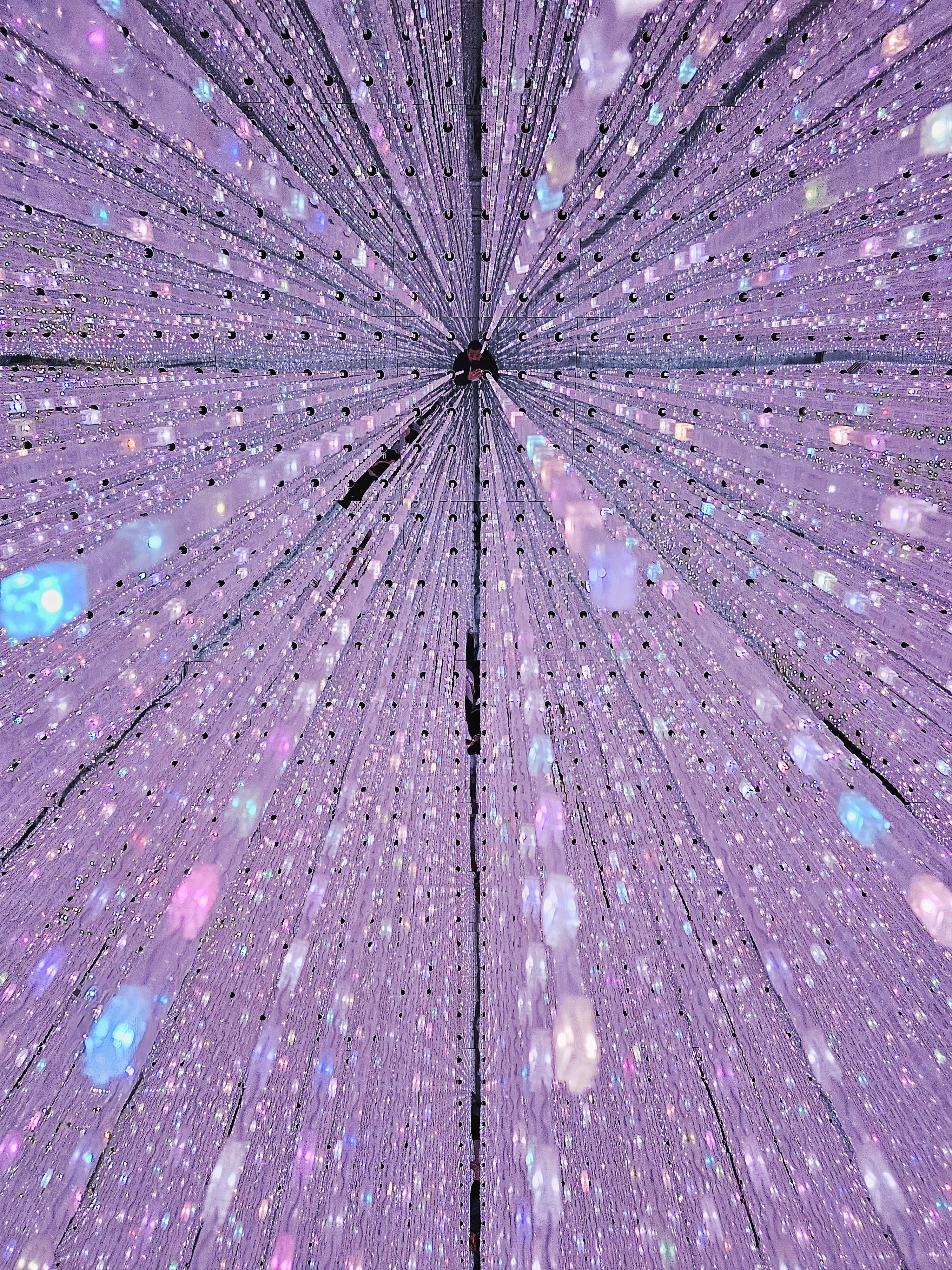
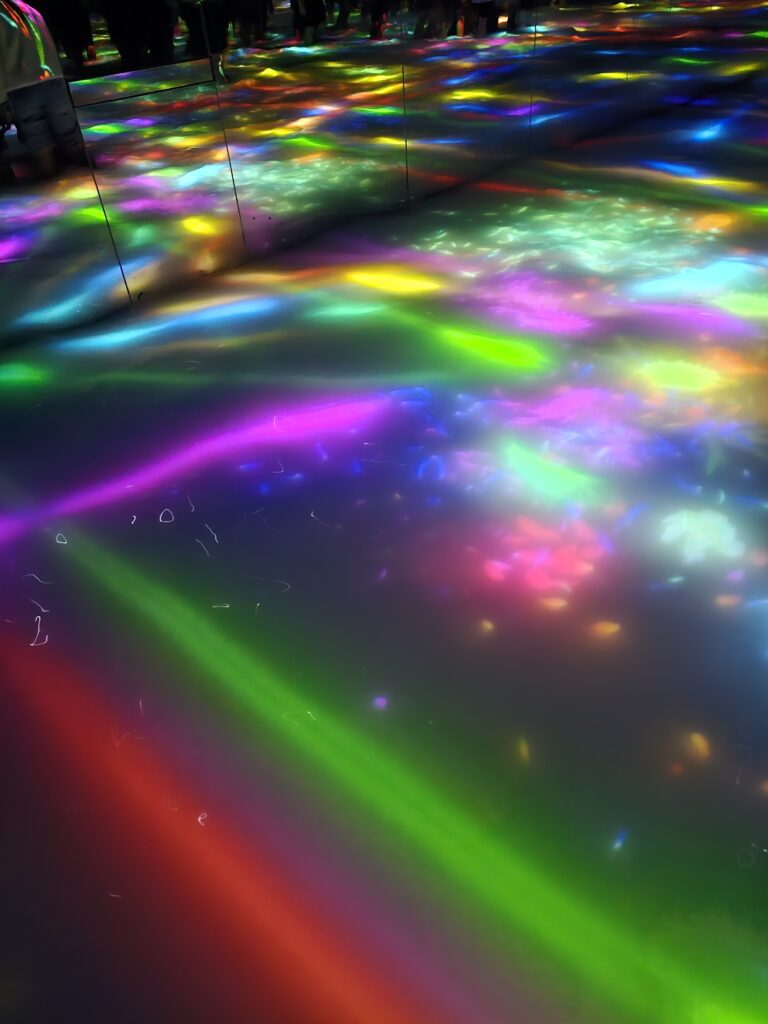
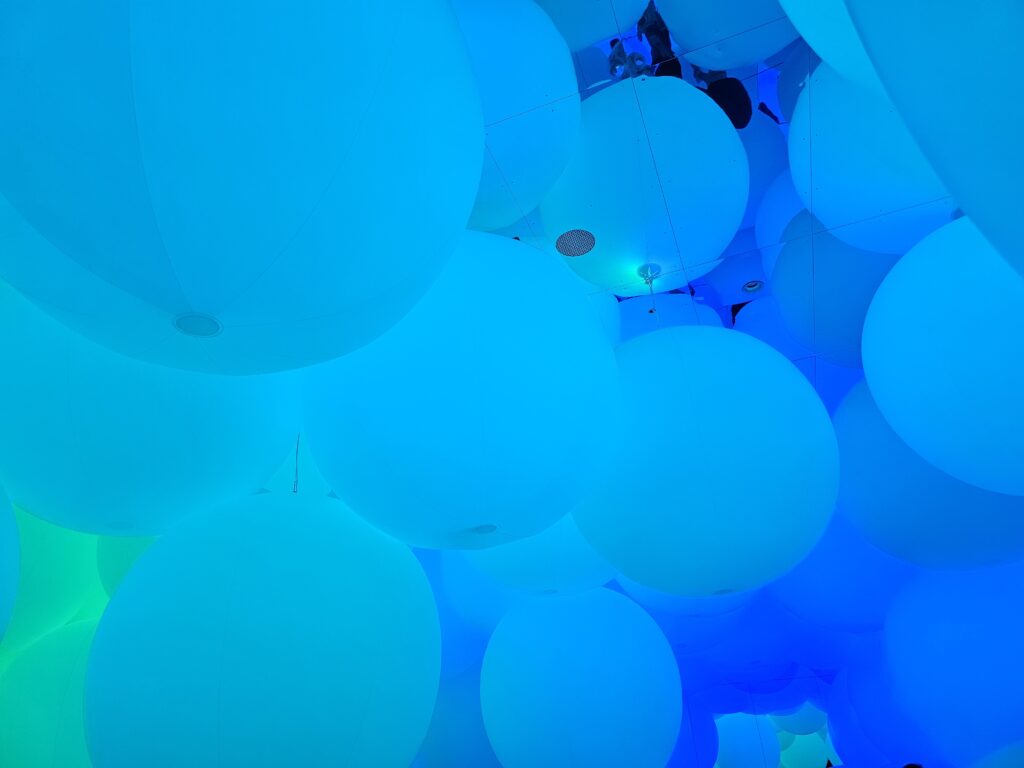
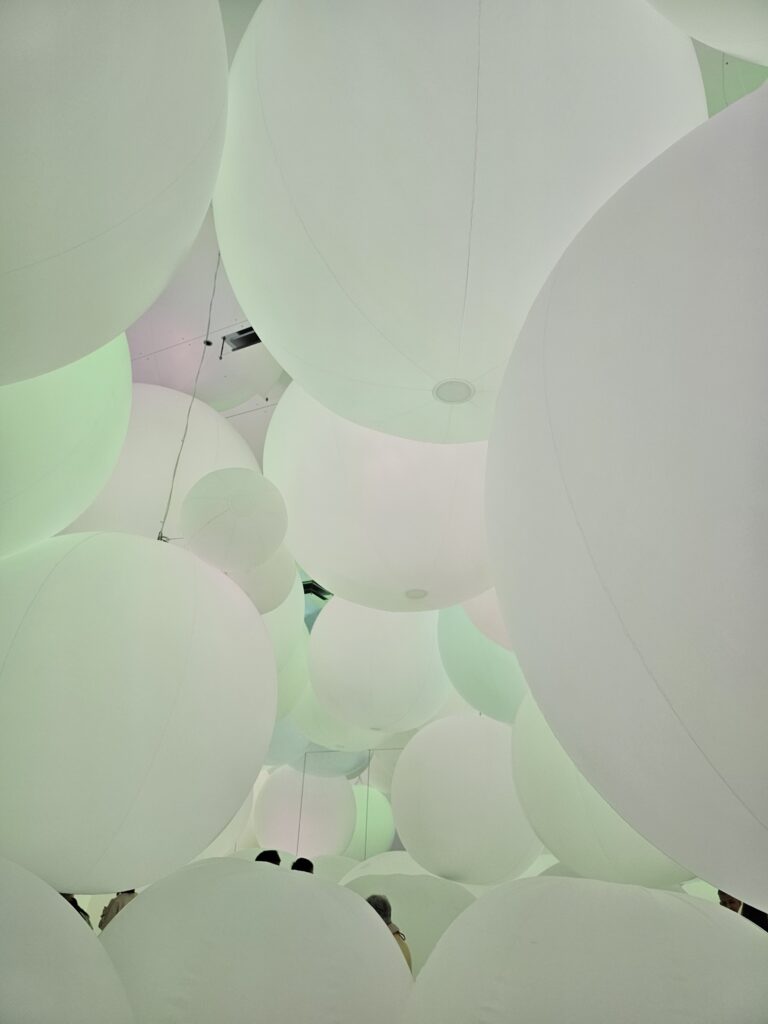
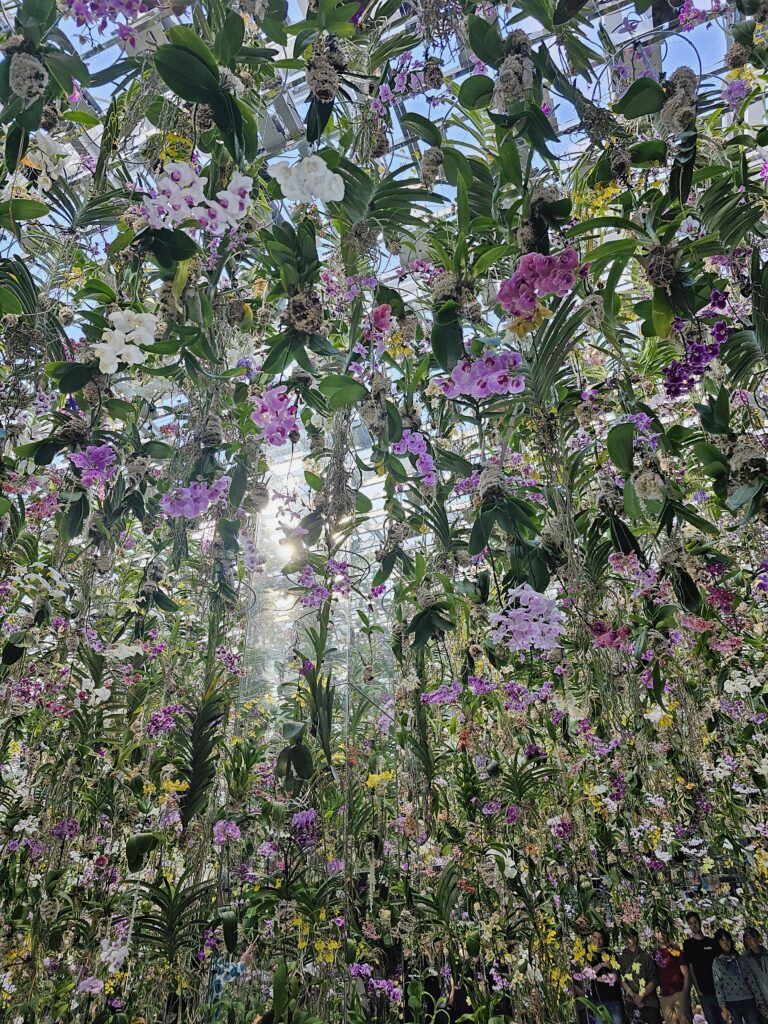
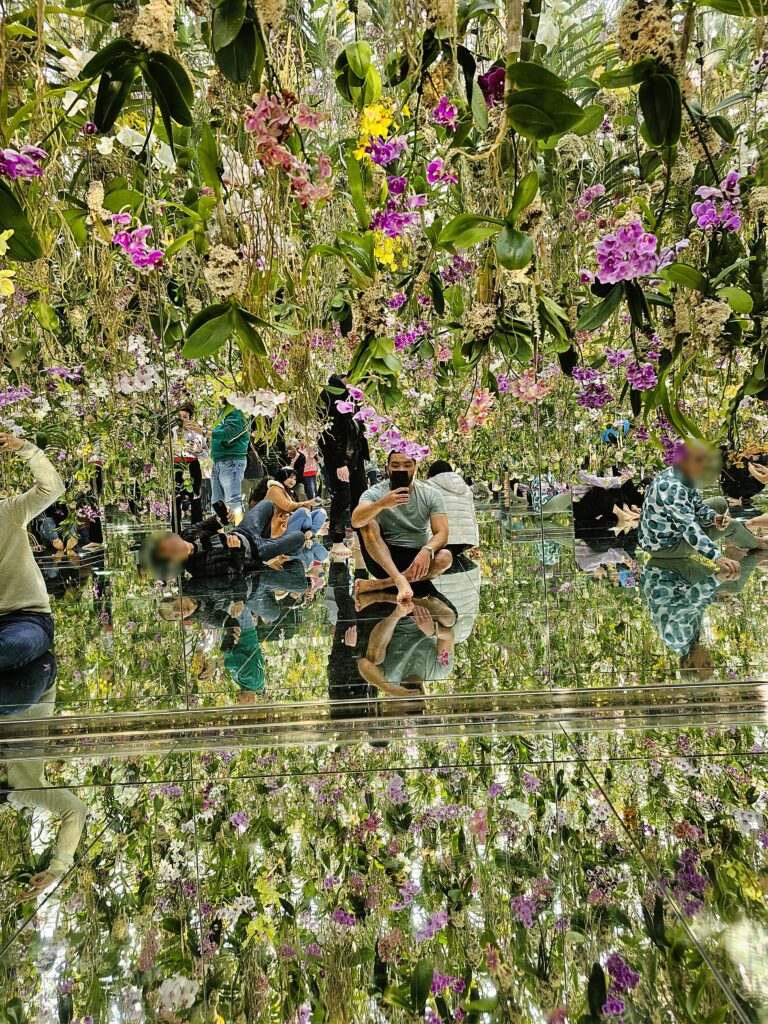
-
How Expensive Is A Three Week Trip To Japan?
When thinking of traveling to a new destination one of the first things people are going to look at is how expensive is it to travel there? Japan has always been a very popular destination for travelers and was often looked at as being a very expensive trip. This may have been the case years ago but with the yen struggling, it’s made a vacation to Japan very affordable. How affordable? That’s totally dependent on what country you’re coming from, how you want to travel, where you want to stay, and what you want to eat.
I went during a non-peak season – during December – which made the three week trip to Japan more affordable as well. I went with the intent on having fun but not looking to spend gobs of cash so I’d say I was looking at a mid-level budget.
Transportation
The most expensive cost, of course, will be the flight to Japan. But since everyone is flying out of a different location I’ll leave that out and just breakdown the total I spent during my three week trip to Japan.
Withouth the flight I spent a total of $526 USD. That amount includes the two week Japan Rail (JR) Pass I bought (pre-Oct 2023 price increase) for $318, and the Pasmo card and all the money I loaded onto it (used for subways, buses, street cars, etc) for $101 and one domestic flight from Sapporo to Osaka ($107).
The JR Pass dramatically increased in price in October 2023 and will most likely not be worth getting at this point, unless you plan to take a LOT of Shinkansen (bullet) trains over the course of your trip. Public transportation is very cheap and is the best bet to get around efficiently and cheaply. There are taxis available and Uber works as well, so those are viable options but will be much more expensive. Also, domestic flights are pretty cheap as well so they’re something to consider if Shinkansen prices seem high.
Accommodations
For my three week trip to Japan I spent $1178 on lodging. I stayed at budget hotels essentially the entire time. I didn’t stay at any hostels or capsule hotels nor any five-star hotels. I stayed at all three-star hotels which are quite affordable, clean, and nice. Sure, the rooms are the size of a closet but I didn’t spend much time in the room so it really didn’t matter. What did matter was the price point for me during this particular trip.
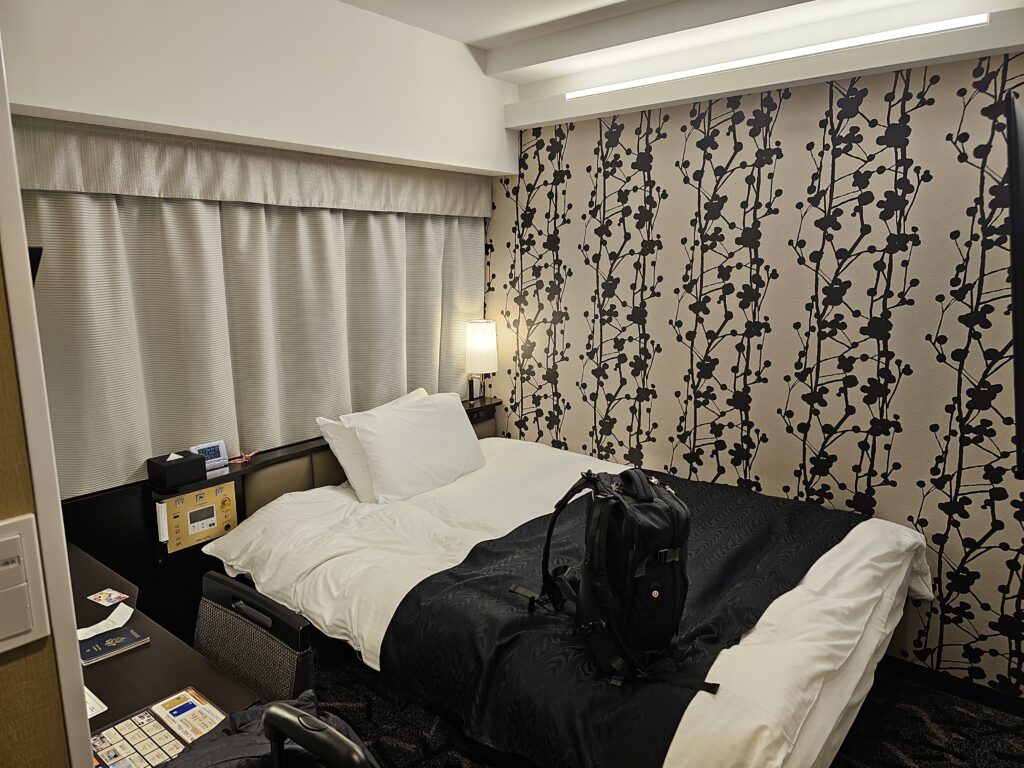
APA Hotel in Taito City in Tokyo 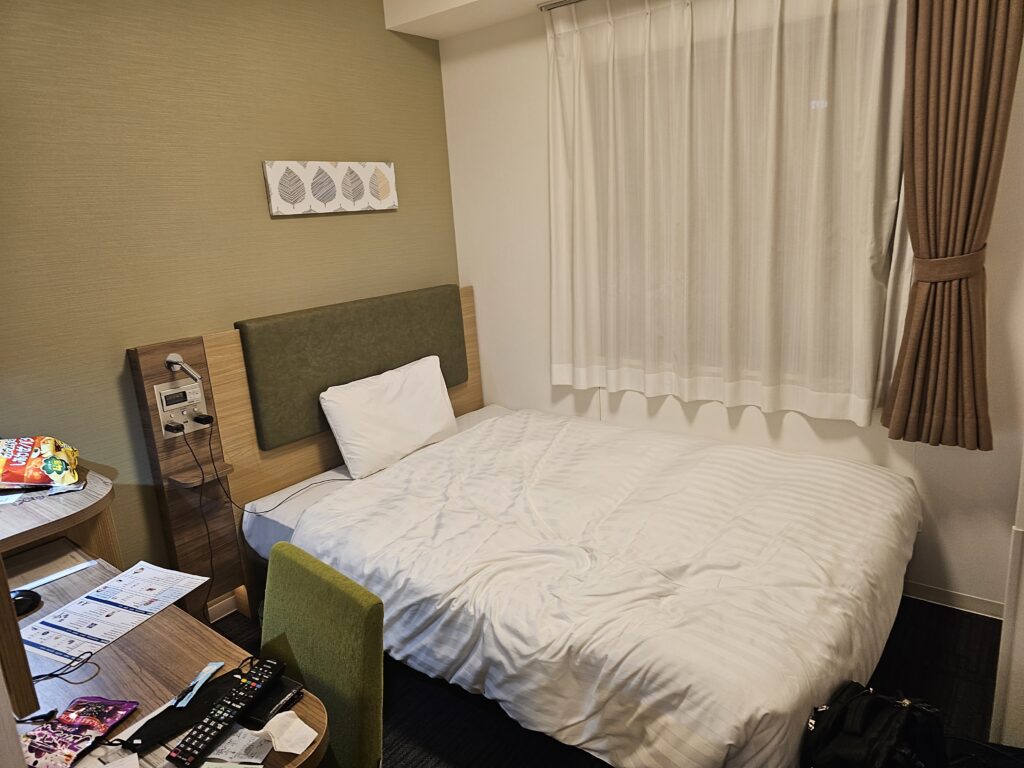
Another typical hotel room, this one in Sapporo The cheapest options will be hostels and the capsules. The 3 star hotels are a nice middle ground option which you can grab for $45-$65 a night.
Food
Outside of accommodations, food is likely to be the highest price point on the trip. I spent about $1017 on food on my three week trip to Japan. The food pricing for Japan is well-rounded. If you want to go cheap you can easily find a meal for under $10. A bowl of ramen is like $8 in a lot of places. I had a bowl of tempura for about $3.50. Grabbing food at one of the local convenient stores like 7-11, Family Mart, and Lawson’s will be very affordable and the food at these places is actually quite good.
Of course it’s very easy to get high quality, delicious food, that will be more expensive. Think exquisite cuts of sushi and mouth-watering wagyu. I pretty much straddled the line when it came to food expenditure, splurging here and there for some more expensive meals but mainly getting meals that were between around $8-15.

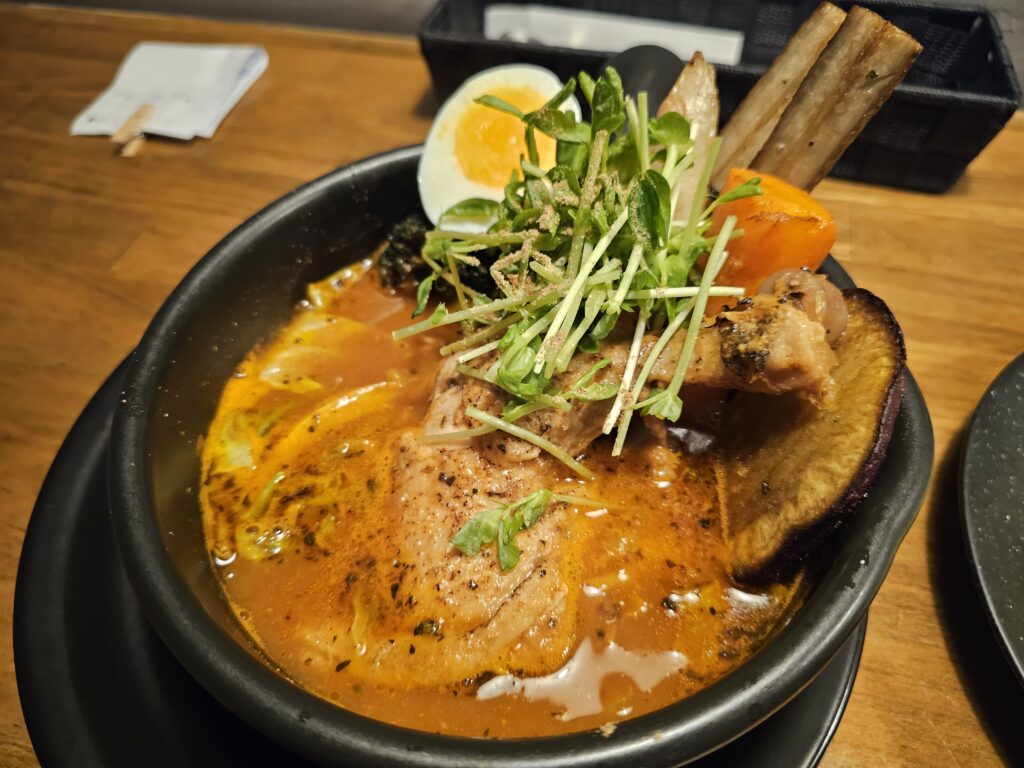
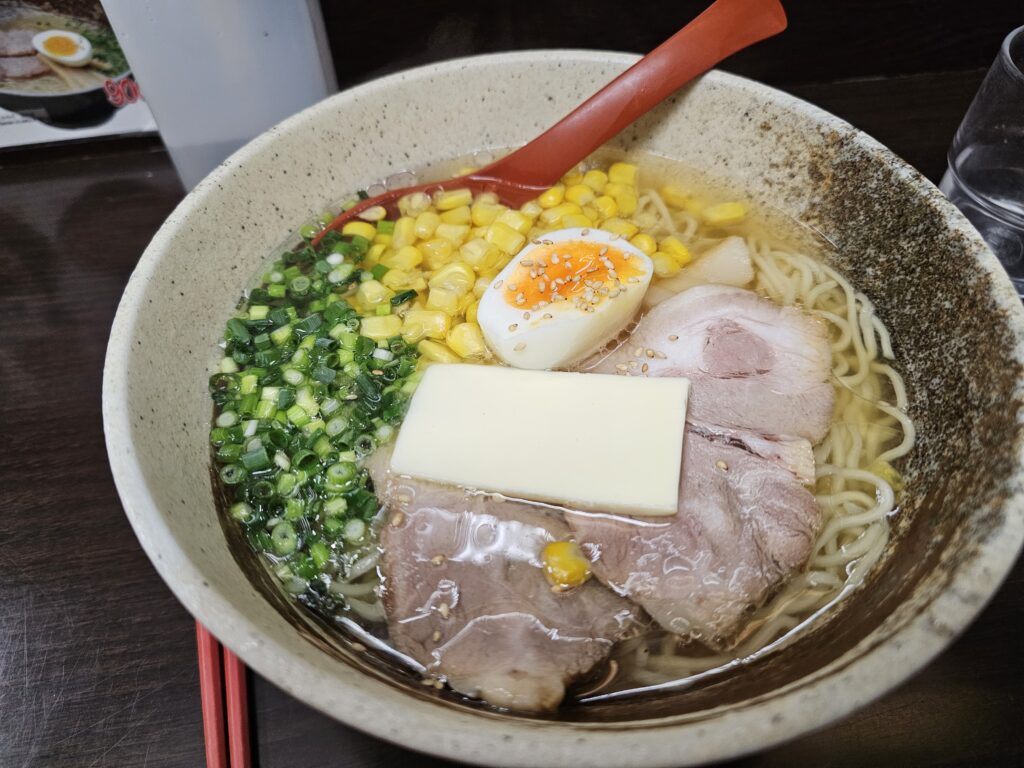

Attractions
There’s a million things to see and do in Japan. A lot of things, like most temples and shrines, parks, are free which is great. Of course other attractions – museums, observatory points, ropeways, Tokyo teamLab Planets – have an entrance fee. Over my three week trip to Japan I spent $184 on attractions. A large chunk of this was due to Tokyo Disneyland ($63). The other notable expenses were Tokyo teamLabs Planets ($25), and the Osaka Aquarium Kaiyukan ($18). All the other attractions (a lot of museums, a couple castles, ropeways, observatory points) I went to were $10 and less, usually about $5. So depending on what you’re interested in, attractions can be very cheap.

Tokyo teamLab Planets 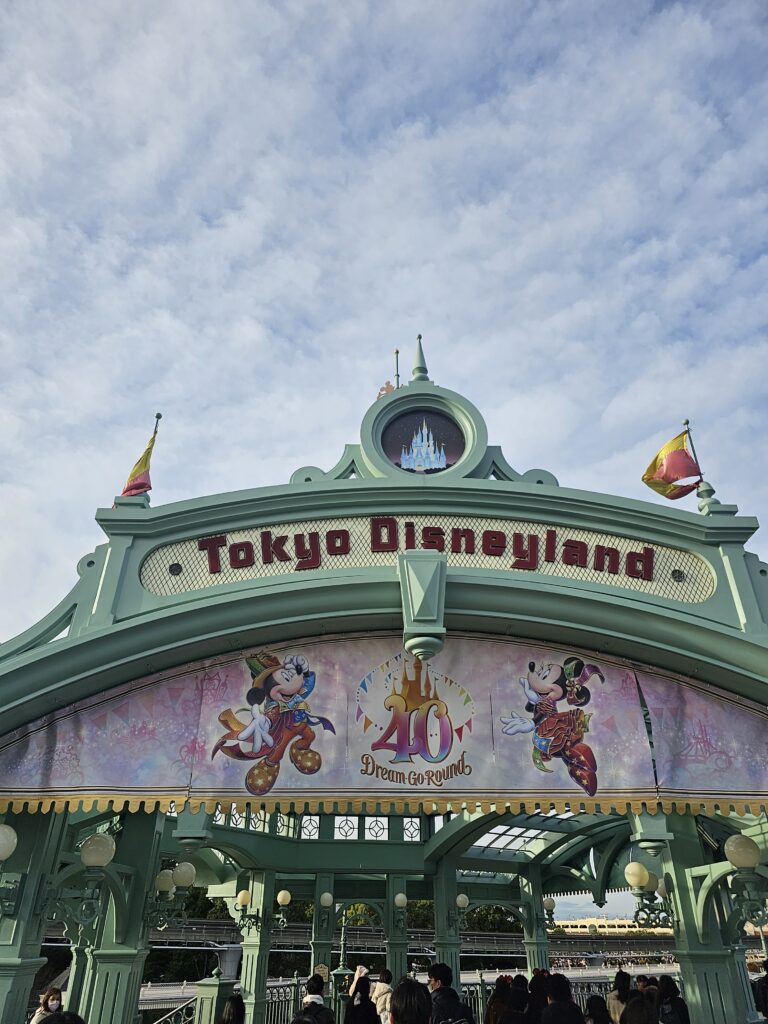
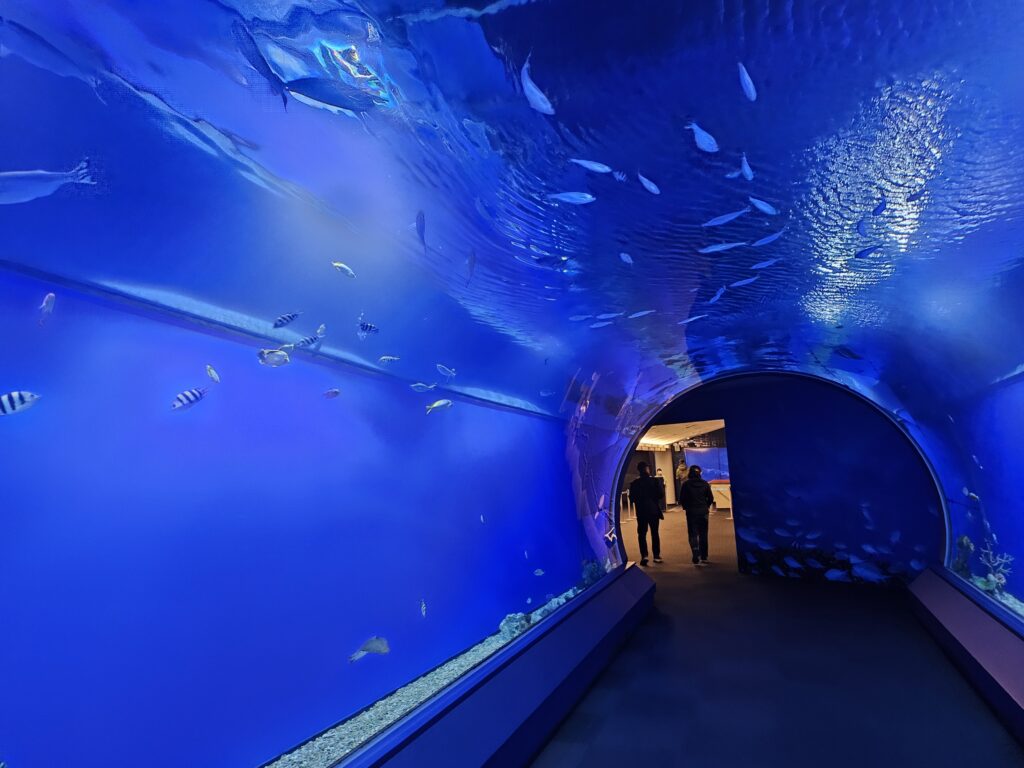
Osaka Aquarium Kaiyukan 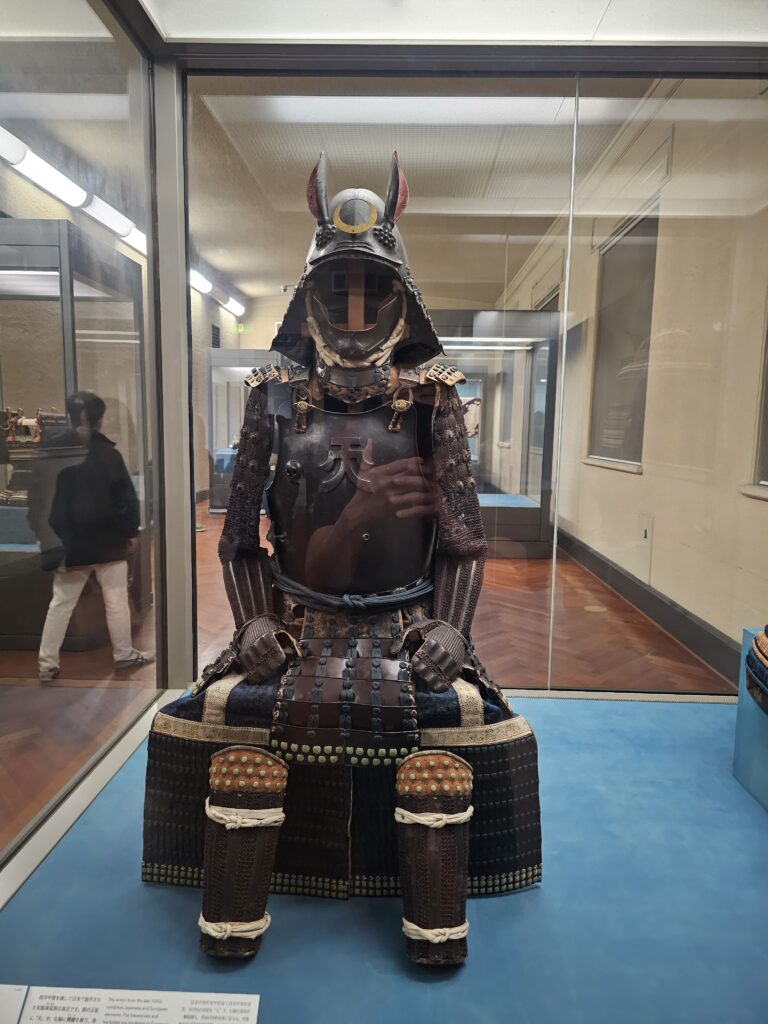
Tokyo National Museum Souvenirs
It’s easy to go overboard with souvenirs, either getting things for yourself or loved ones. I spent a total of $217 on souvenirs in my three week trip to Japan. Pretty much all t-shirts and a couple of hats. Souvenirs will always be at the individual’s discretion. Some people will buy a lot of souvenirs, others won’t buy anything. I bought a little more here than I generally do, I couldn’t help myself at the Hokkaido Nippon-Ham Fighters team store!
Total Expenses For My Three Week Trip To Japan
In total I spent $3224 over a three week span, excluding the flight. With the flight the total was $3930. If I add up the accommodations, food, and attractions, I averaged about $113 per day. Not too bad. There’s definitely areas where I could have cut costs like accommodations and food, to get to $100 per day if I was really tracking my expenditures.
So yes, traveling through Japan on a $100 per day is VERY doable if that’s the goal. Depending on your accommodations, let’s say you paid around $55 on average for hotels and had $45 to play around with the rest of the day, it would be fairly easy to do.
There’s a ton of cheap good food that you can find throughout Japan and plenty of attractions that are free or around $5. I mean just walking around Tokyo in itself is memorable since there city is so vibrant. If $100 or less per day is the goal, you can definitely do that in Japan and still have a very enjoyable experience!
-
Is the Japan Rail (JR) Pass Worth It After the October 2023 Price Increase?
Why Did The JR Pass Increase In Price?
The Japan Pass (JR) has long been a staple for visitors to Japan. It allows the use of of all Japan Rail trains, metros, and buses throughout the entire country, including the Shinkansen bullet trains.
Due to the decline in value of the yen against other currencies, rising costs of energy, maintenance, and repairs prompted a massive increase of the JR Rail Pass in October 2023. How massive? The increases range between a whopping 65% – 77%.
The Before And After Price Breakdown
Here’s the breakdown for the regular JR Pass. There’s also a Green JR Pass which includes first class seating which is more expensive (all prices are for adults. Children passes are half of the amounts for the new pricing):
7-Day Pass:
Old Price – 29,650 yen / $207.25 USD
NEW Price – 50,000 yen / $349.49 USD – 69% Increase
14-Day Pass –
Old Price – 47,250 yen / $330.27 USD
NEW Price – 80,000 yen / $559.18 – 69% Increase
21-Day Pass
Old Price – 60,450 yen / $422.53
NEW Price – 100,000 yen / $698.98 – 65% Increase
As you can see, the price increases are quite significant. Deciding on how you want to travel throughout Japan just became much more important!
The JR Pass Calculator
This is a valuable tool to use to ultimately help you decide if a pass is worth it or not. As an example trip itinerary I plugged in my recently completed 3-week trip. I bought the 2-week pass since the bulk of the JR Pass was used after my first week.
Tokyo –> Hakodate 20,000 yen / $139.80 USD Hakodate –> Sapporo 14, 500 yen / $101.35 Sapporo –>Otaru 1,000 yen / $6.99 Otaru –> Sapporo 1,000 yen / $6.99 Osaka –> Nara 500 yen / $3.49 Nara –> Osaka 500 yen / $3.49 Osaka –> Himeji 3,500 yen / $24.46 Himeji –> Osaka 3,500 yen / $24.46 Osaka –> Kobe 500 yen / $3.49 Kobe –> Osaka 500 yen / $3.49 Osaka –> Tokyo 14,000 yen / $97.86 Additional JR trains and JR Metro Lines 1,500 yen Total 61,000 yen / $426.38 Sapporo –> Hakodate 14,500 yen / $101.35 USD Hakodate –> Tokyo 20,000 yen / $139.80 Osaka –> Tokyo 14,000 yen / $97.86 Hypothetical Total 109,500 yen / $769.15 I’d add in an additional 1,500 extra yen to the total as well since I took a couple trains and used the JR metro lines while in Osaka too. Based off this, the old 14-day pass (47,250 yen) was worth it.
It defintely would not be worth it based off the new pricing for a 14-day pass (80,000 yen).
I was curious to see if the pass would pay off if I took trains all the way from Sapporo to Osaka. I flew on my actual trip.
Based off this hypothetical trip utilizing nothing but trains, the 14-day pass would certainly be worth it. But would I actually do that? No way.
The flight I took cost less than $100 and took 2.5 hrs. Sure, you get to the airport a couple of hours beforehand so we’ll say the total time is about 4.5 hours between the airport and in the air. I estimate the total time on the train to be at least 11 hours and that’s not counting how long I’d have to wait in between trains. That’s a very long travel day and I’d essentially lose that day in Osaka.
Is It Worth It?
In my opinion, it’s not going to be worth it. Using the same calculator I did another hypothetical trip consisting of Tokyo, Kyoto, Osaka, and Hiroshima. This is generally the route people take on their first trip to Japan. The total amount for those bullet trains comes out to 41,500 yen, which wouldn’t even make the 7-day pass worth it.
The bullet trains are fast, convenient, comfortable, and a very cool experience, but flying is still going to be faster and cheaper. You can always mix in some bullet trains to get the experience and will most likely use some local rapid express / limited express trains as well (these aren’t too expensive) but it seems like the days when the JR Pass were a good deal are now over, sadly enough.
